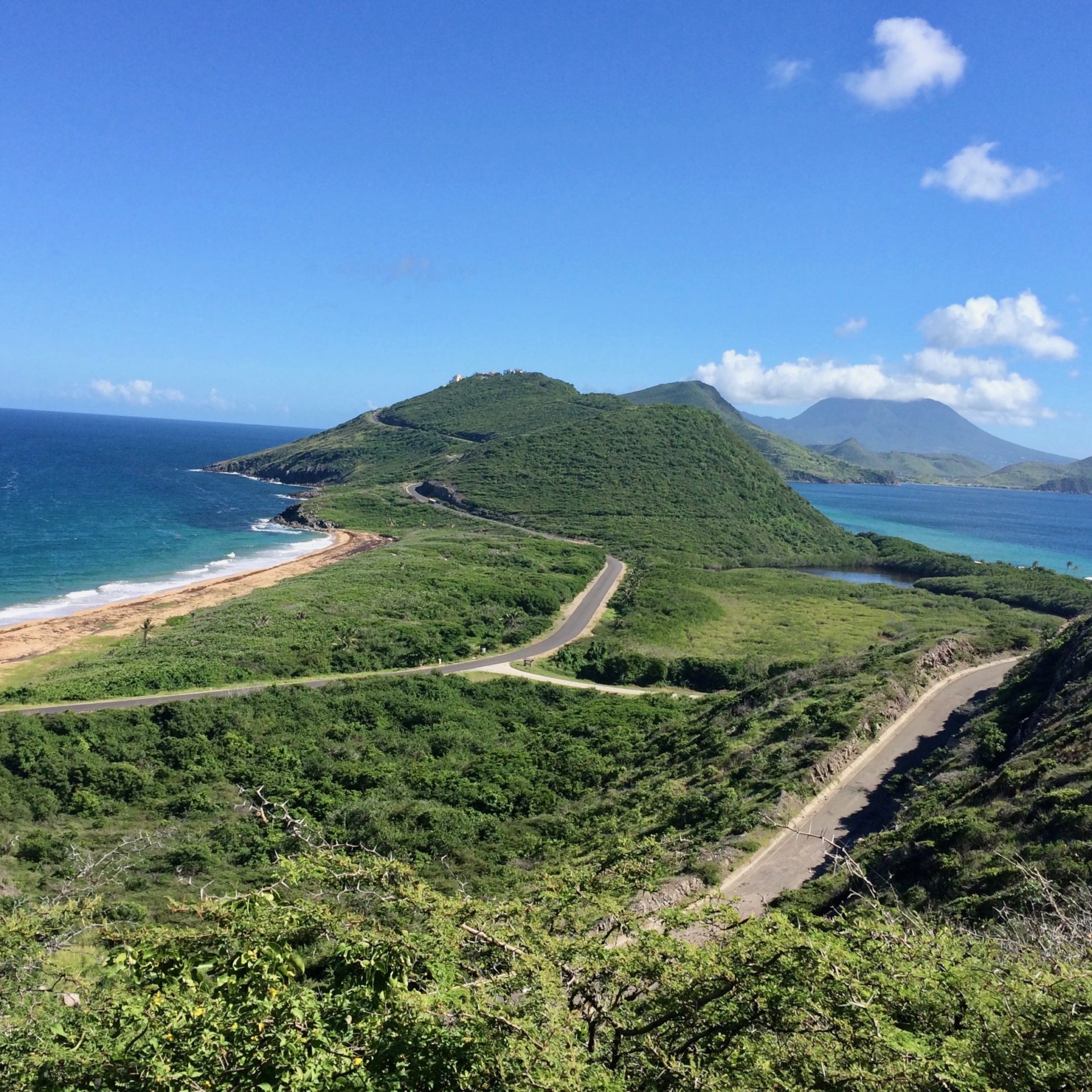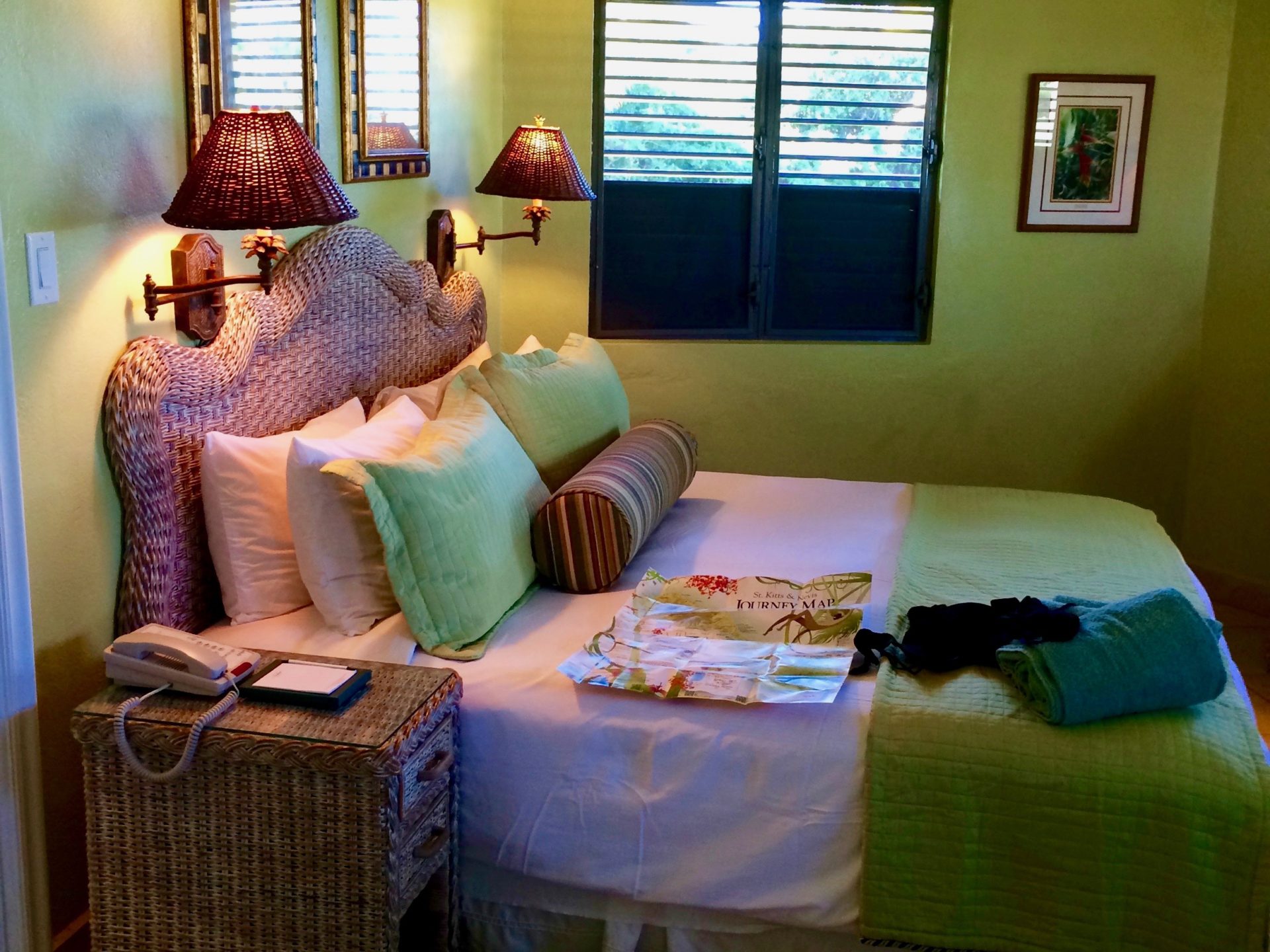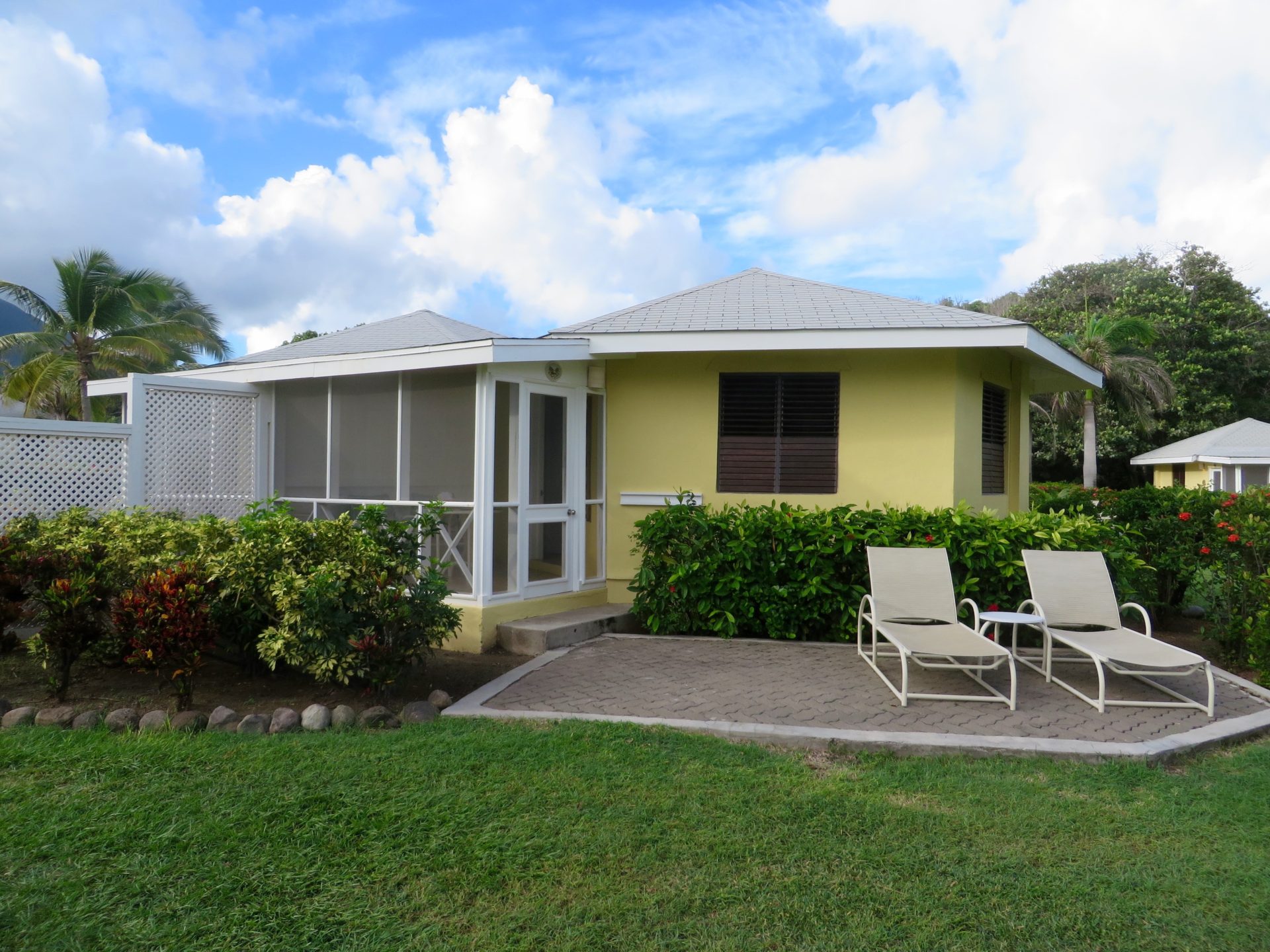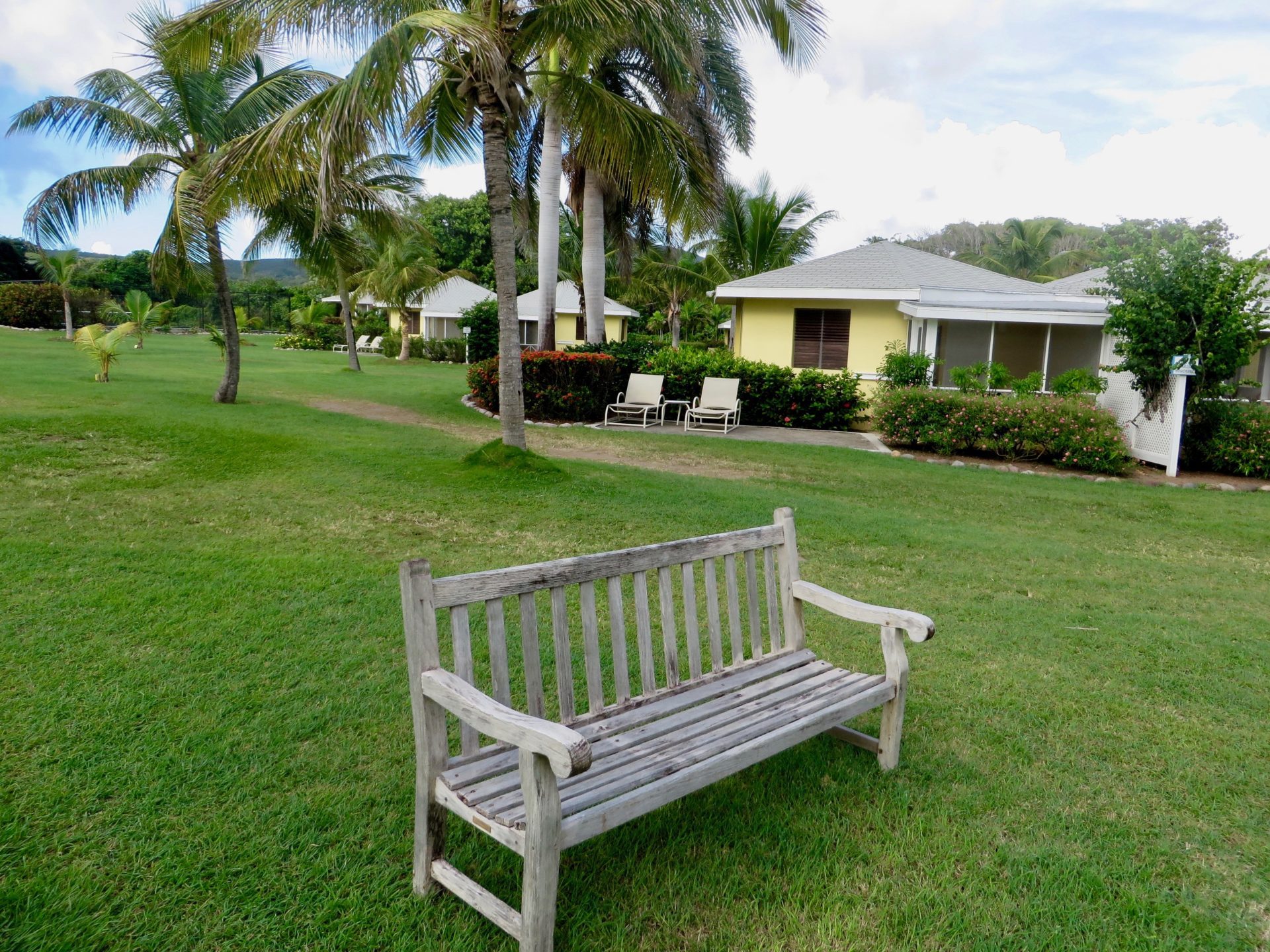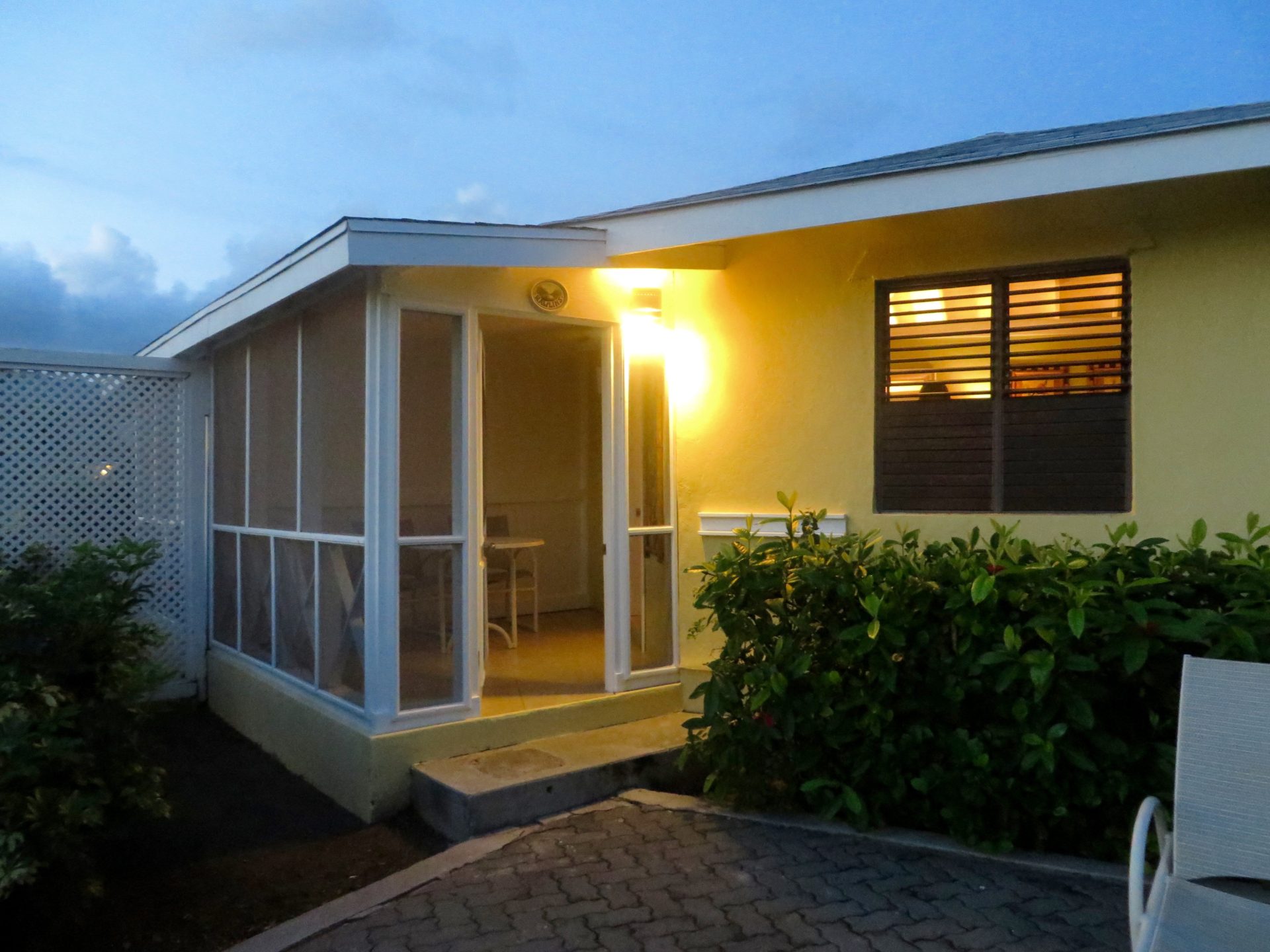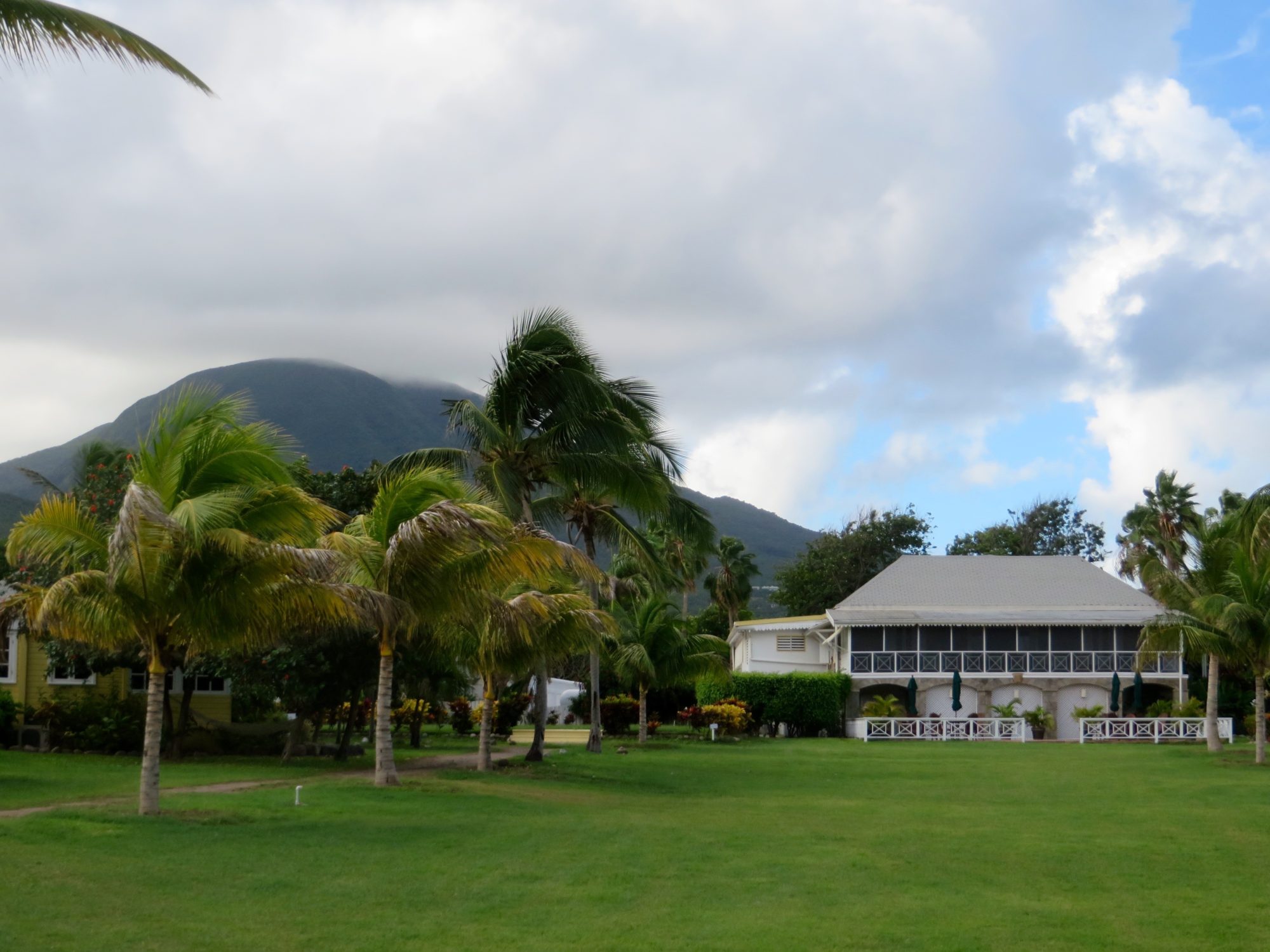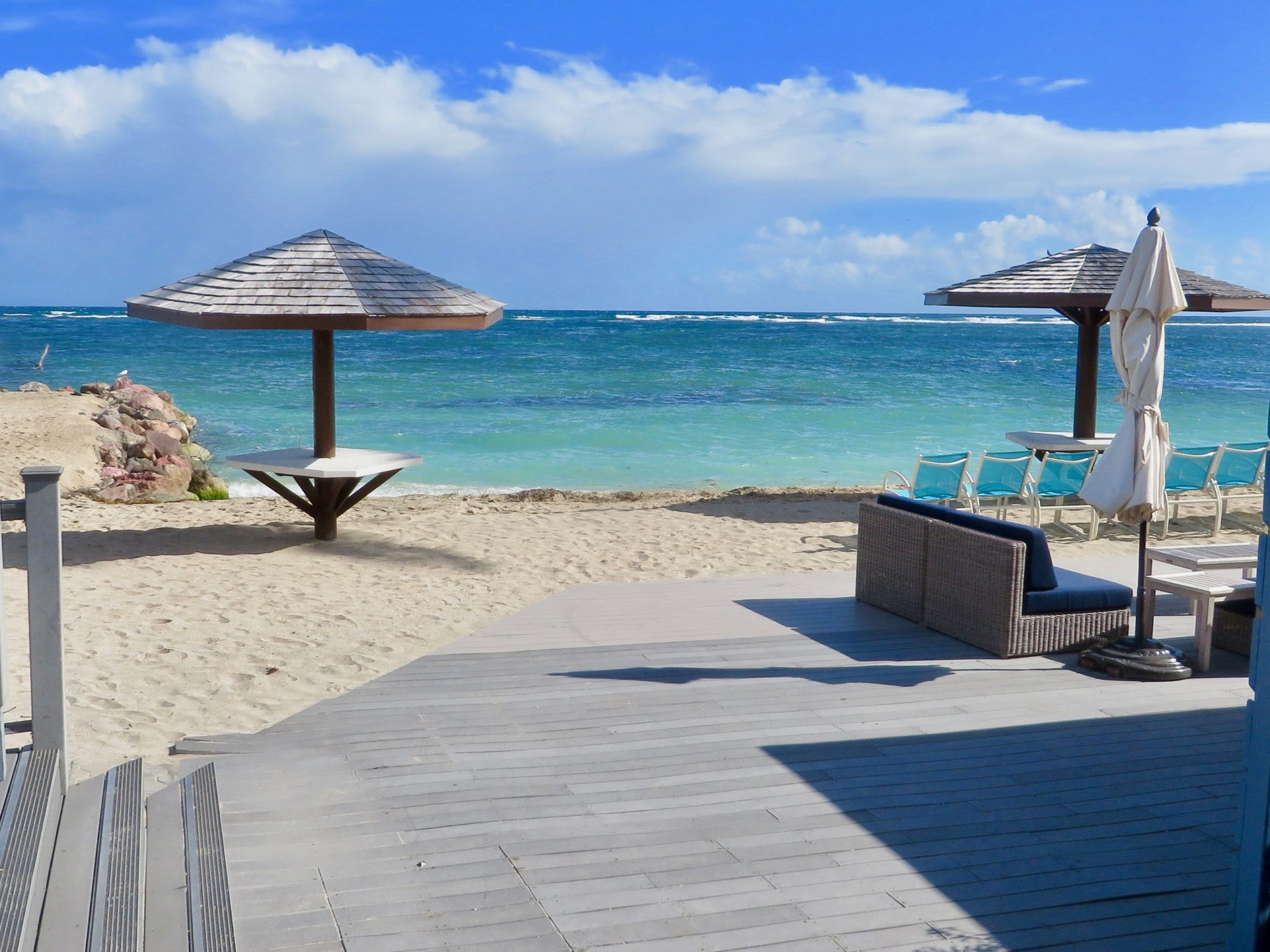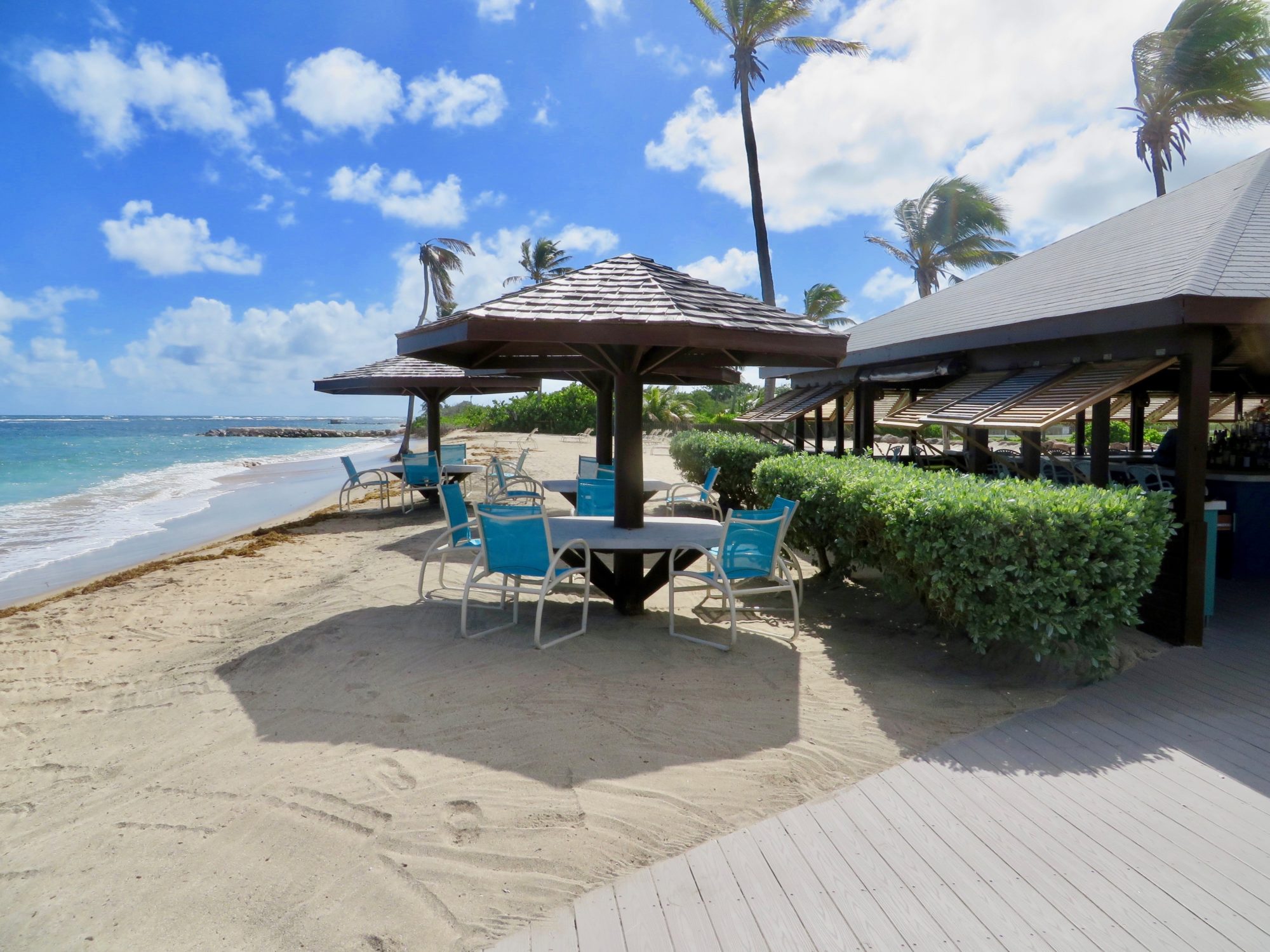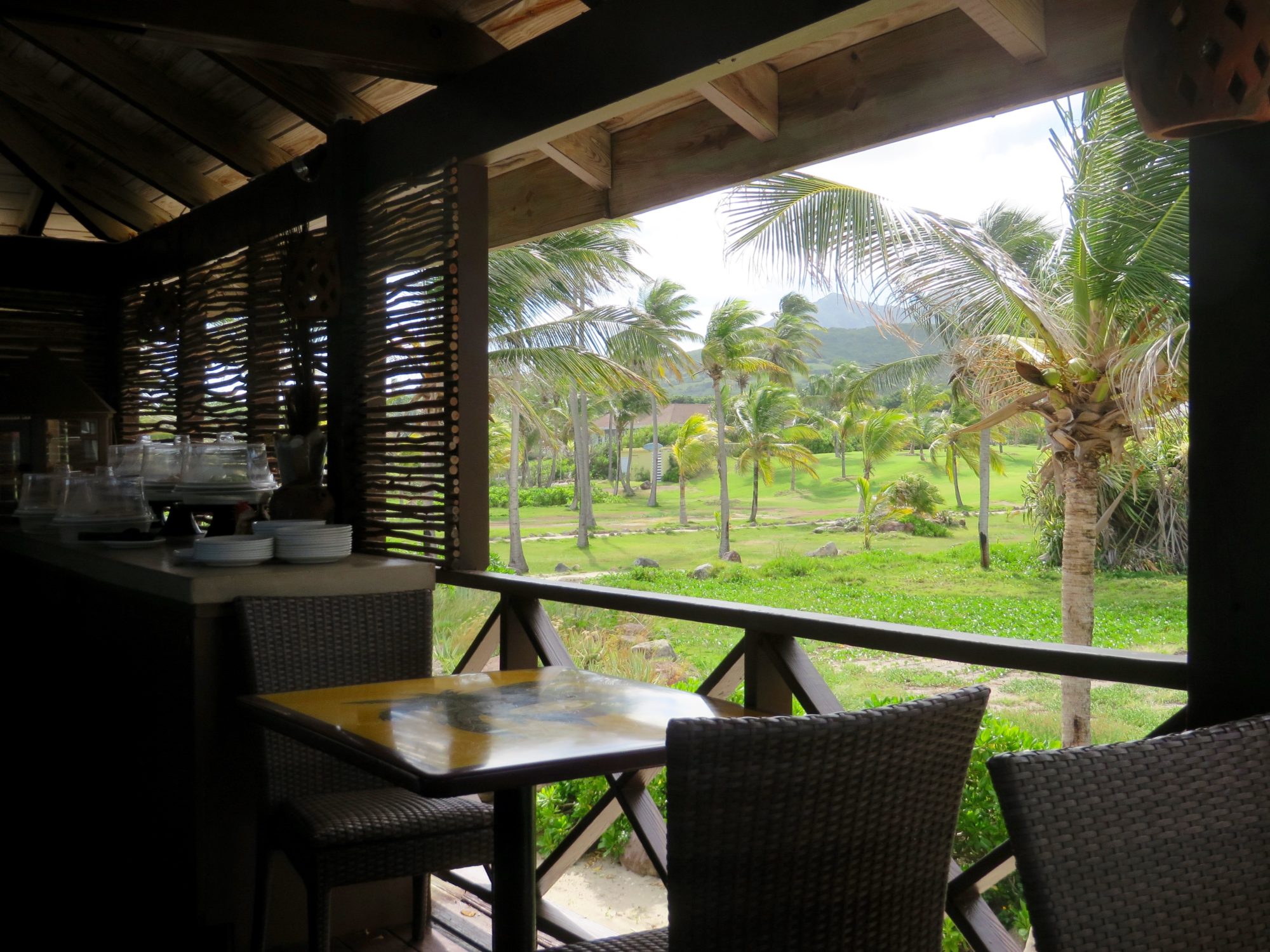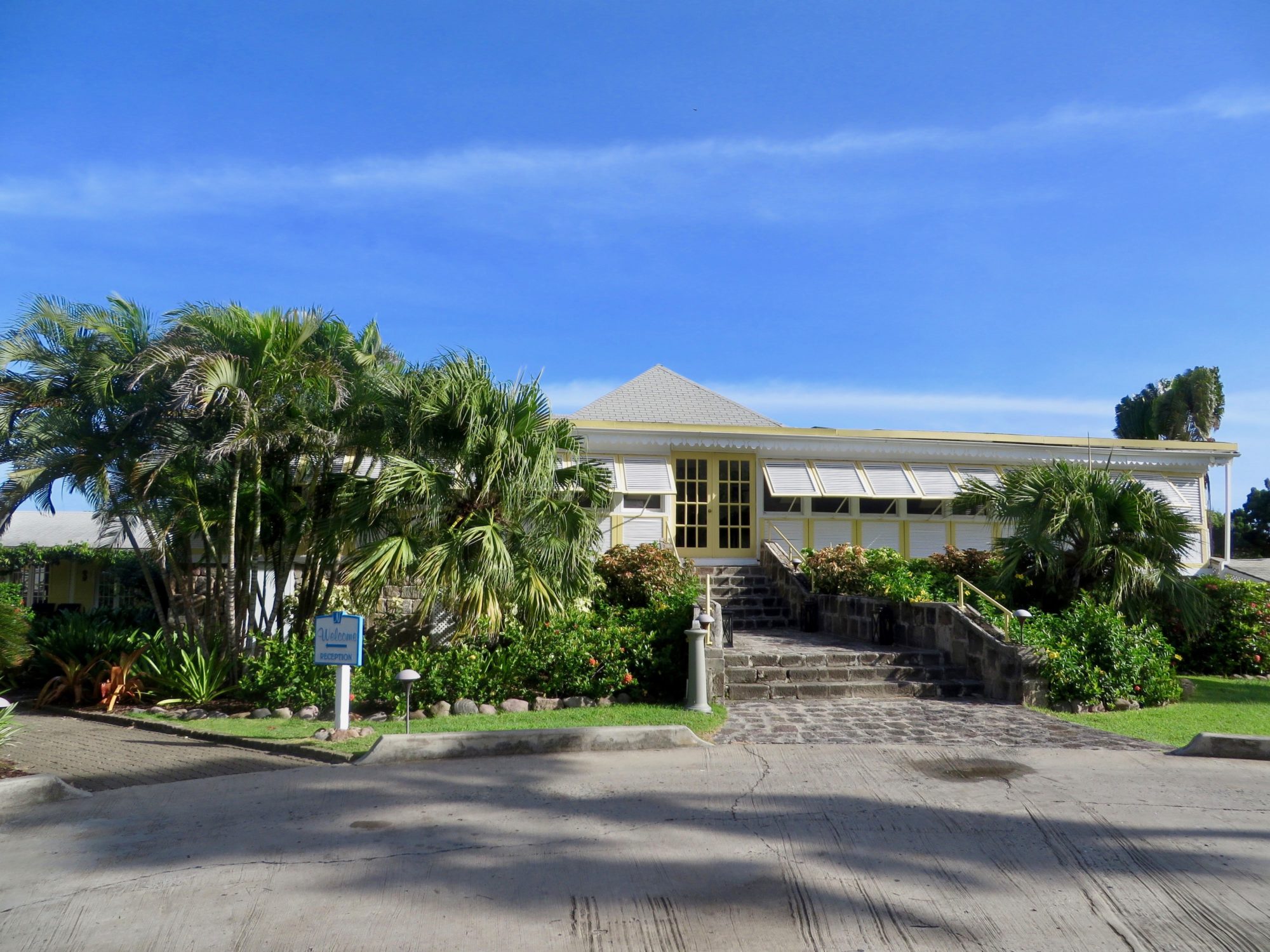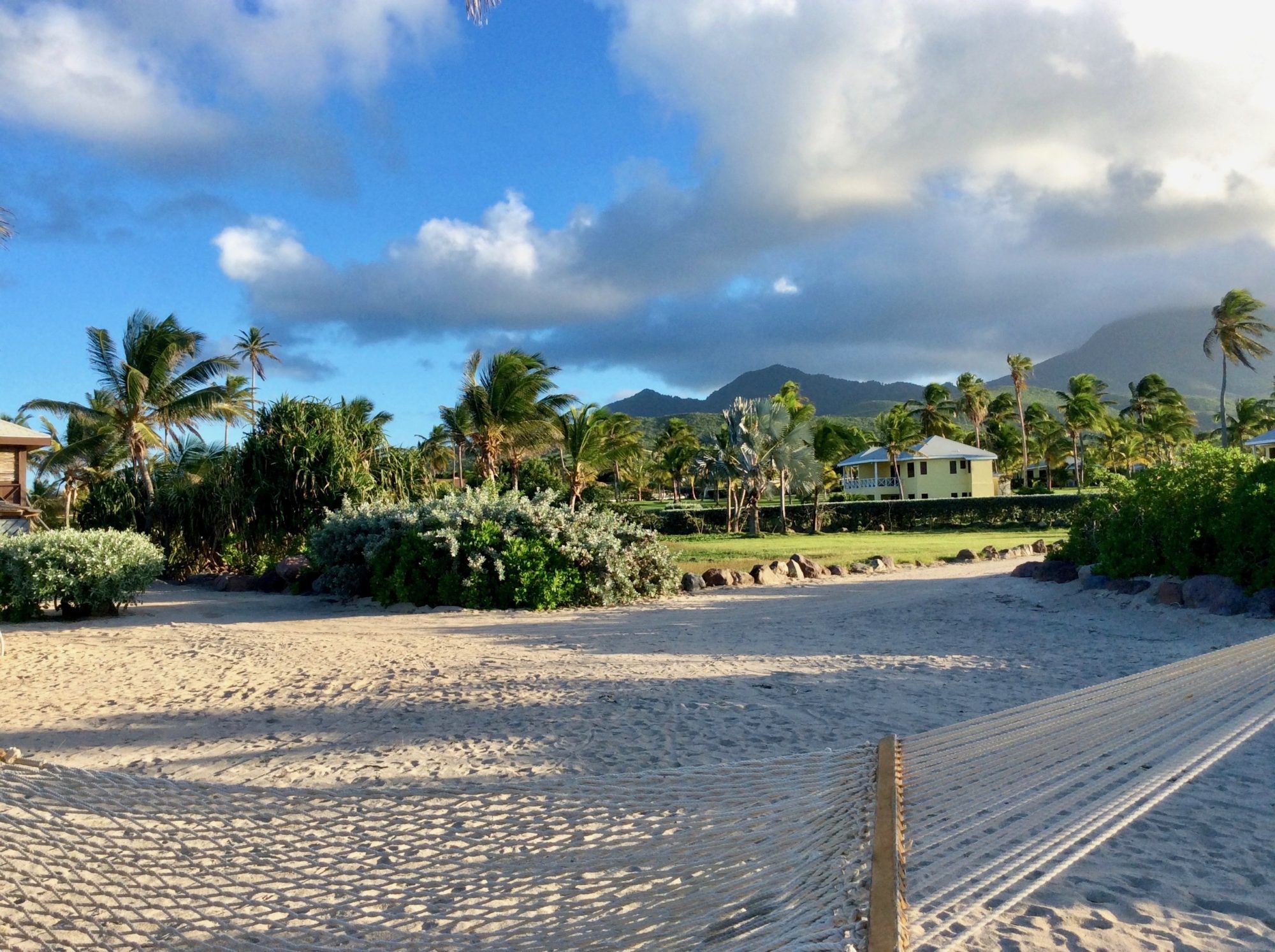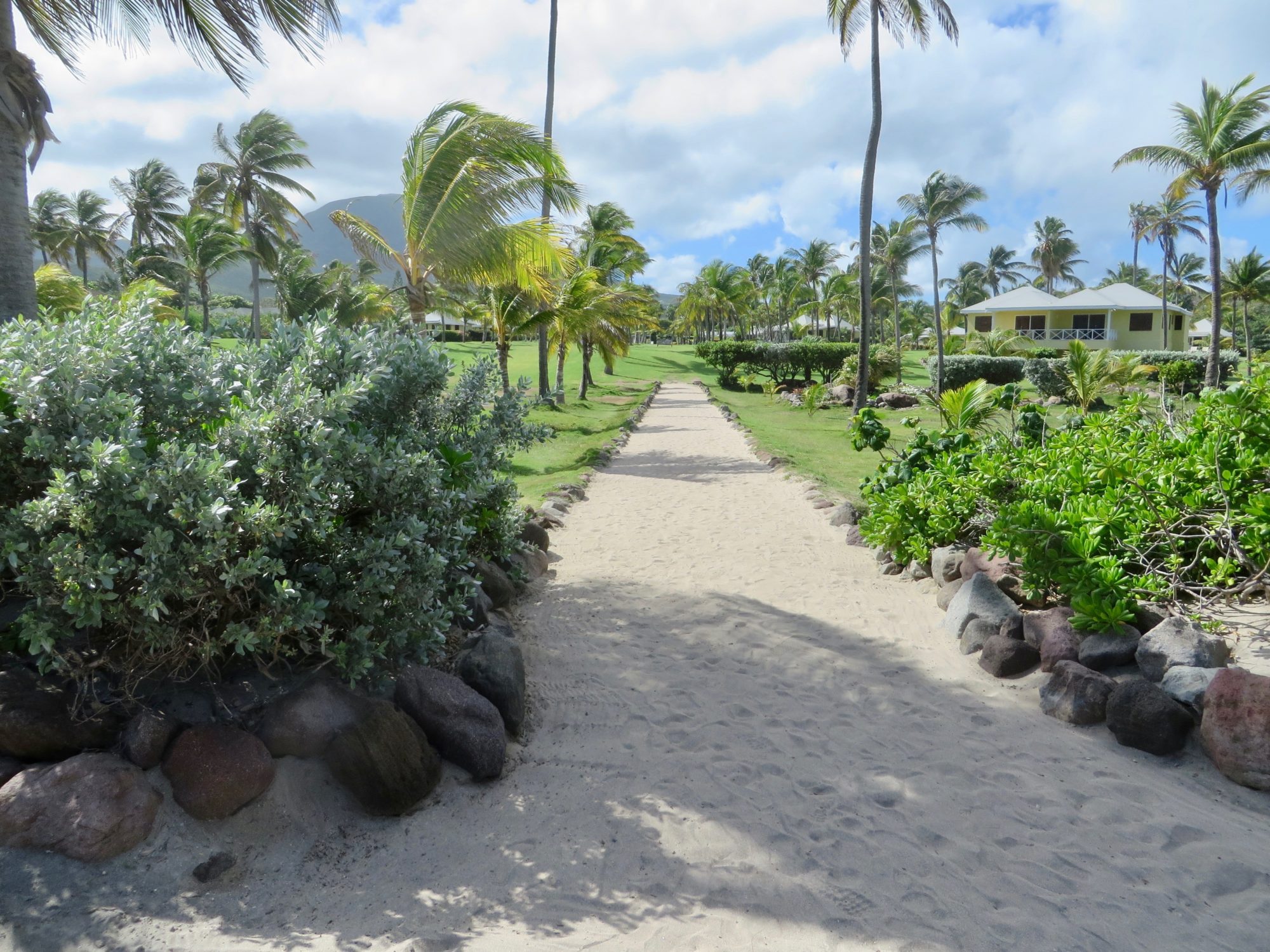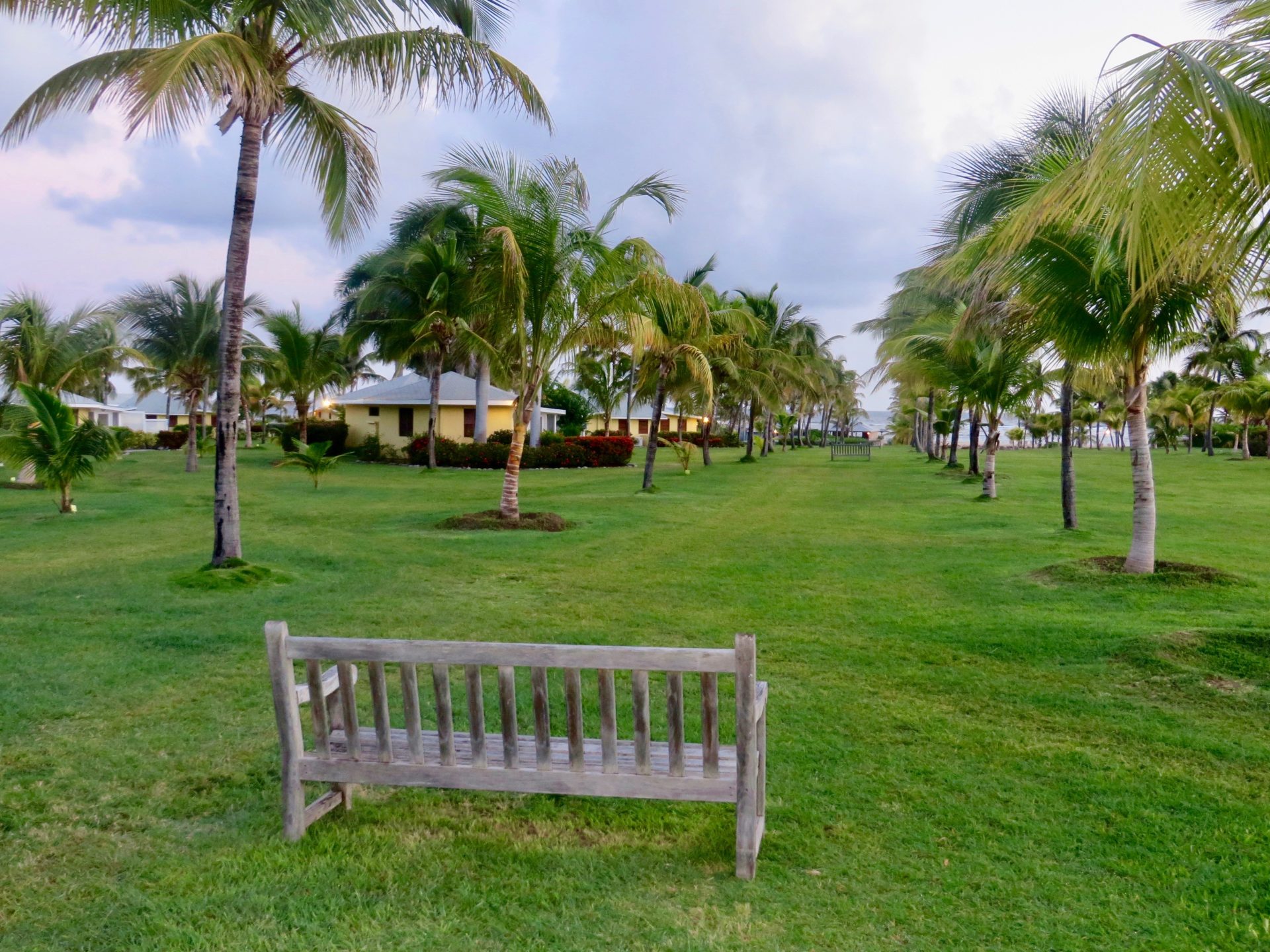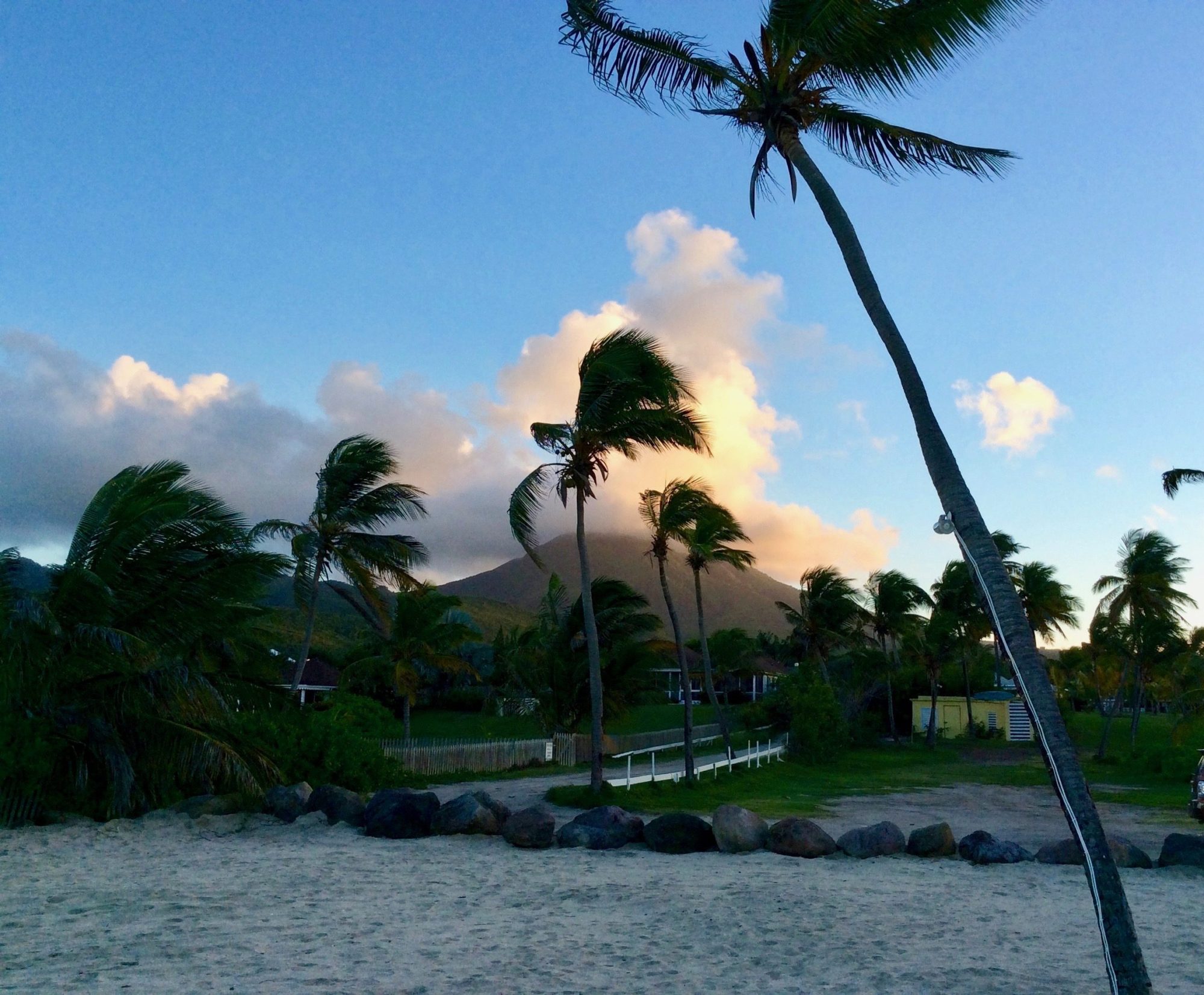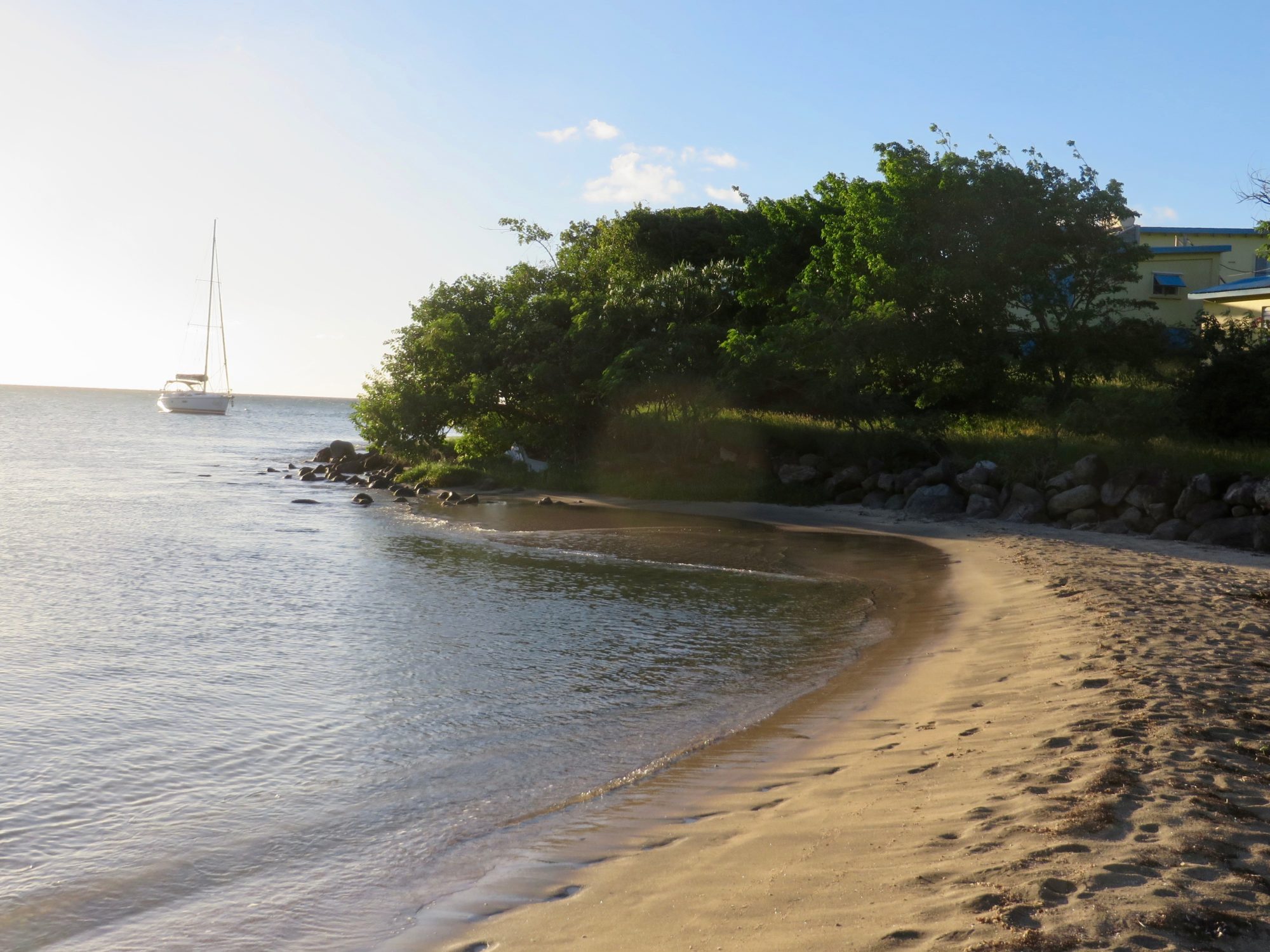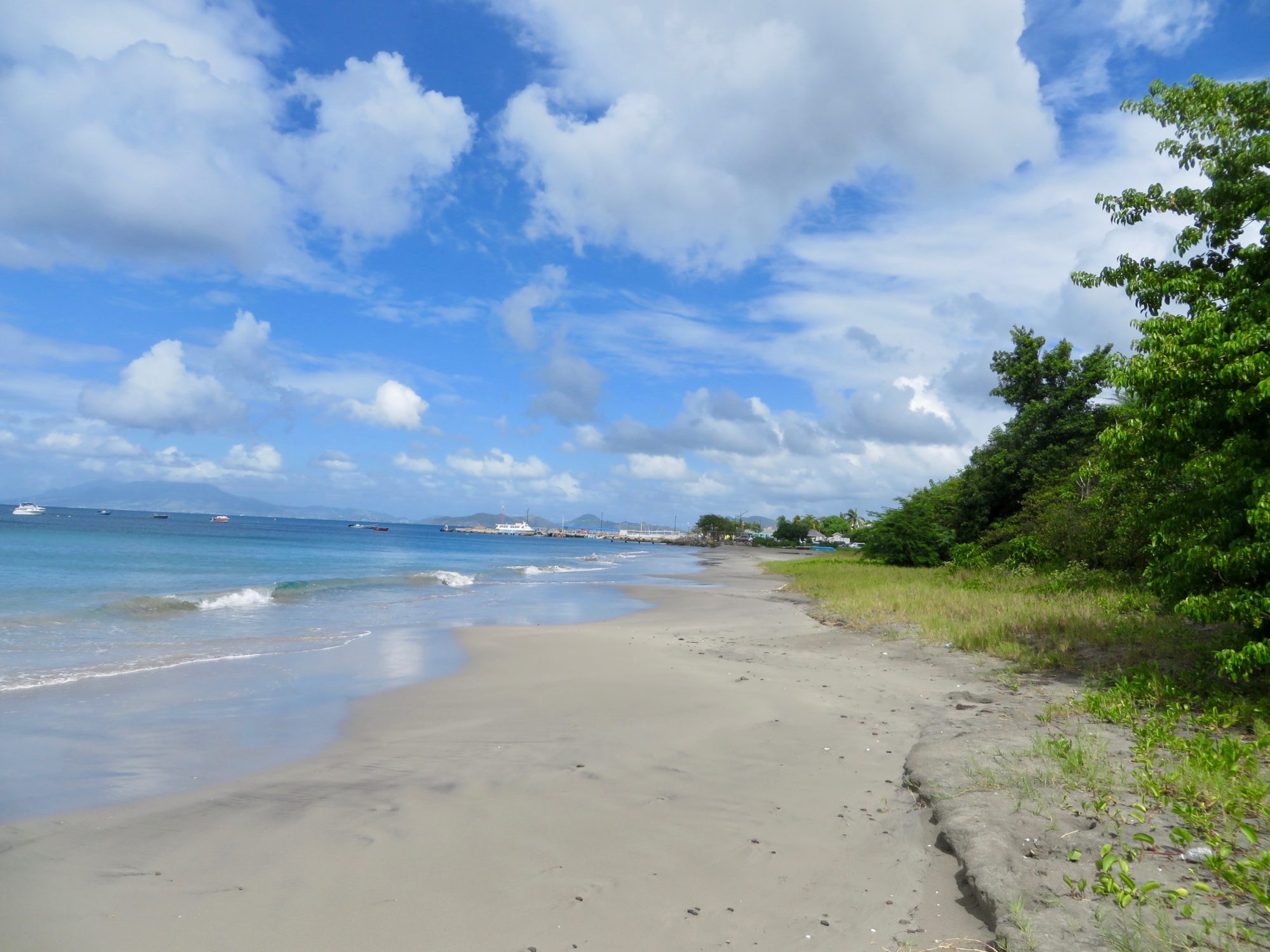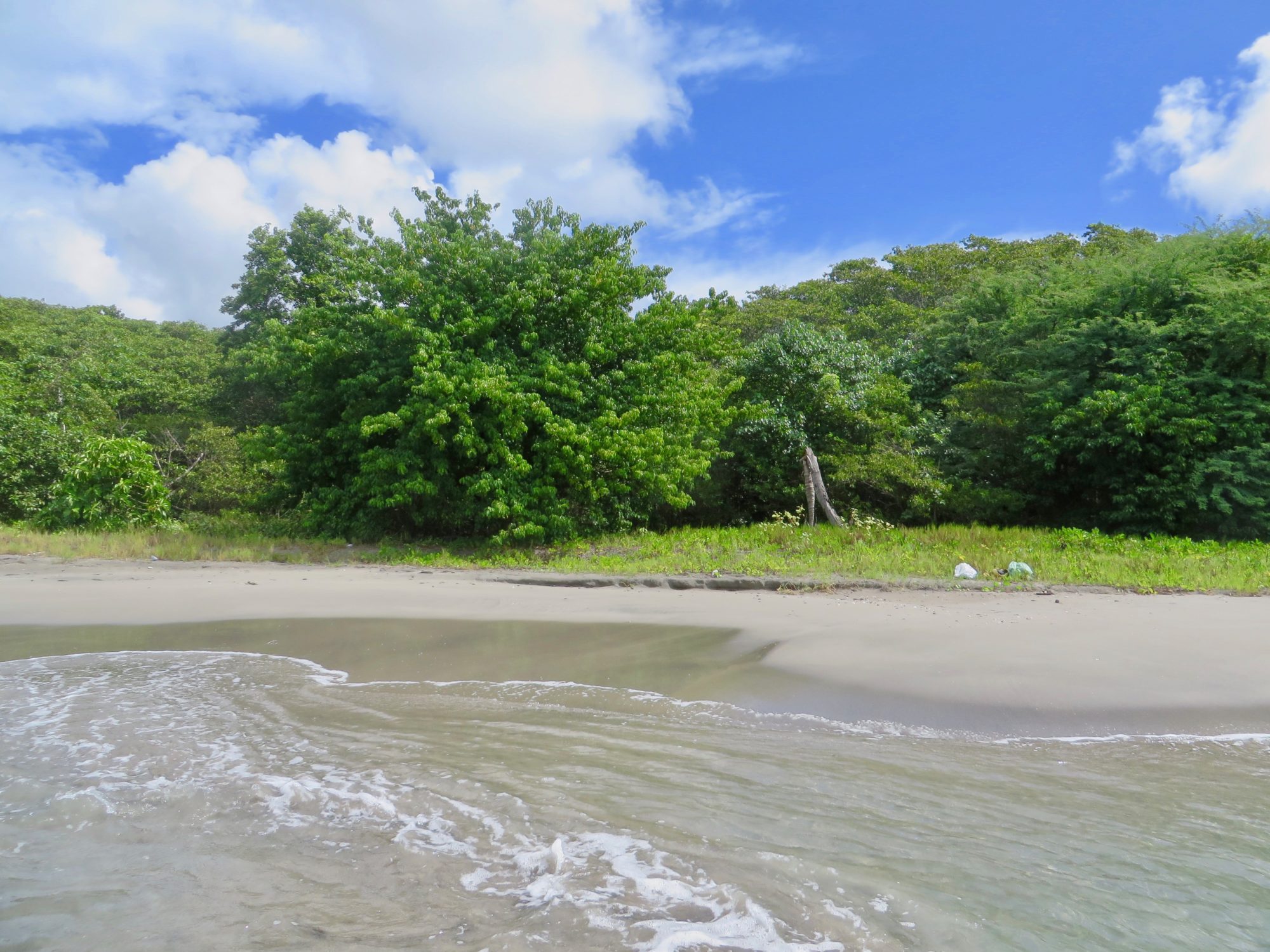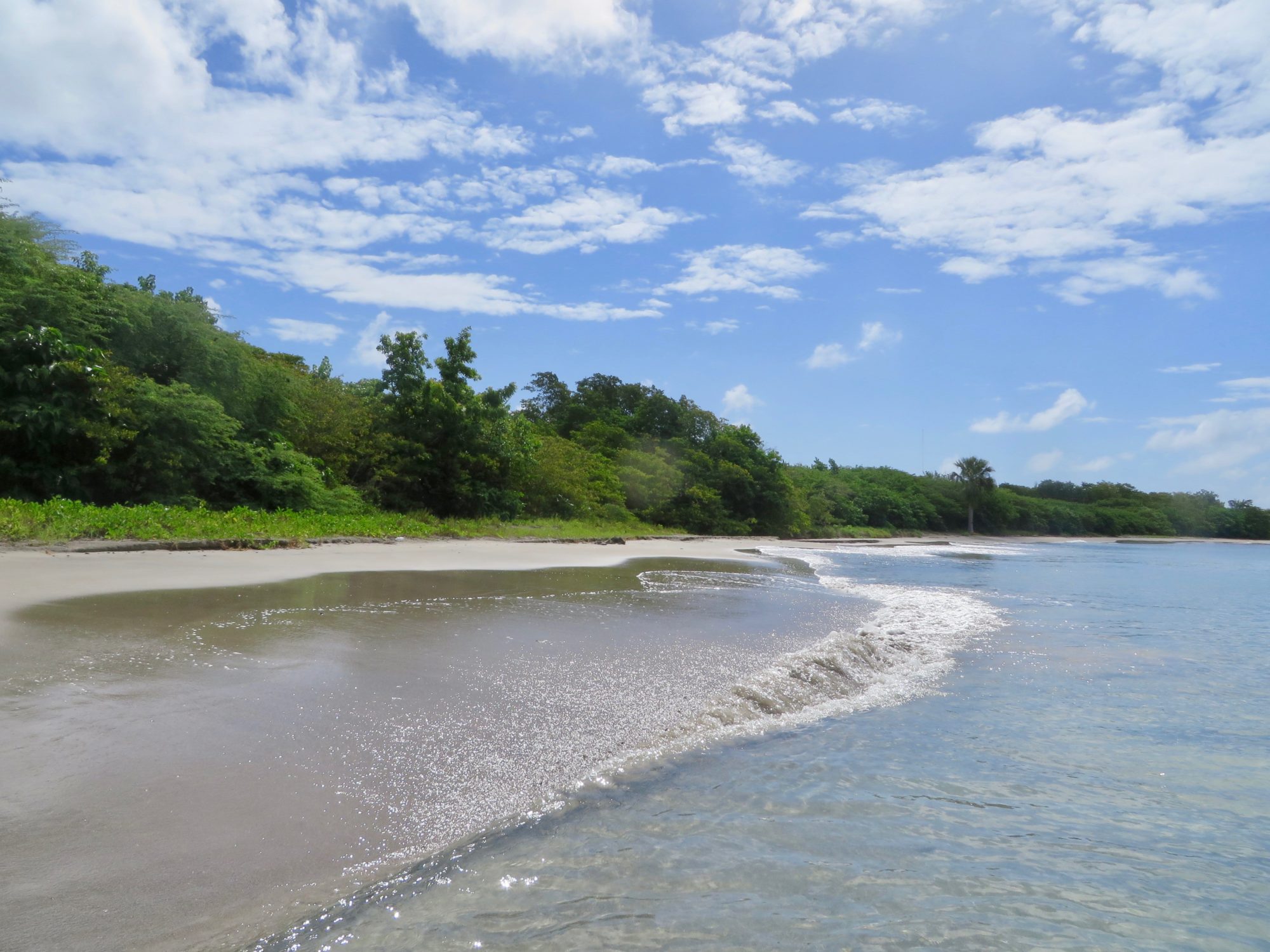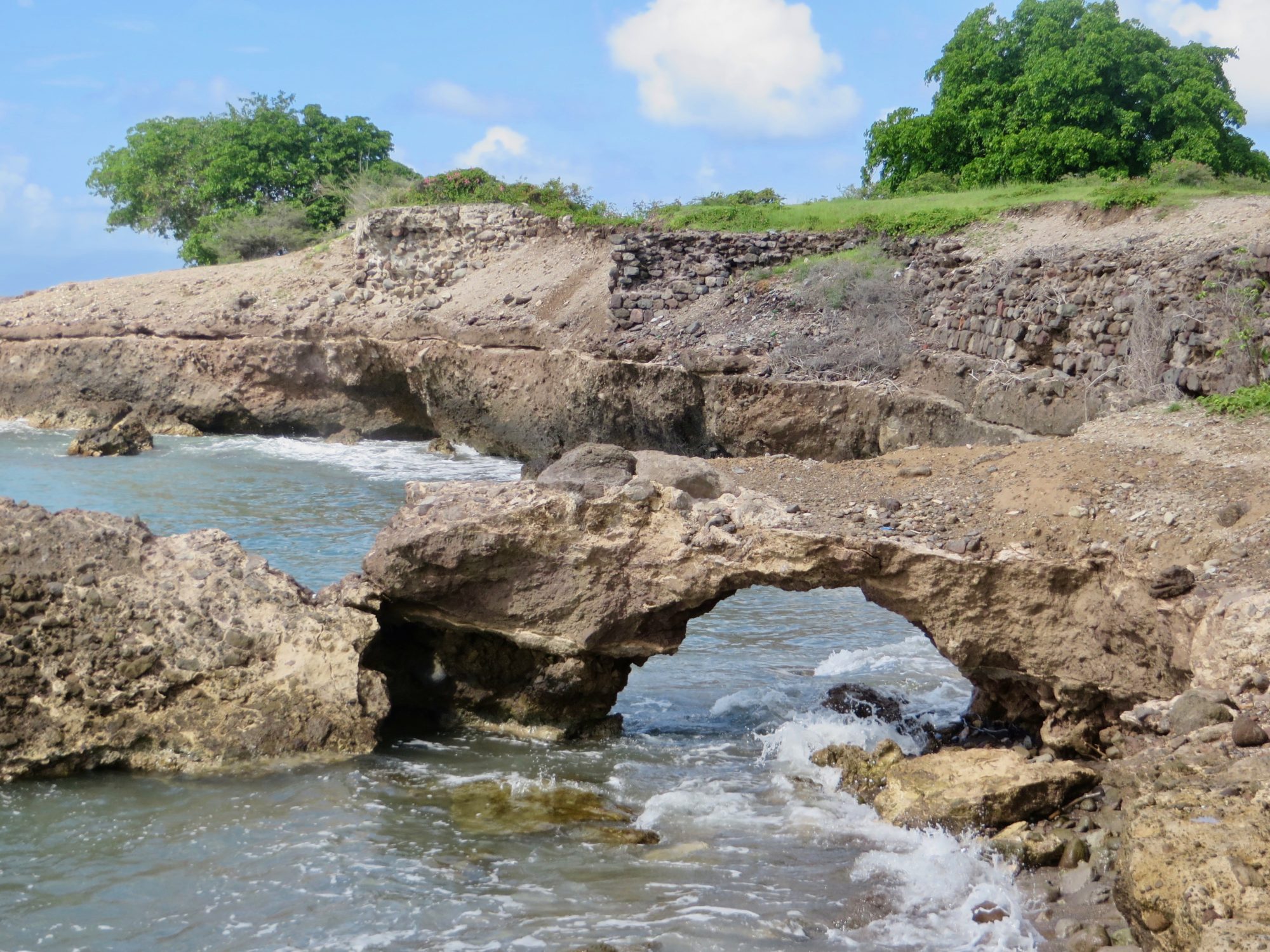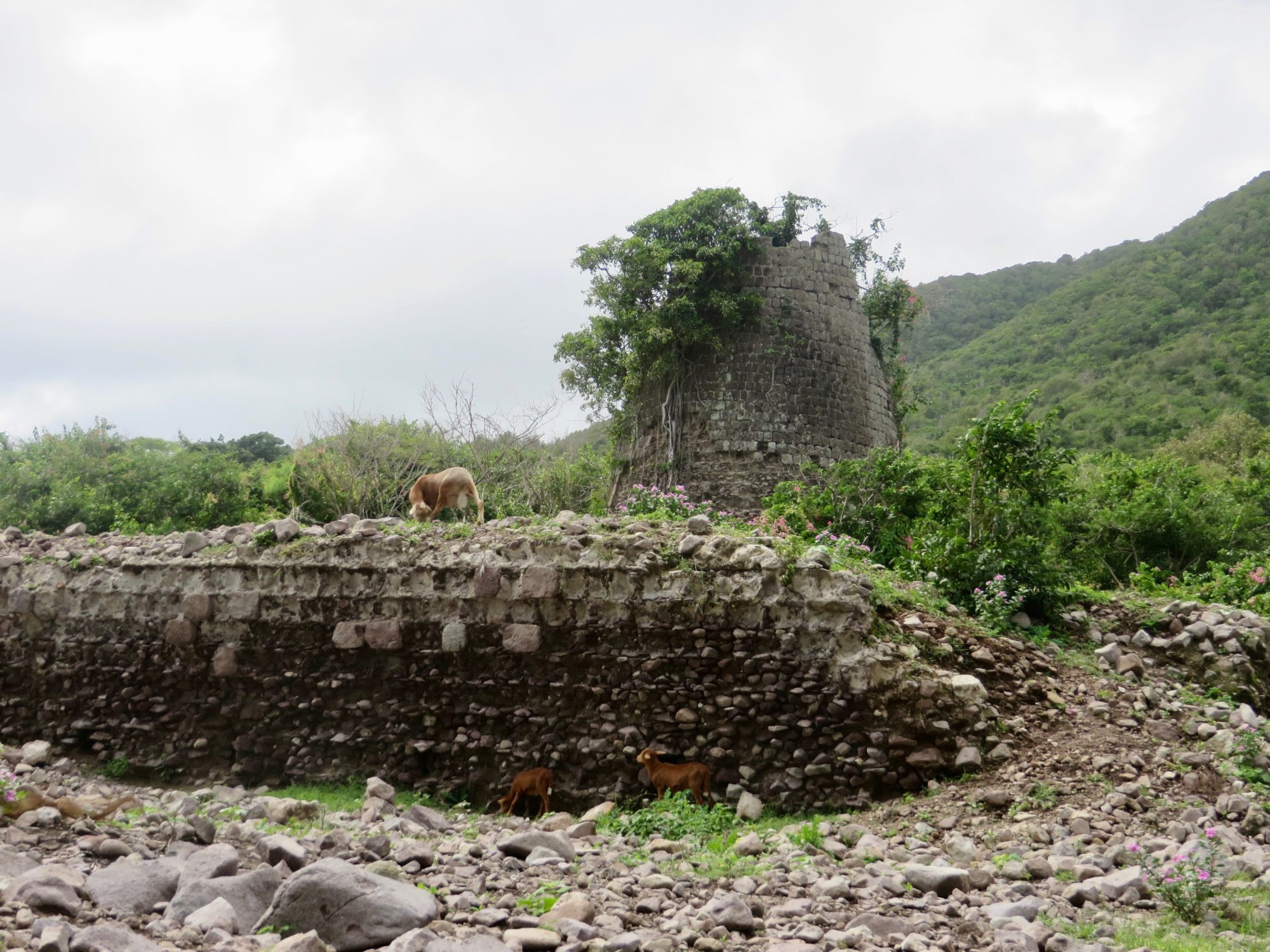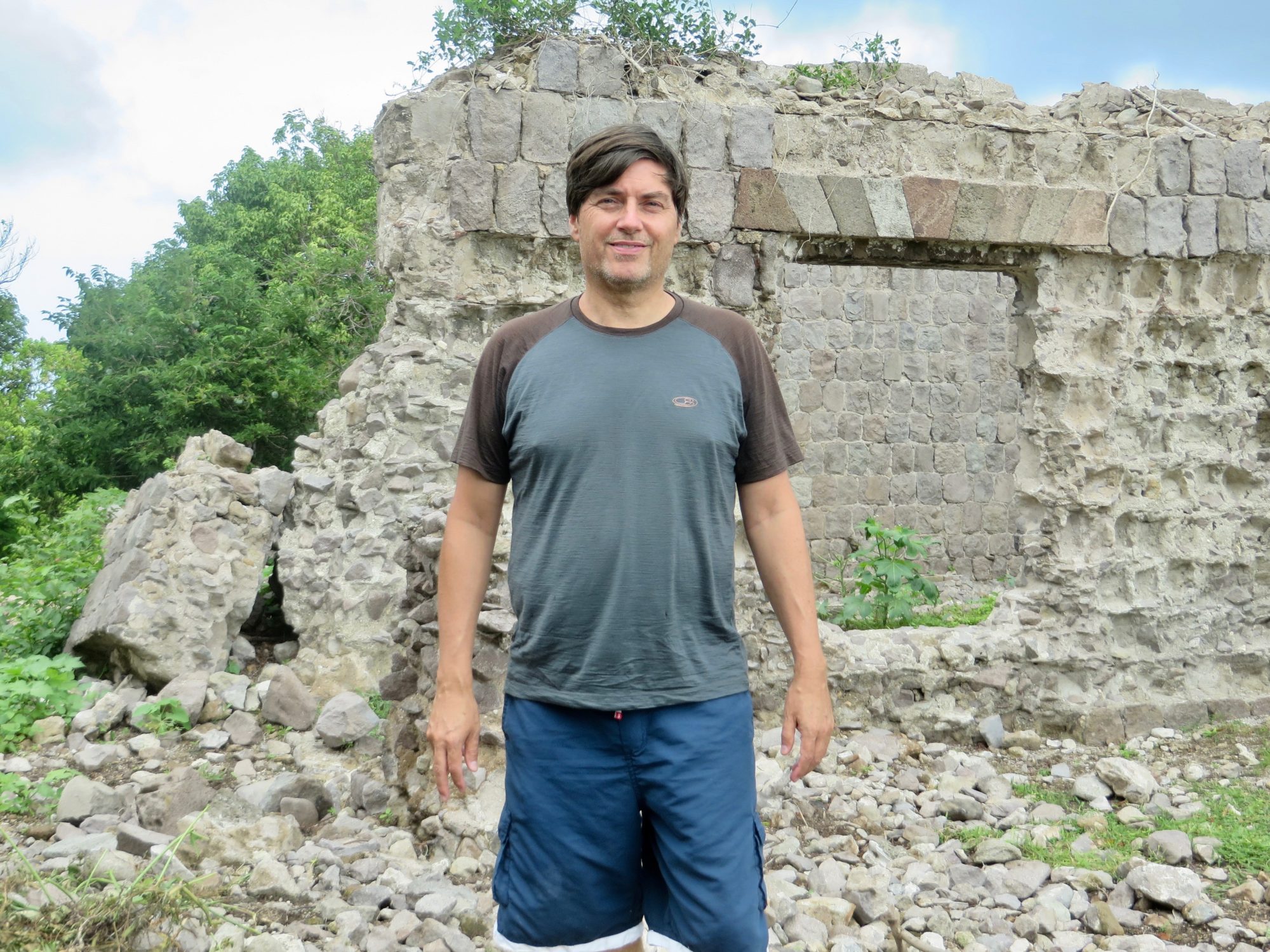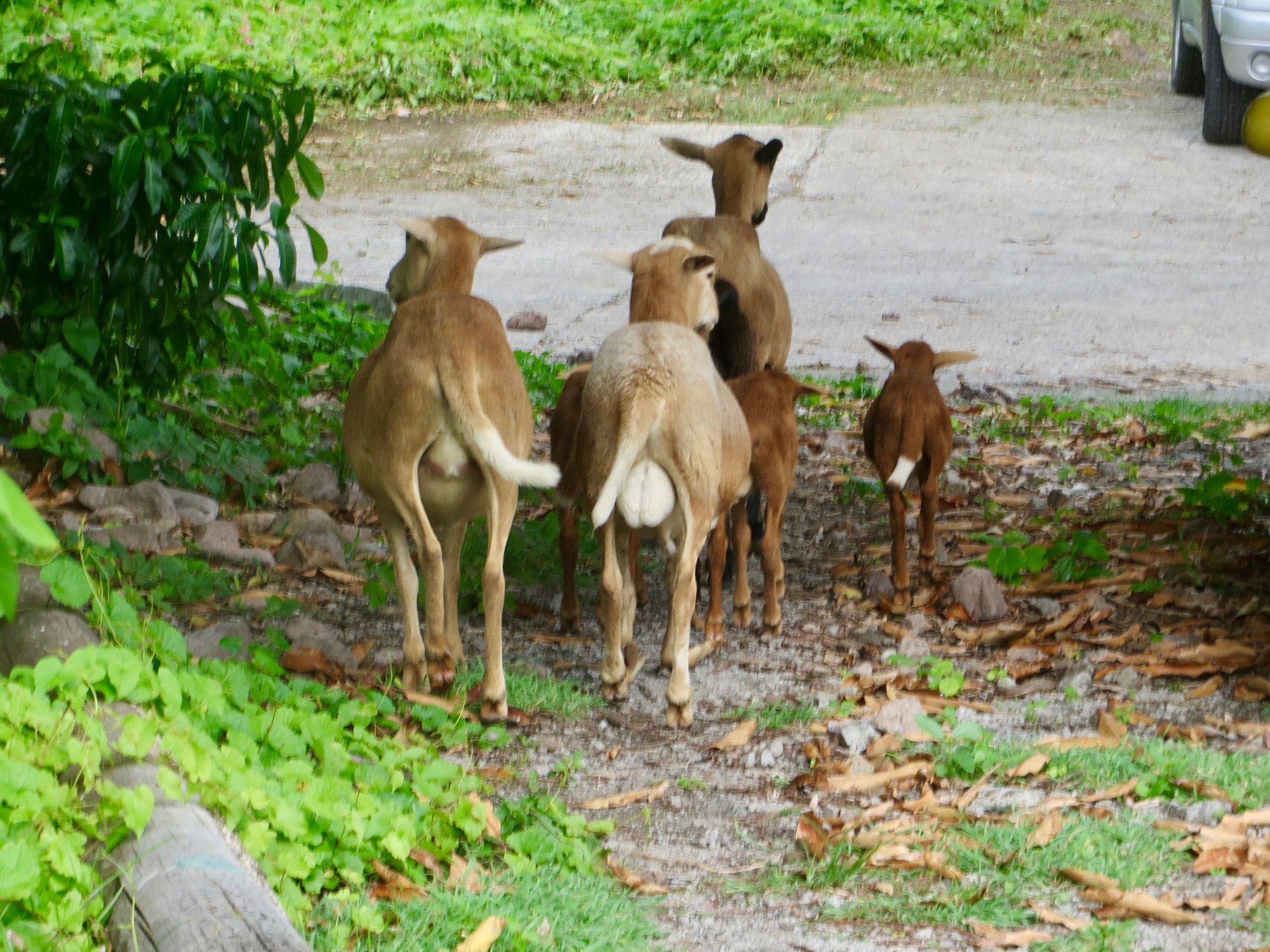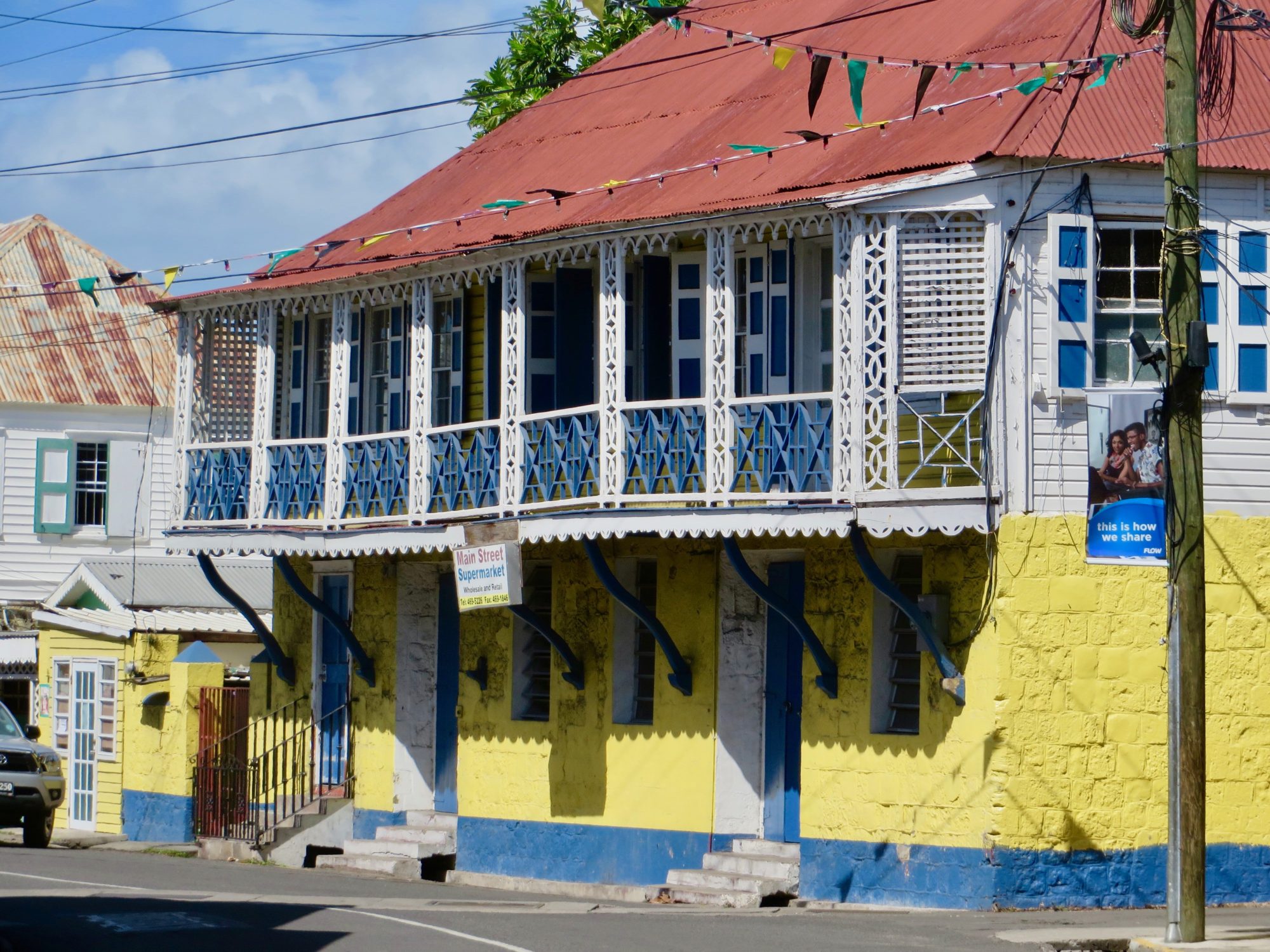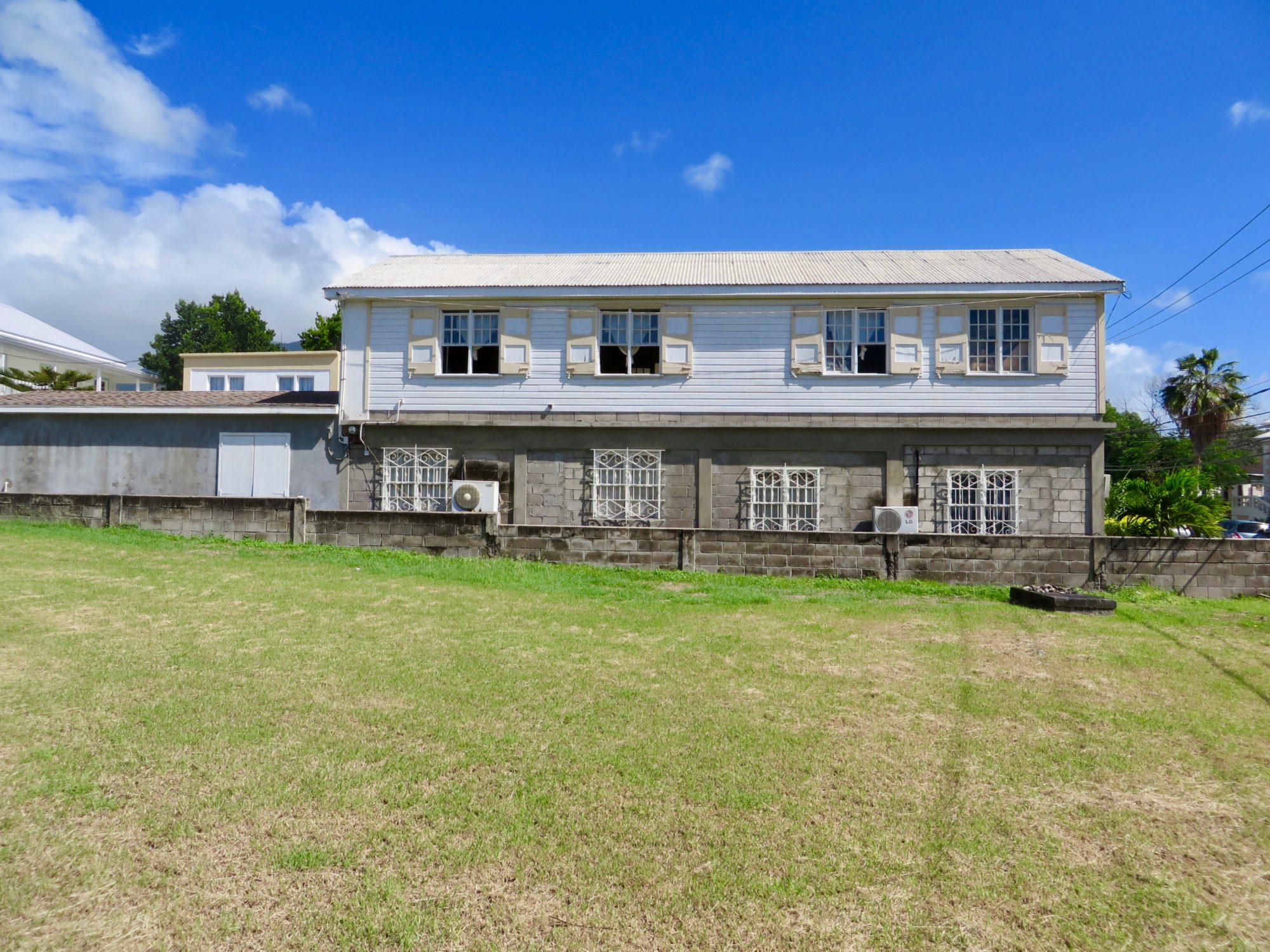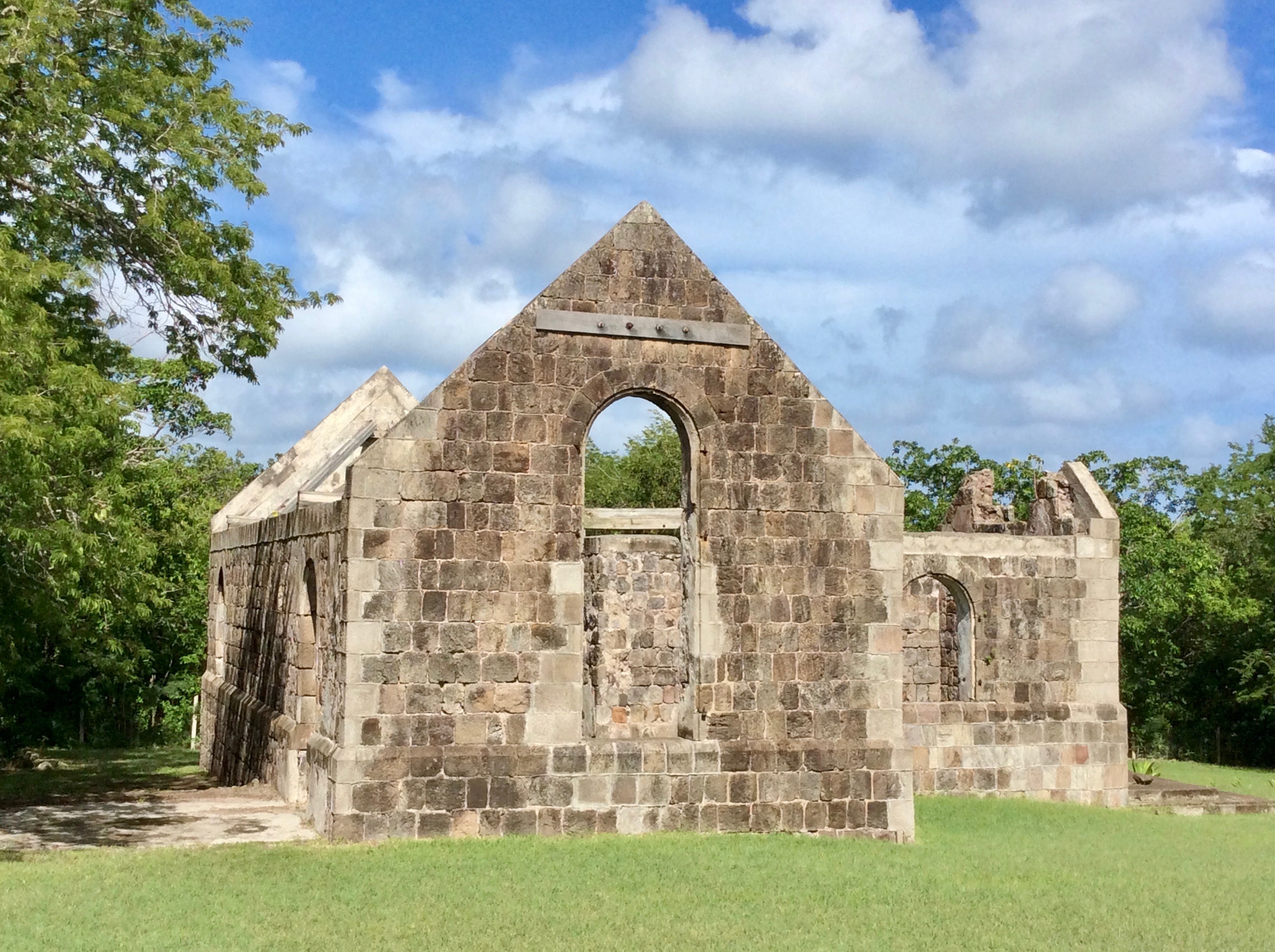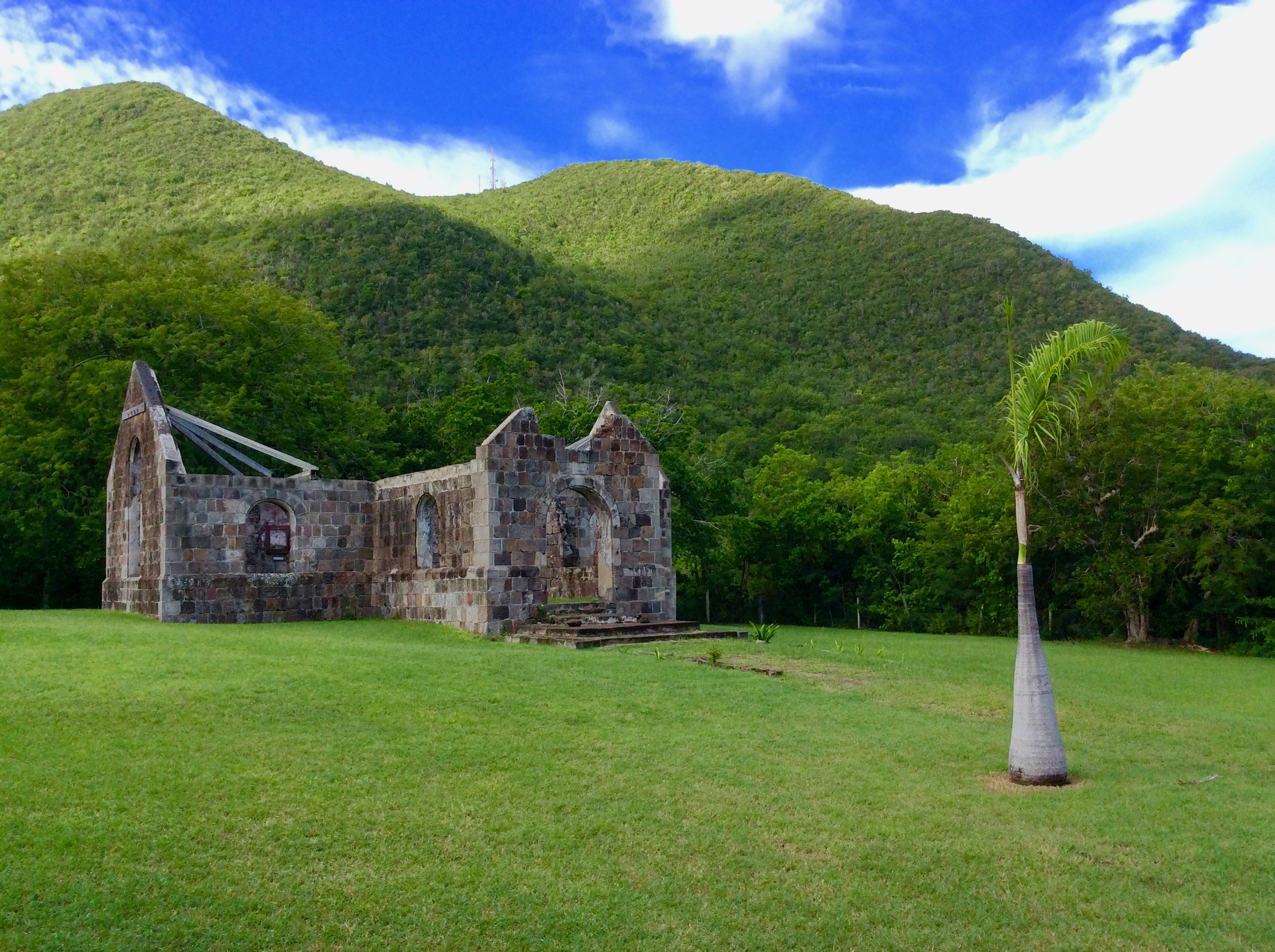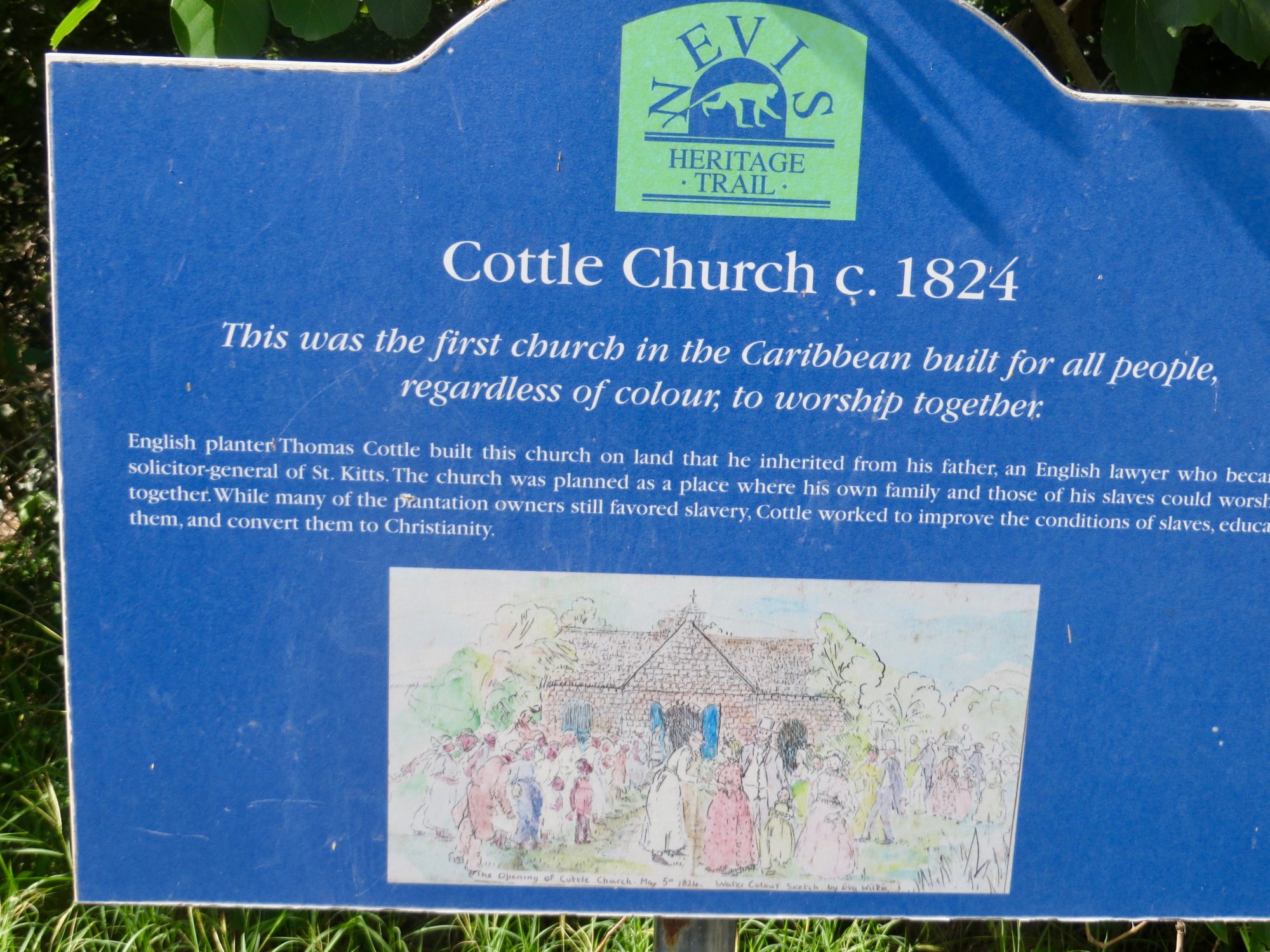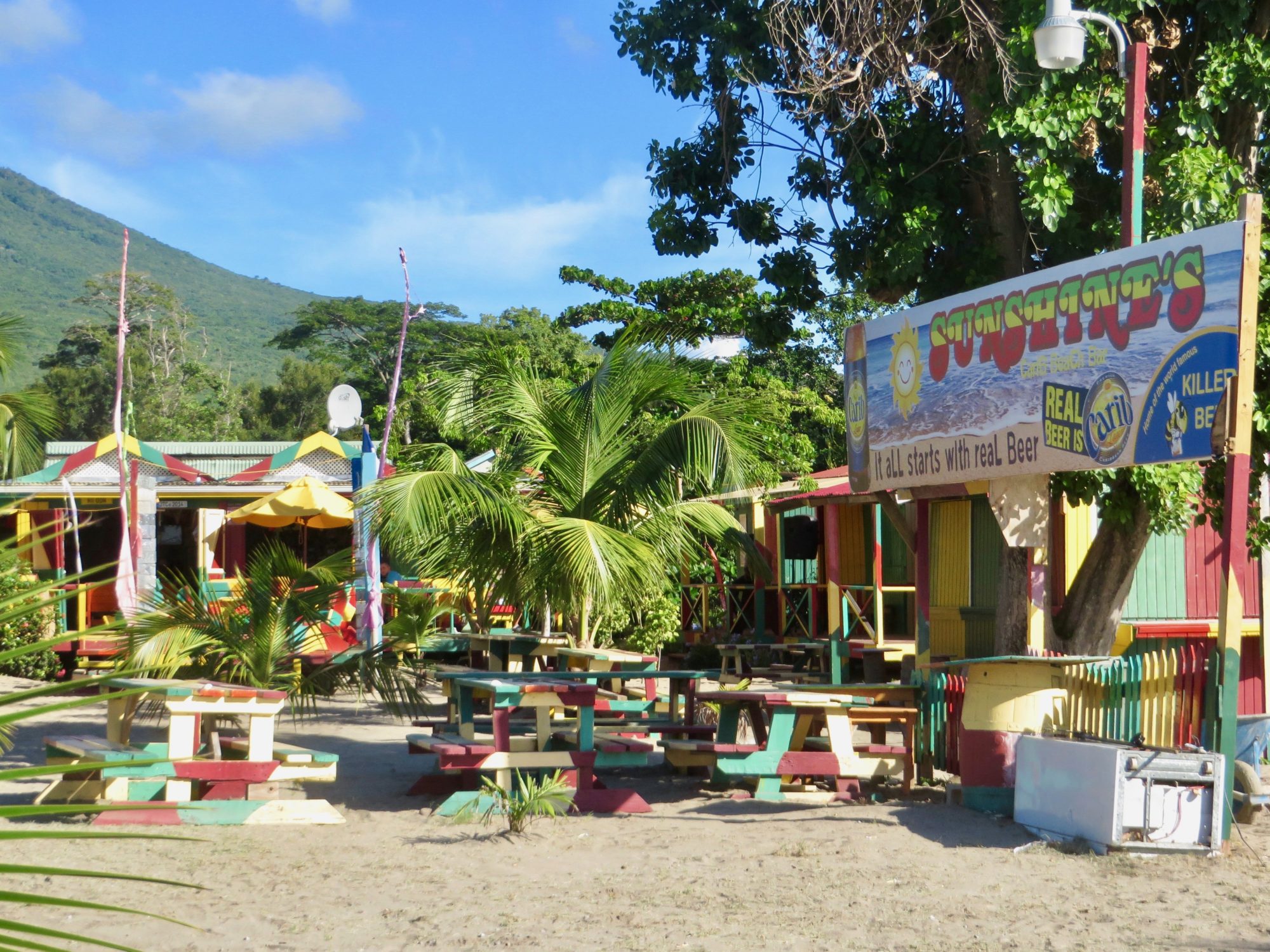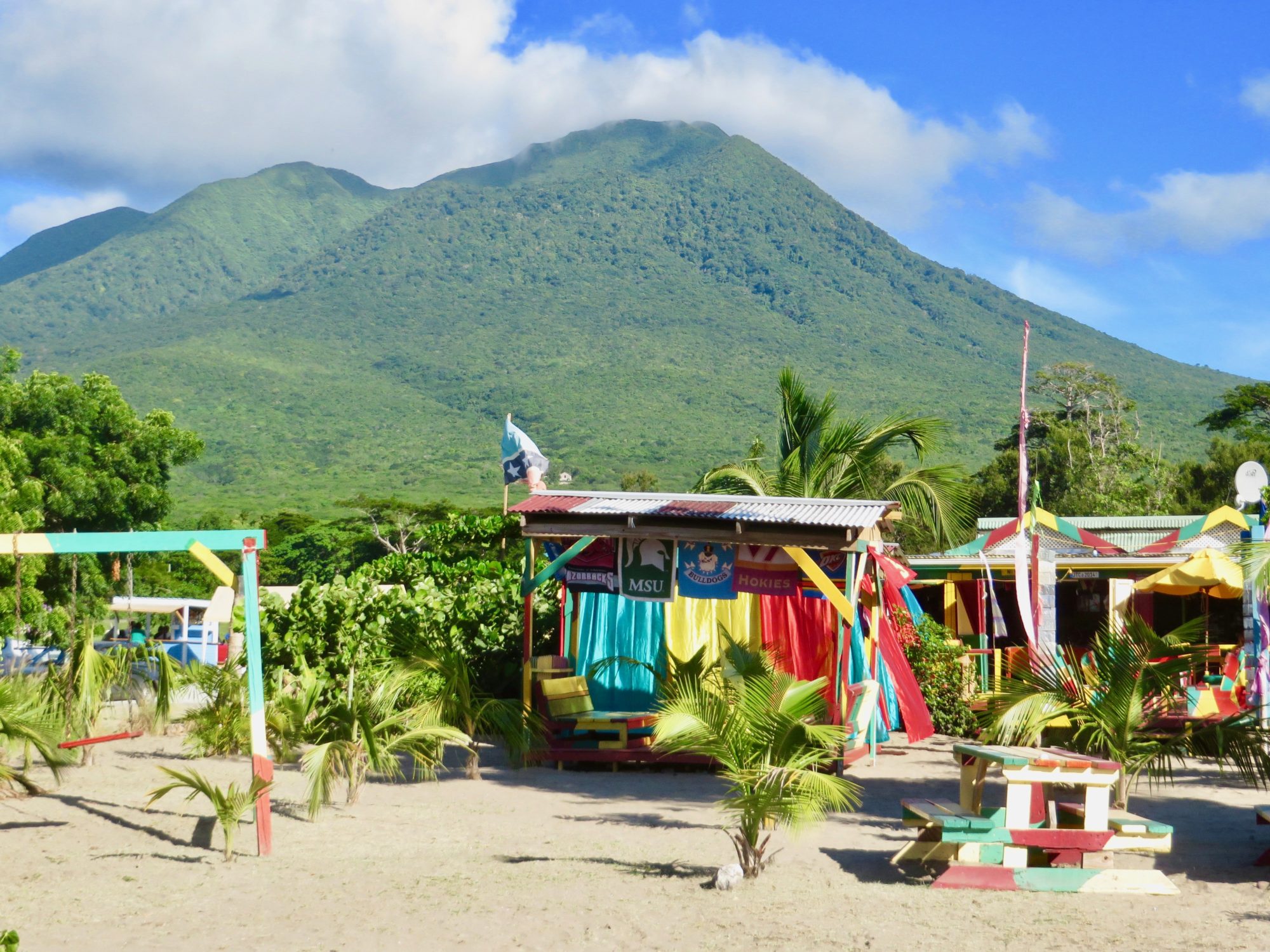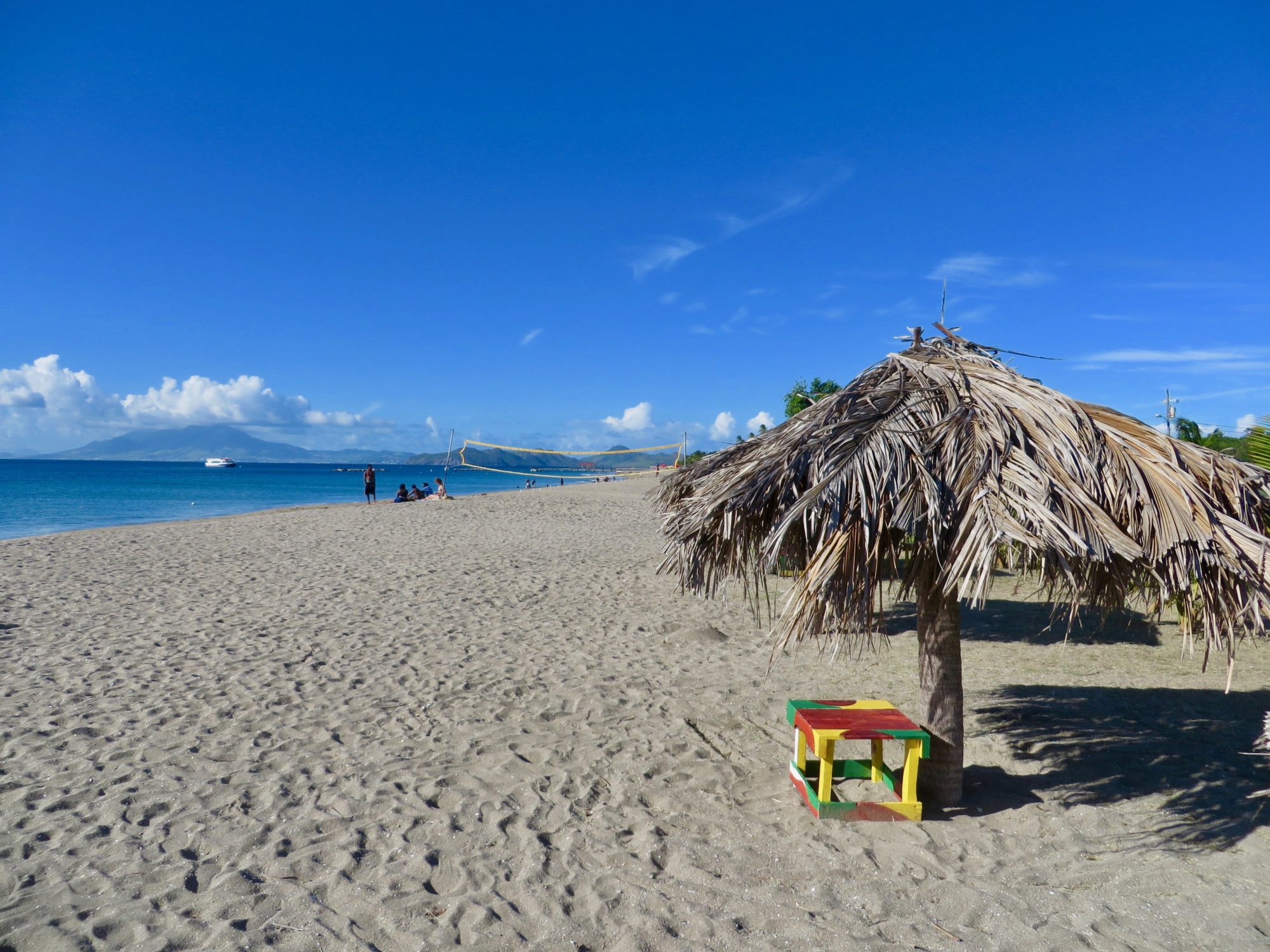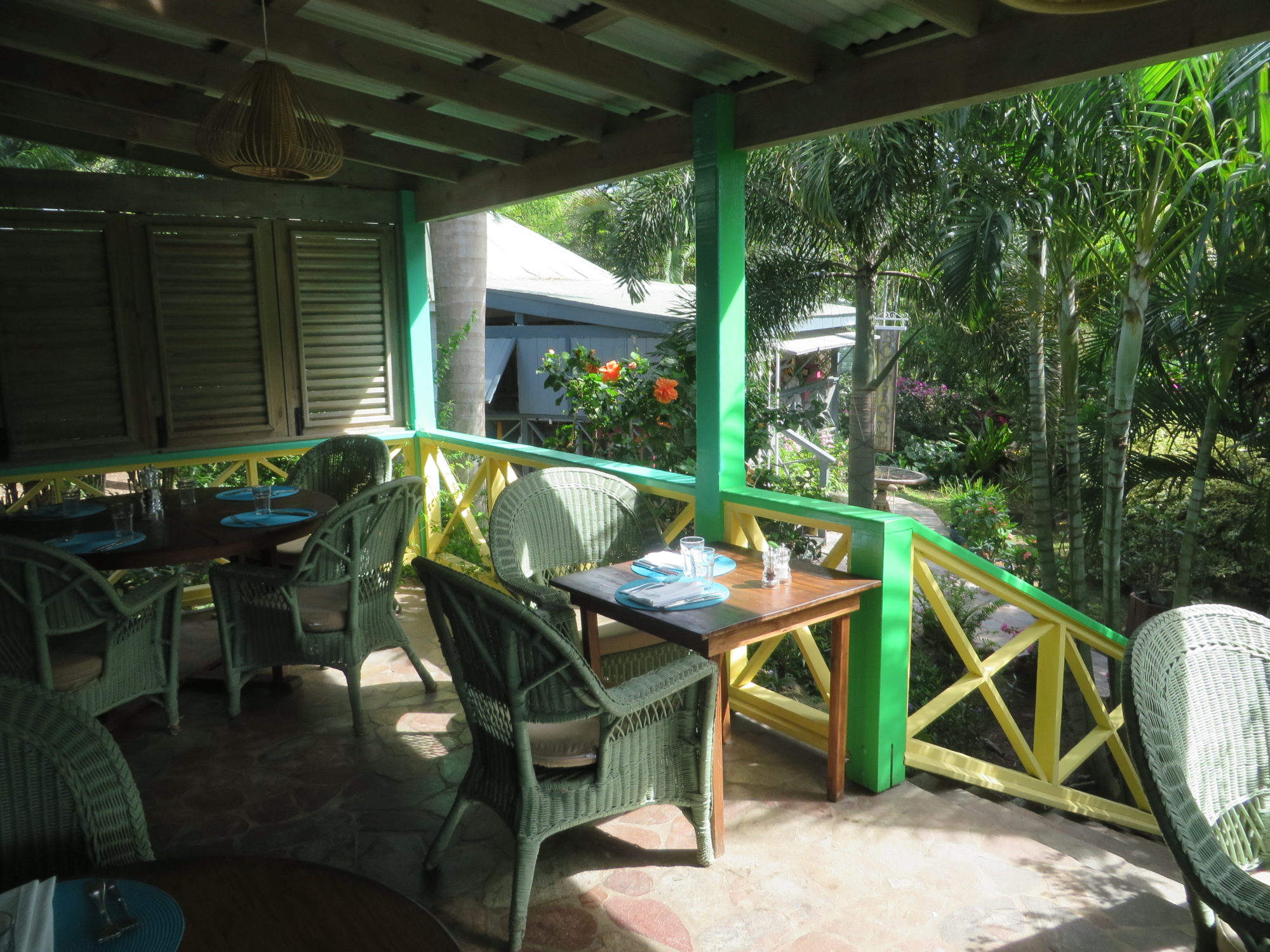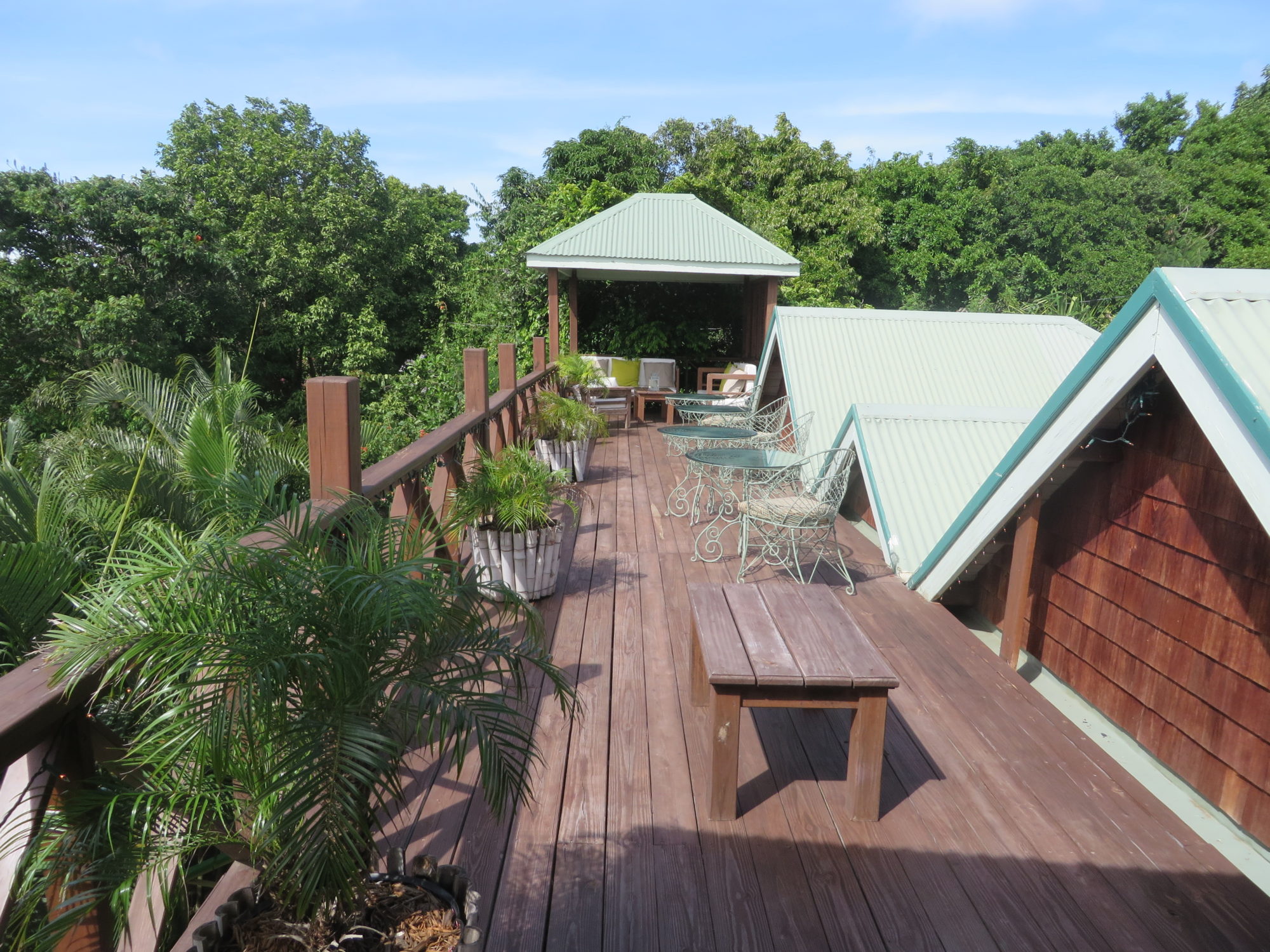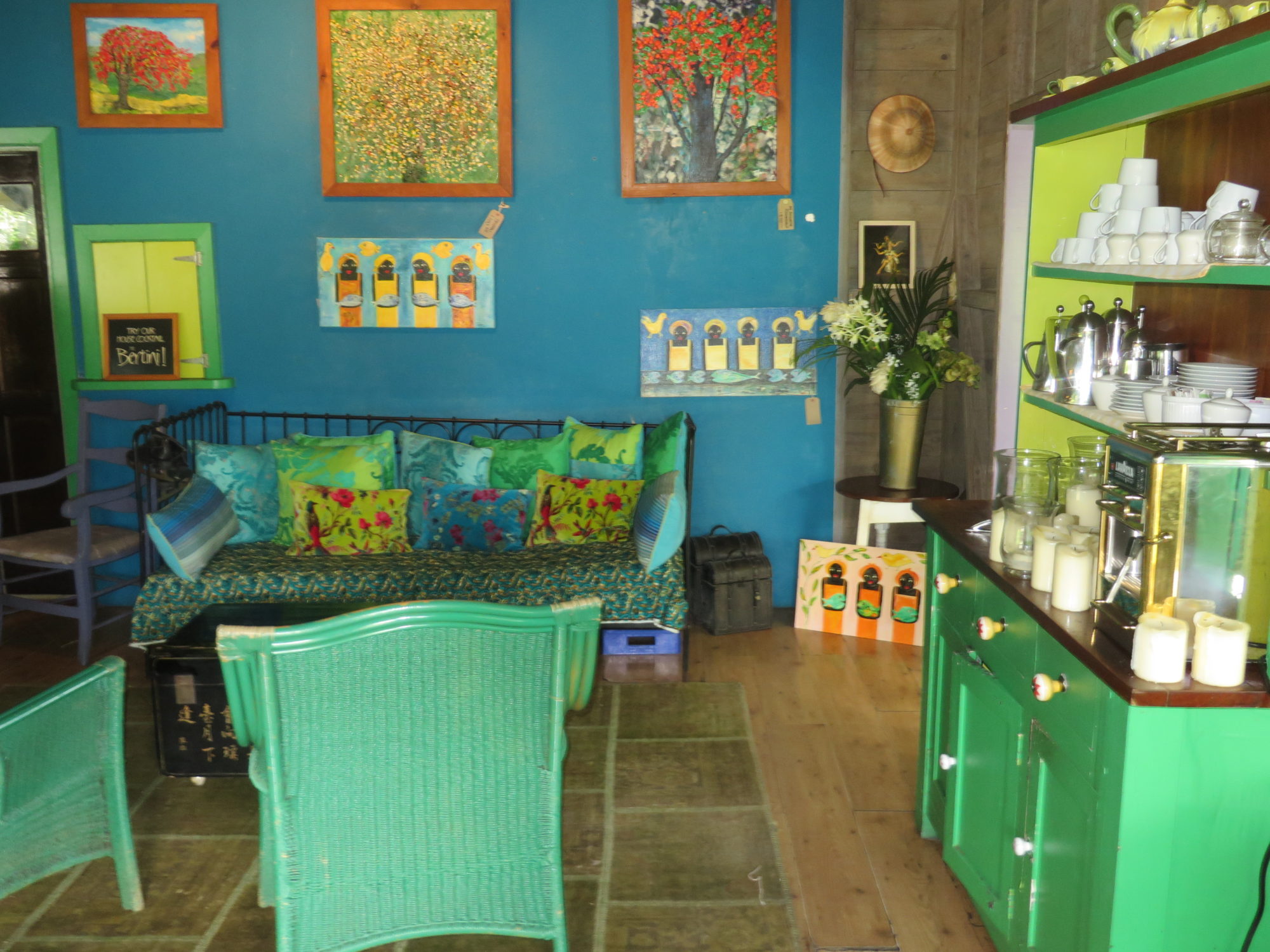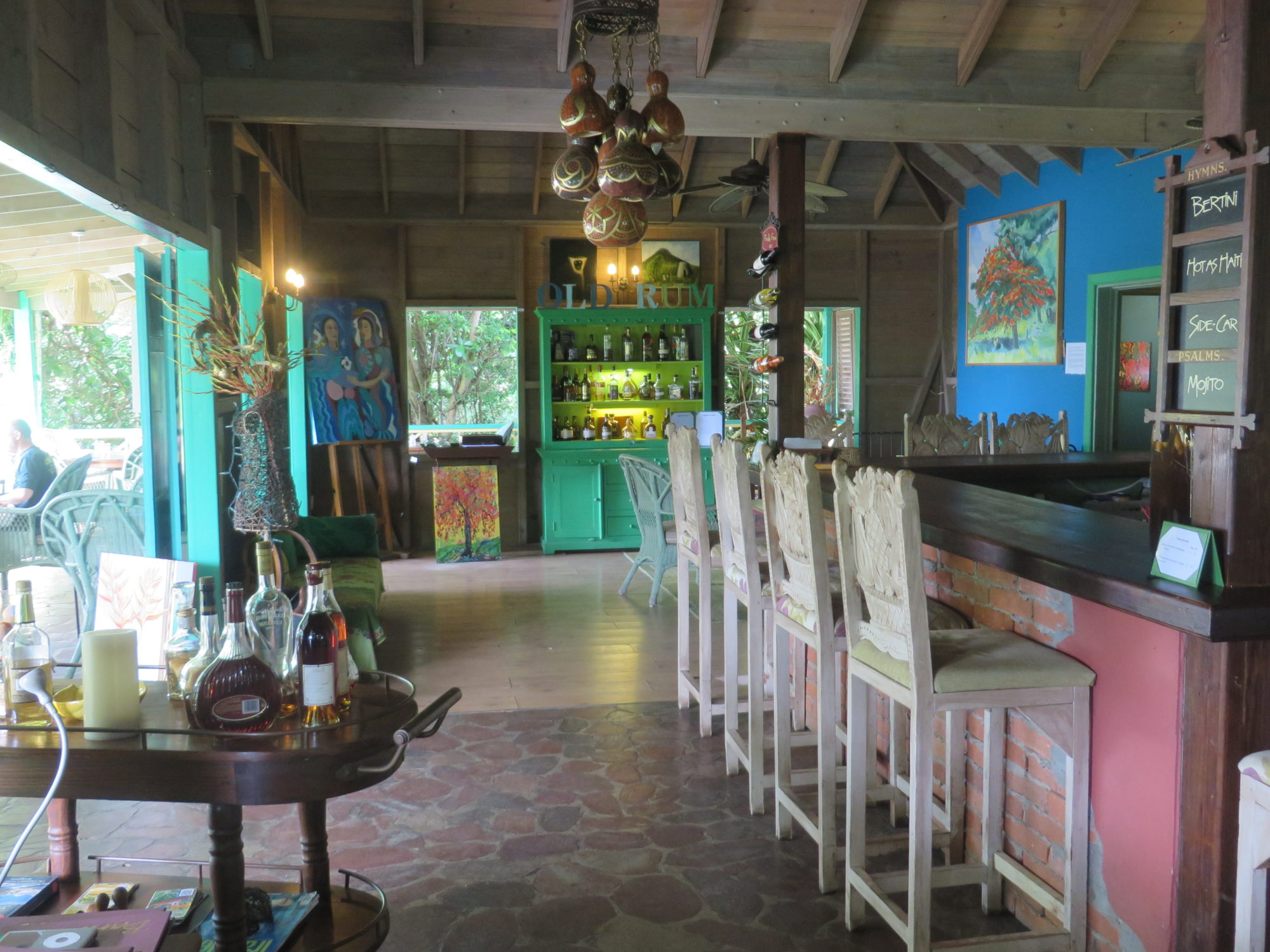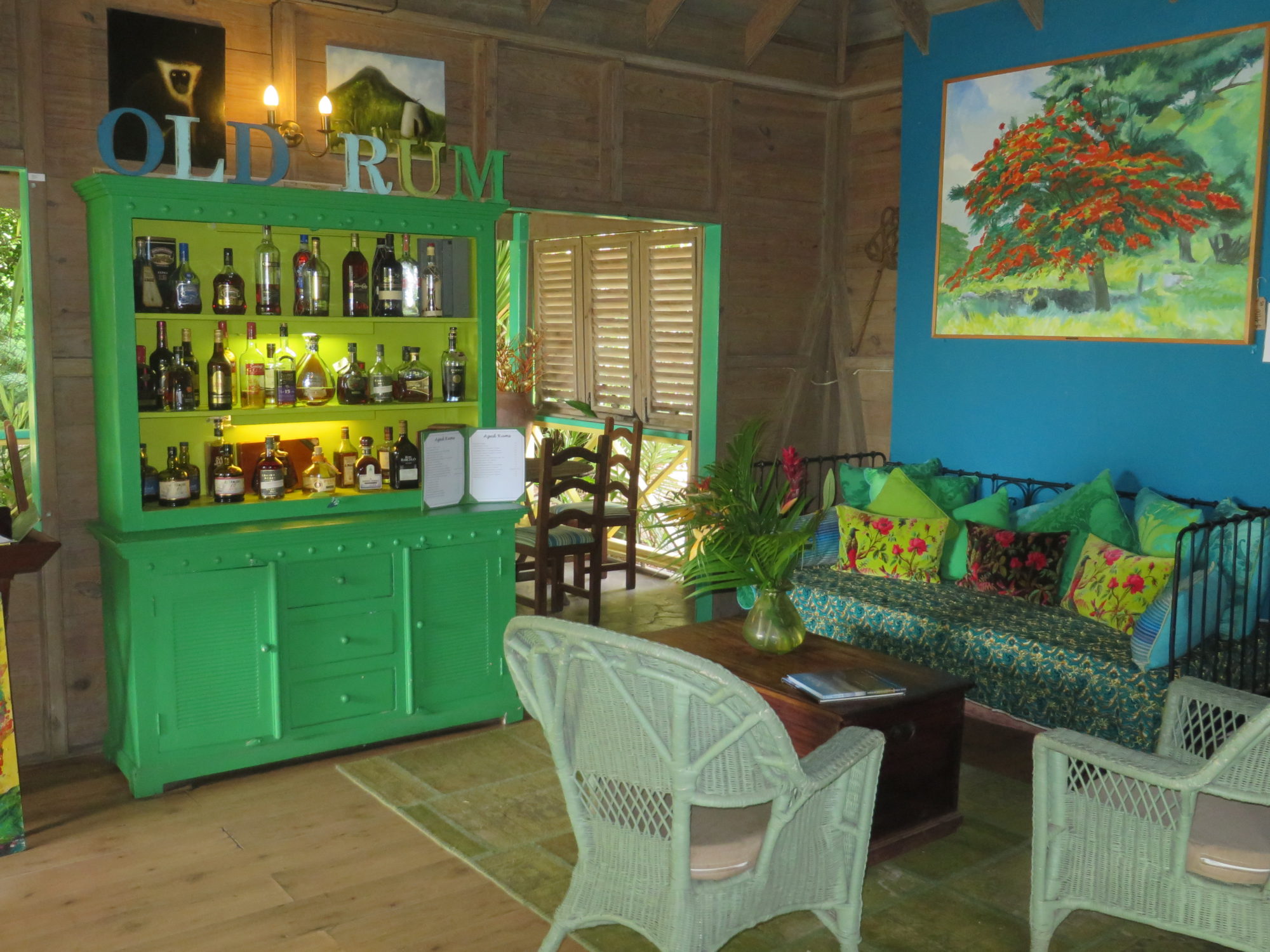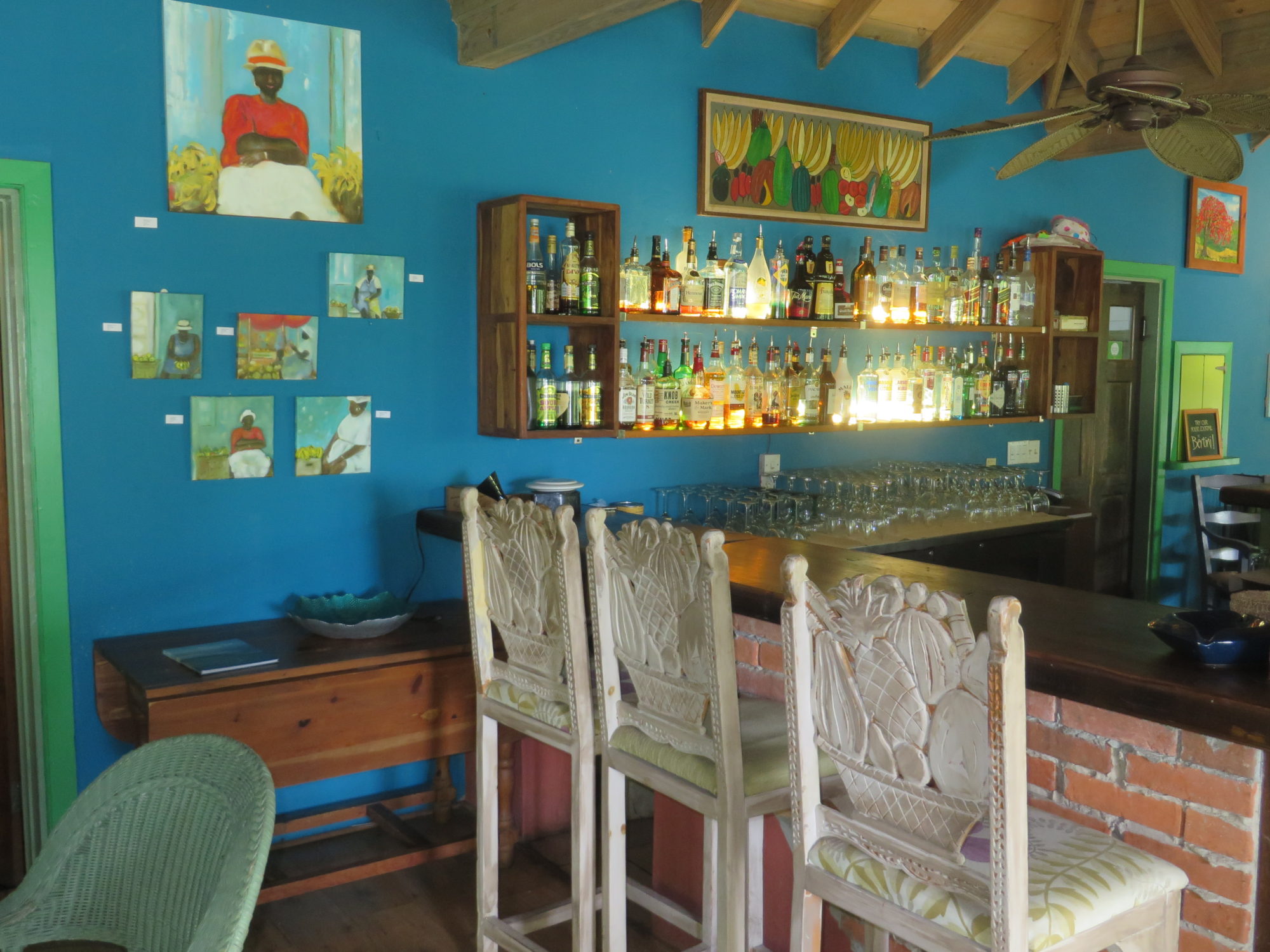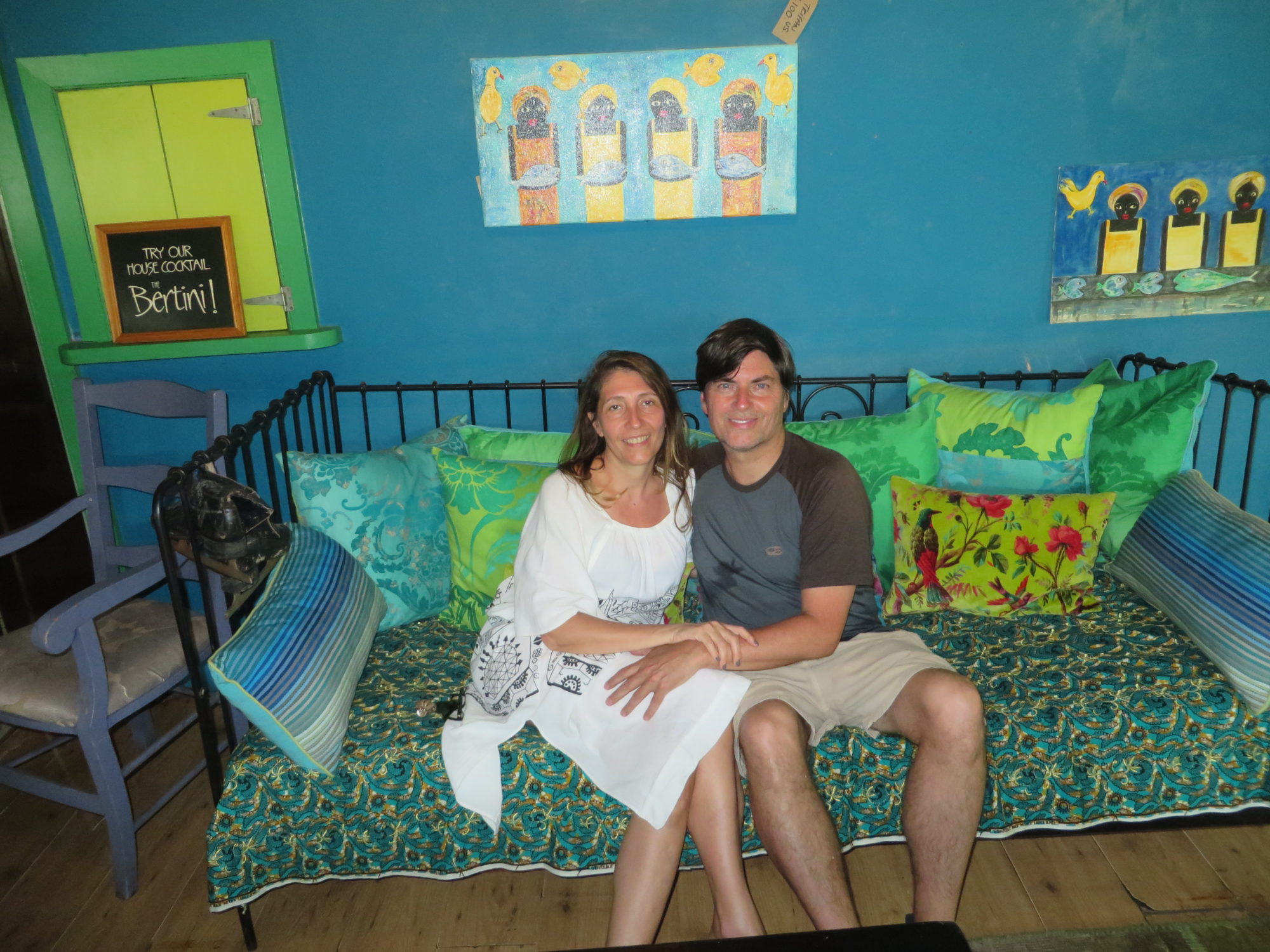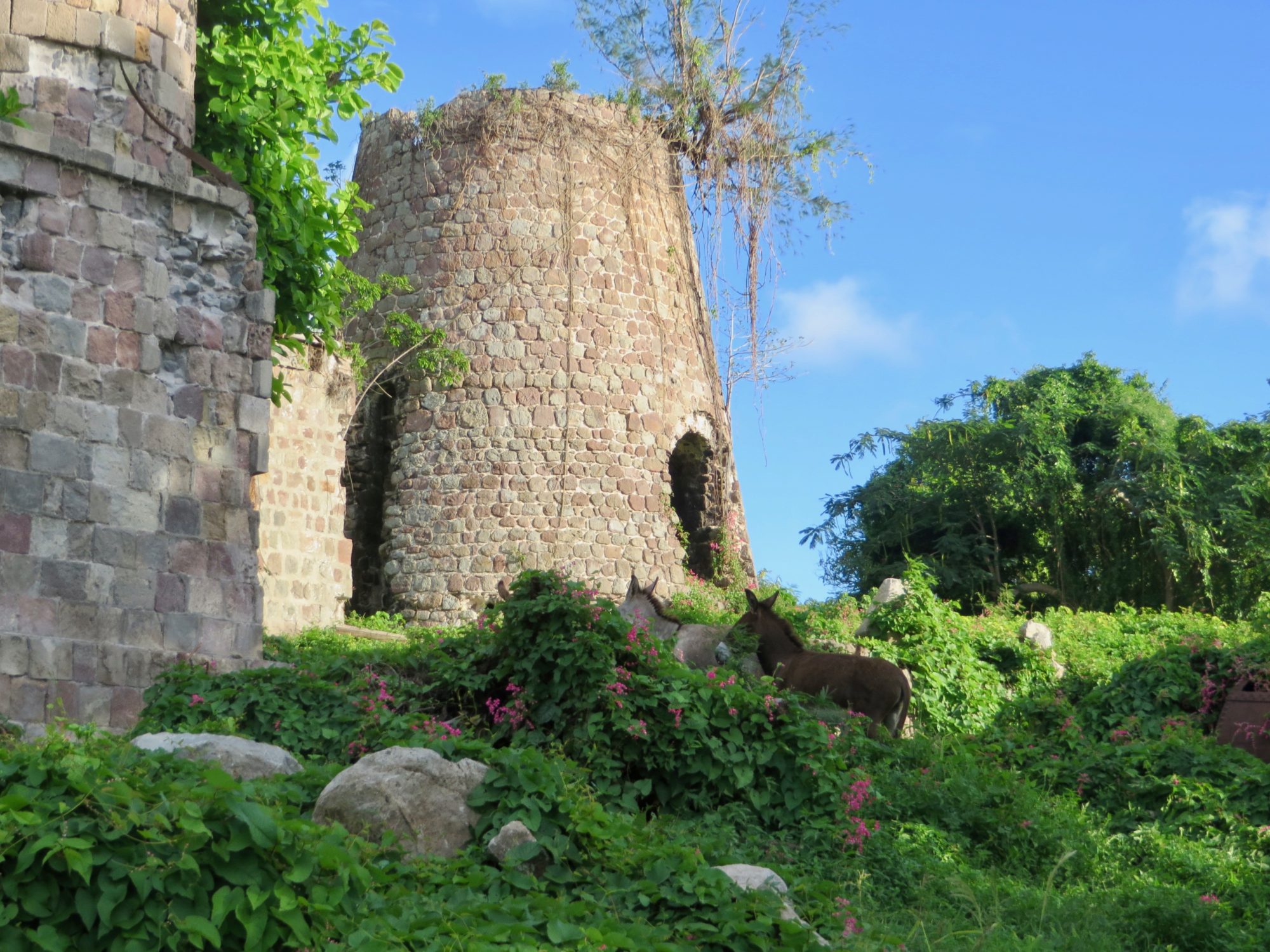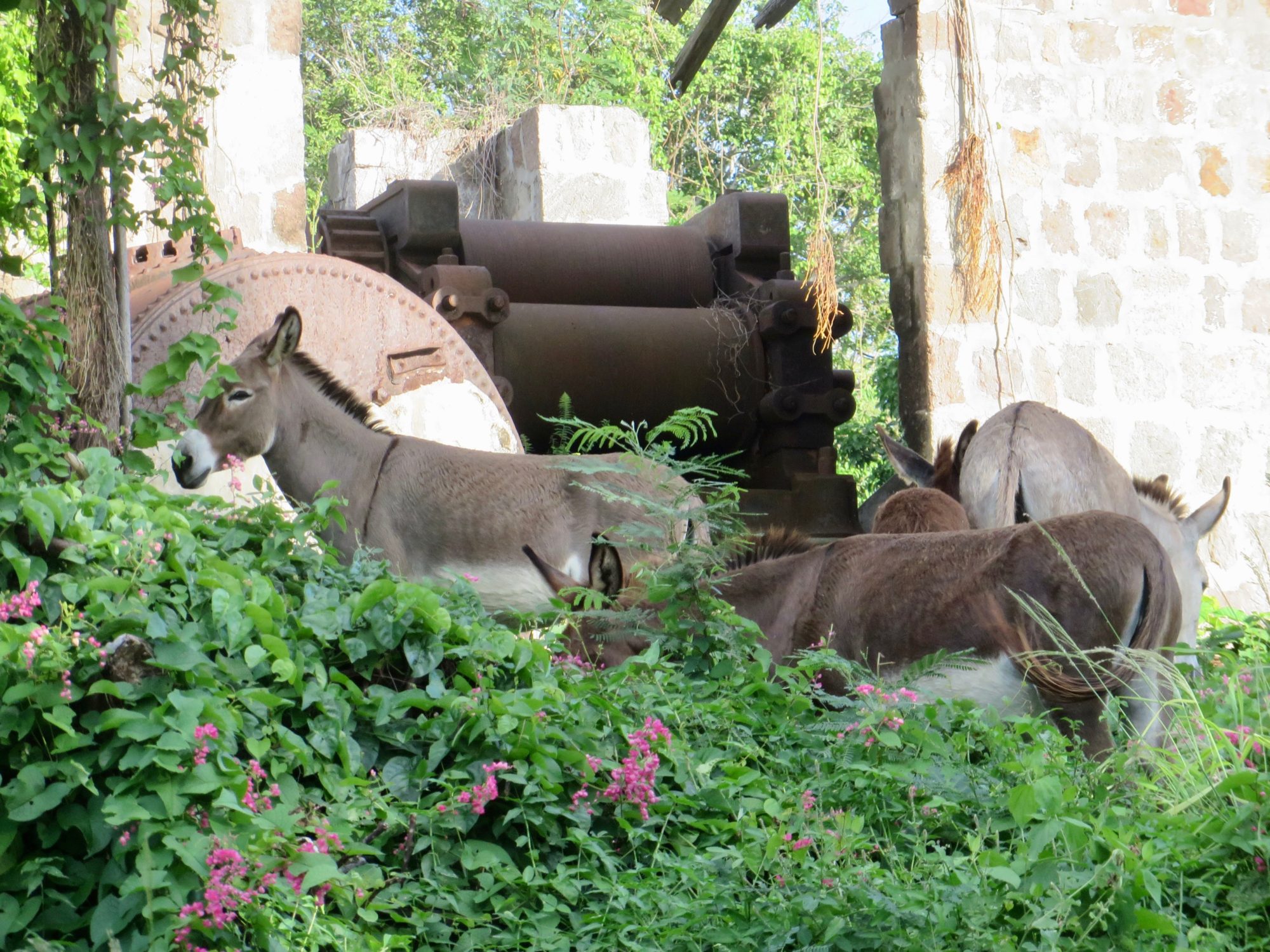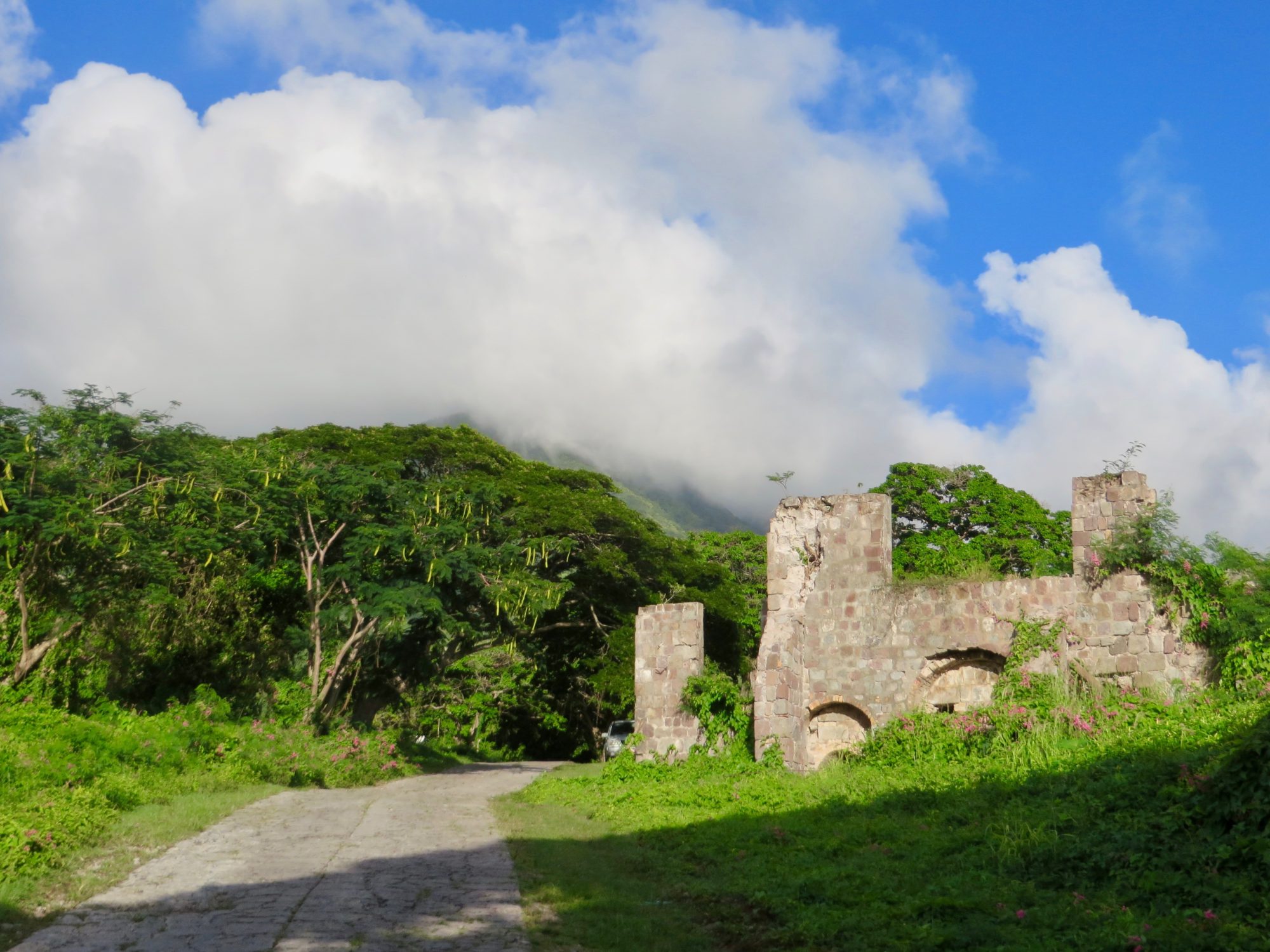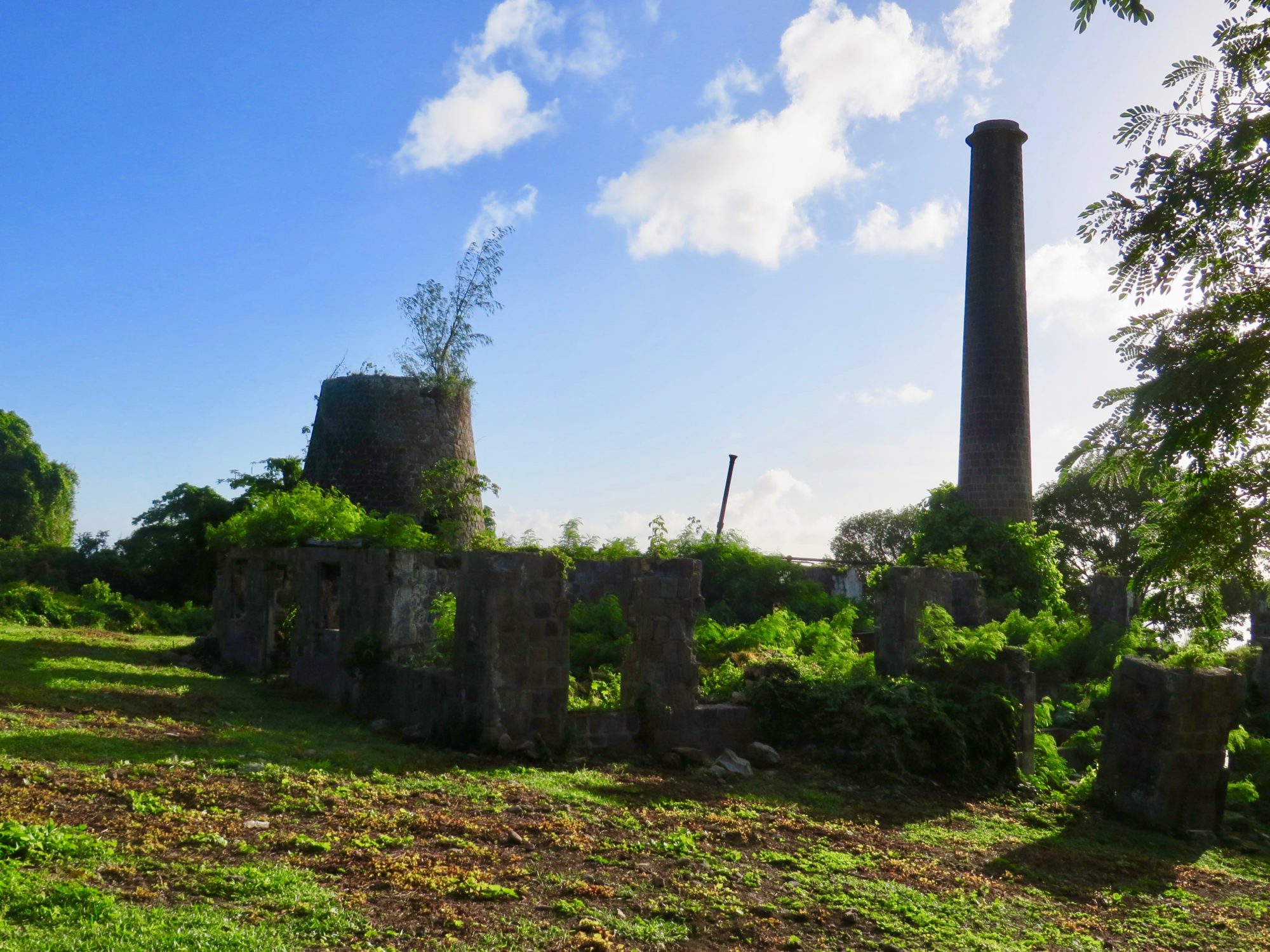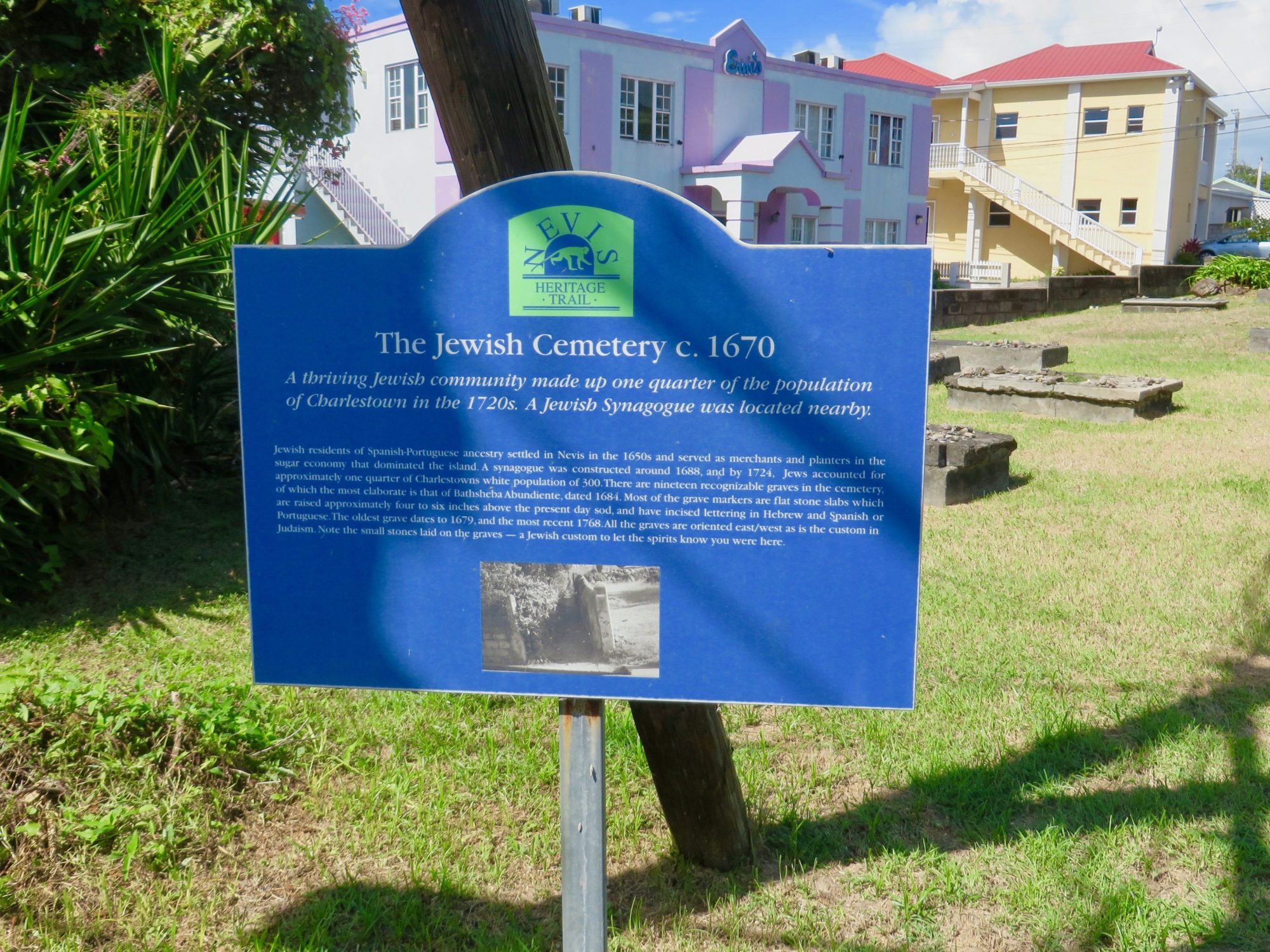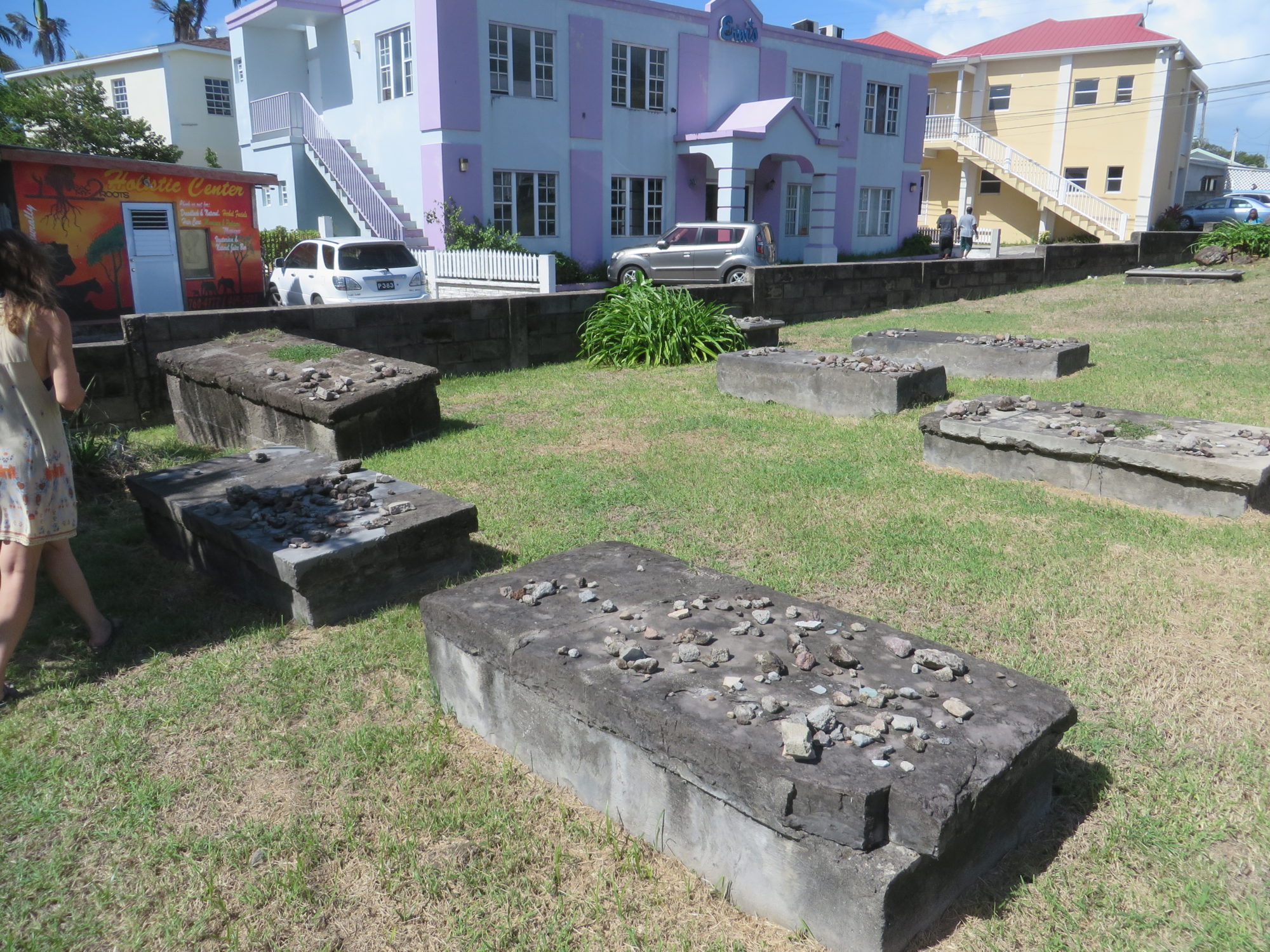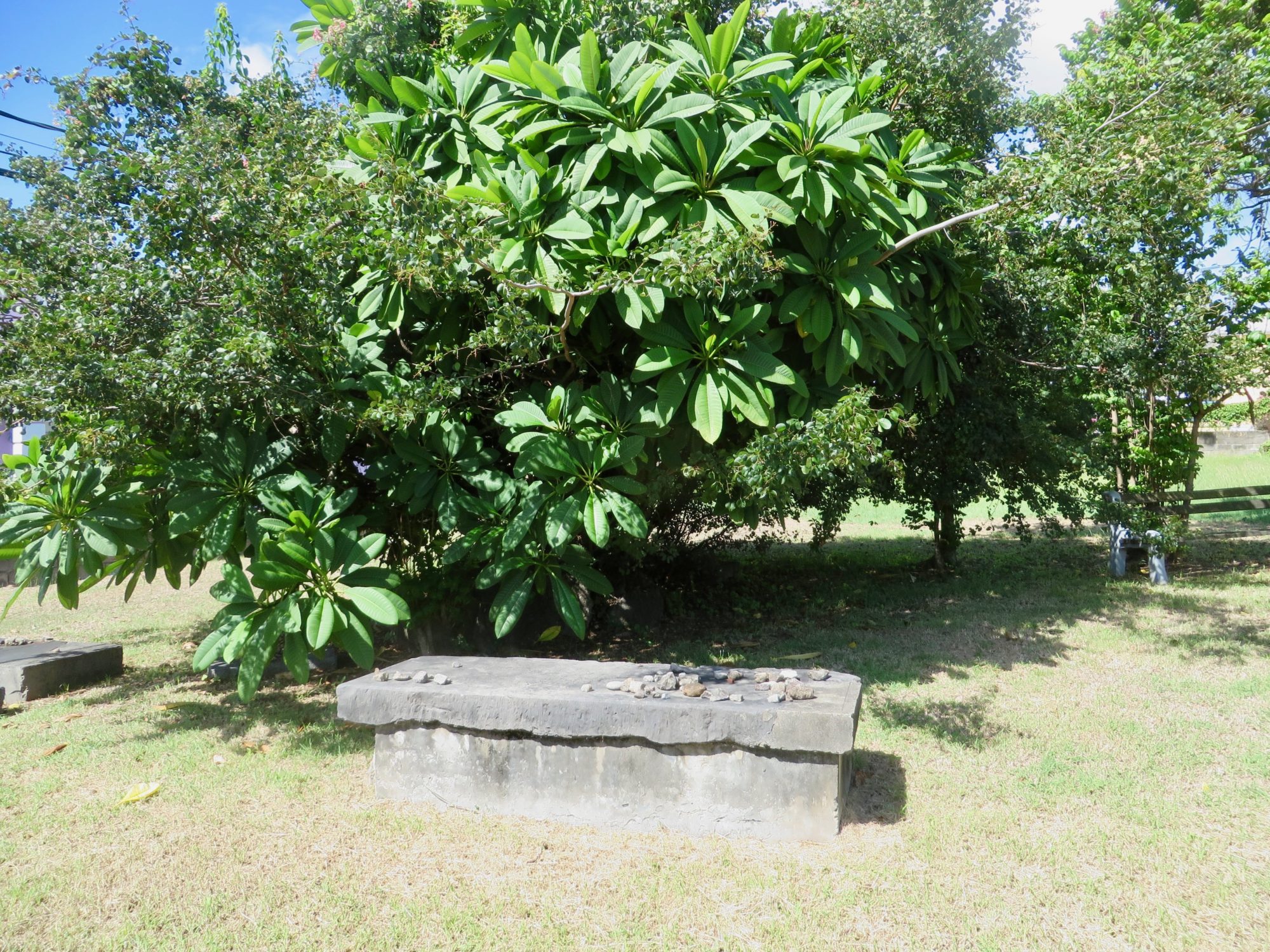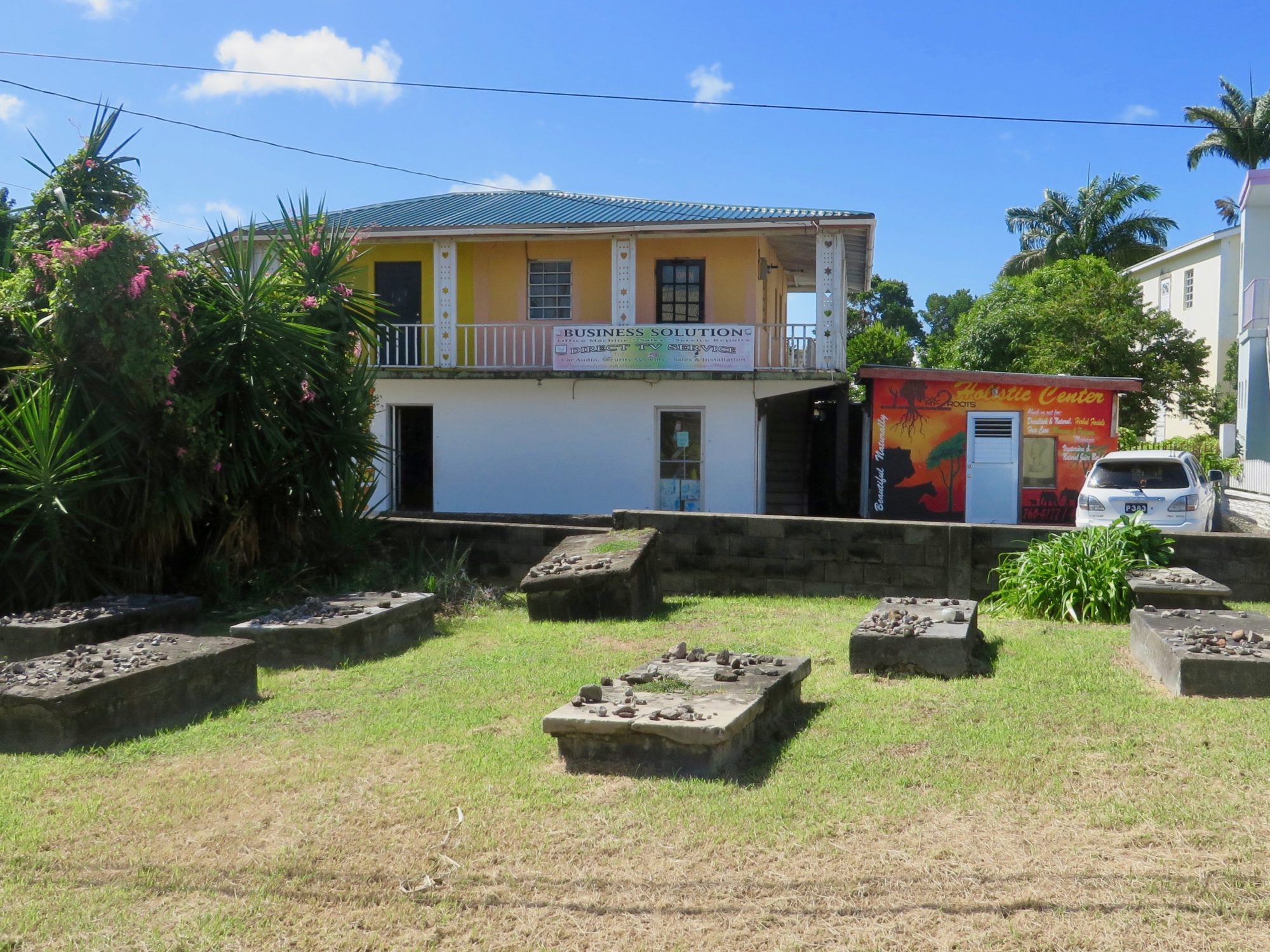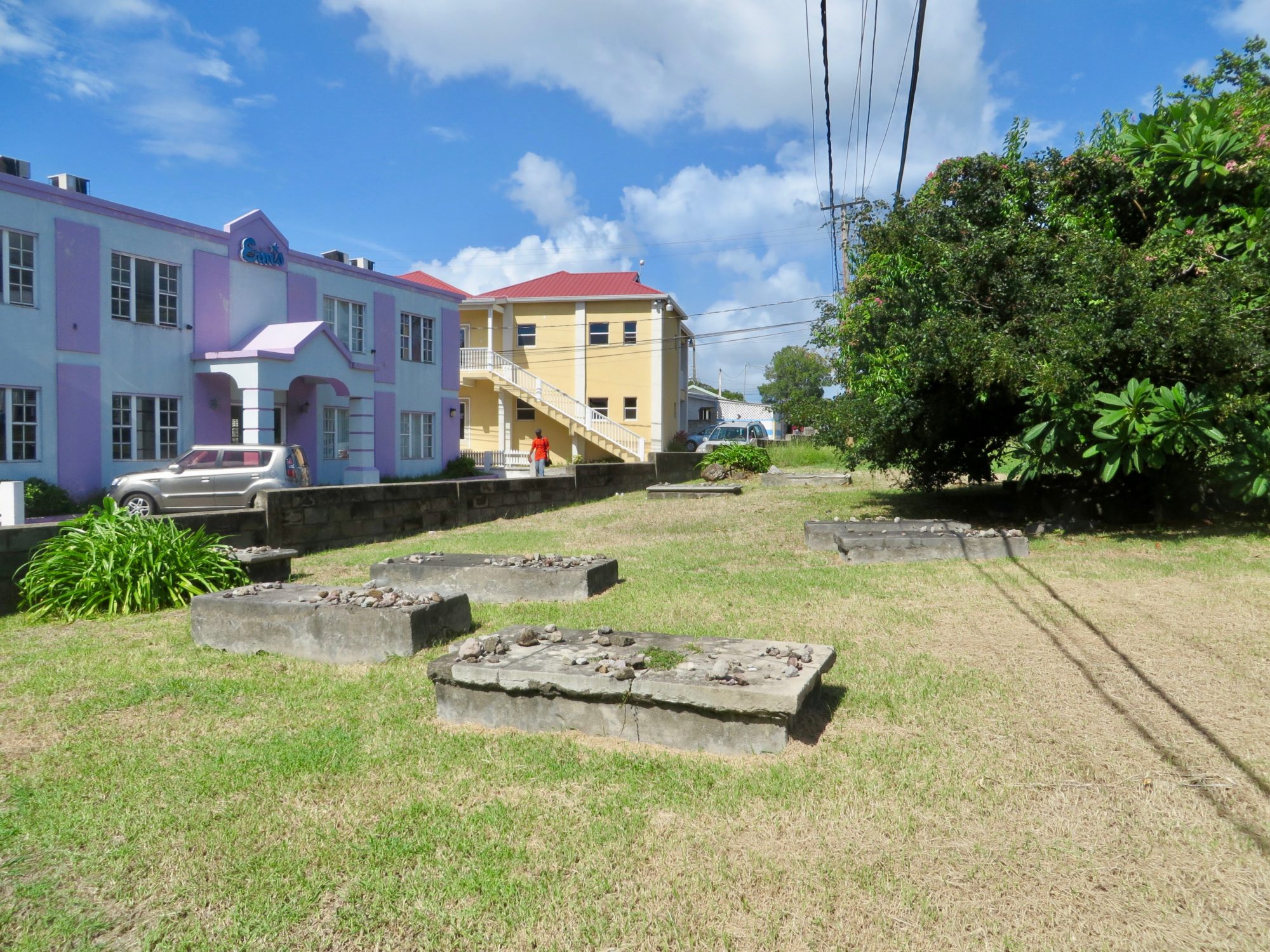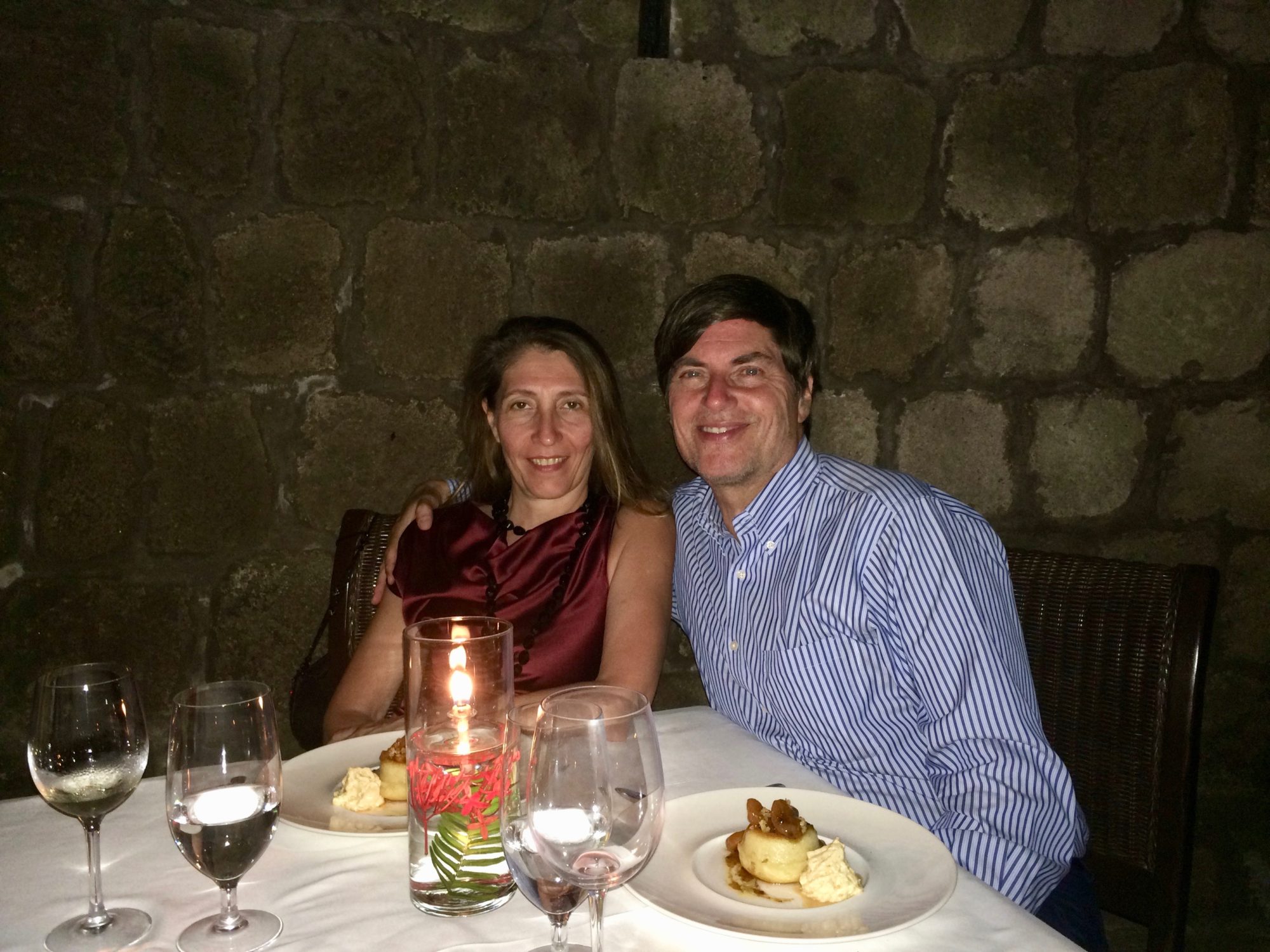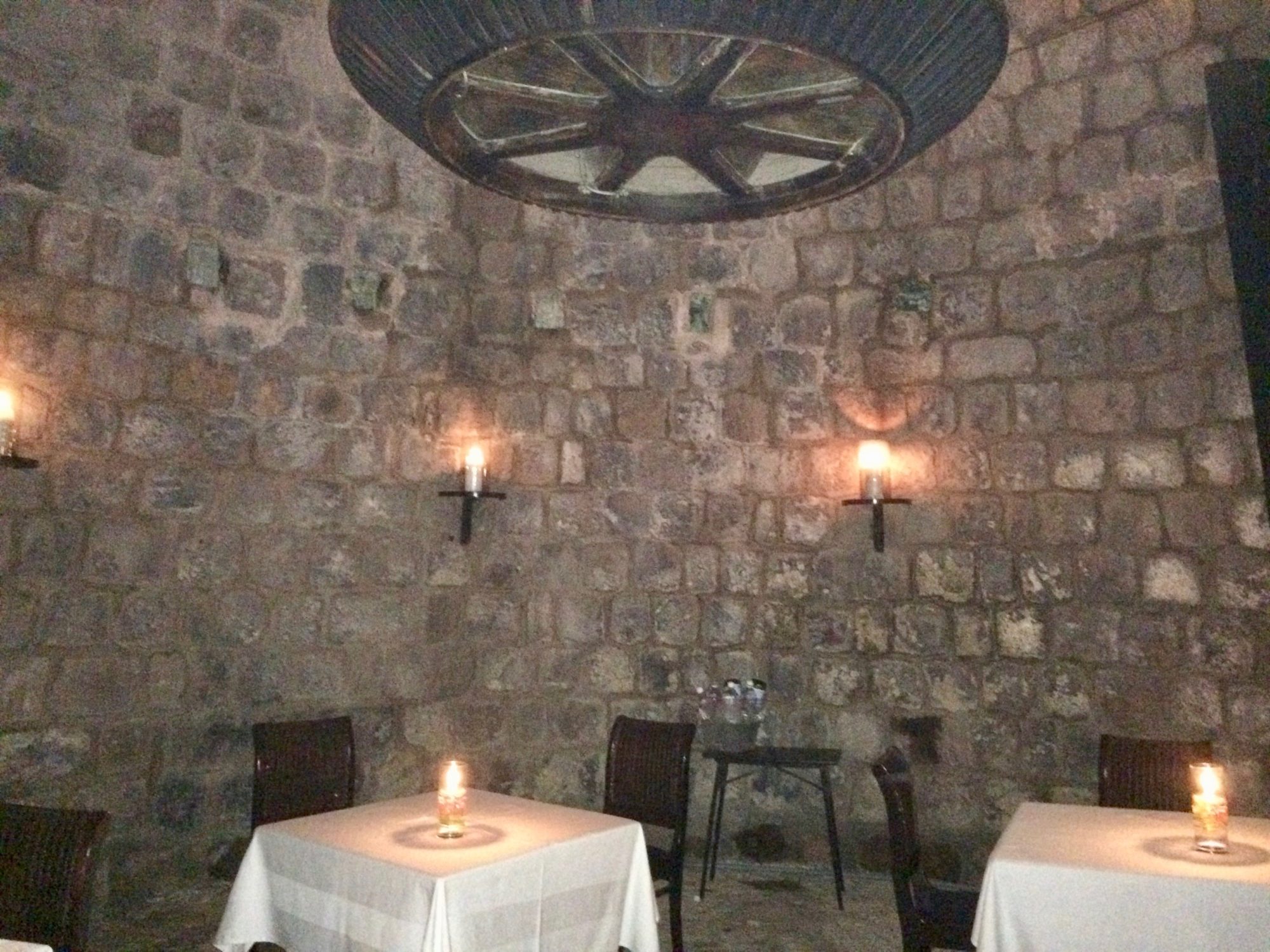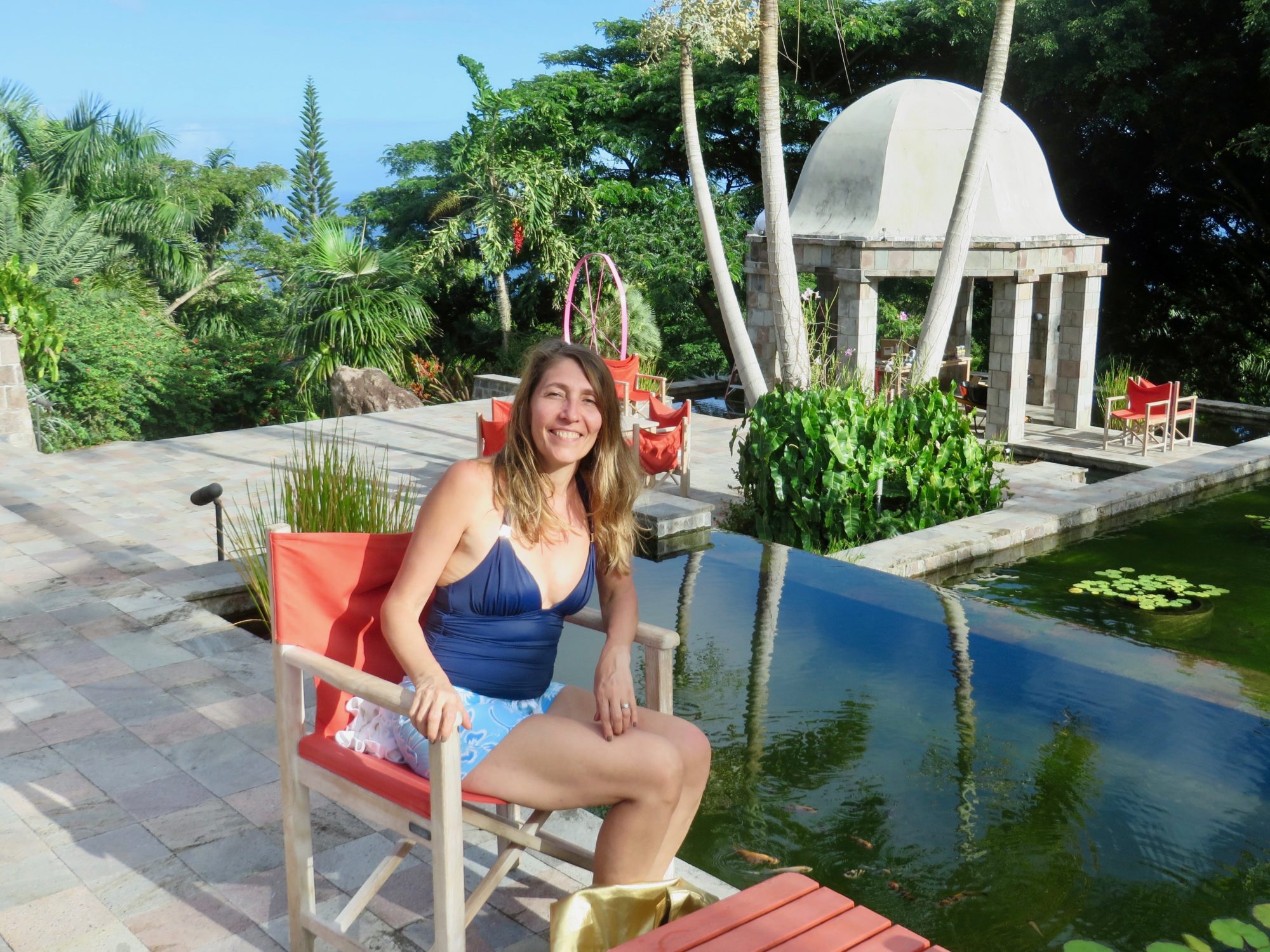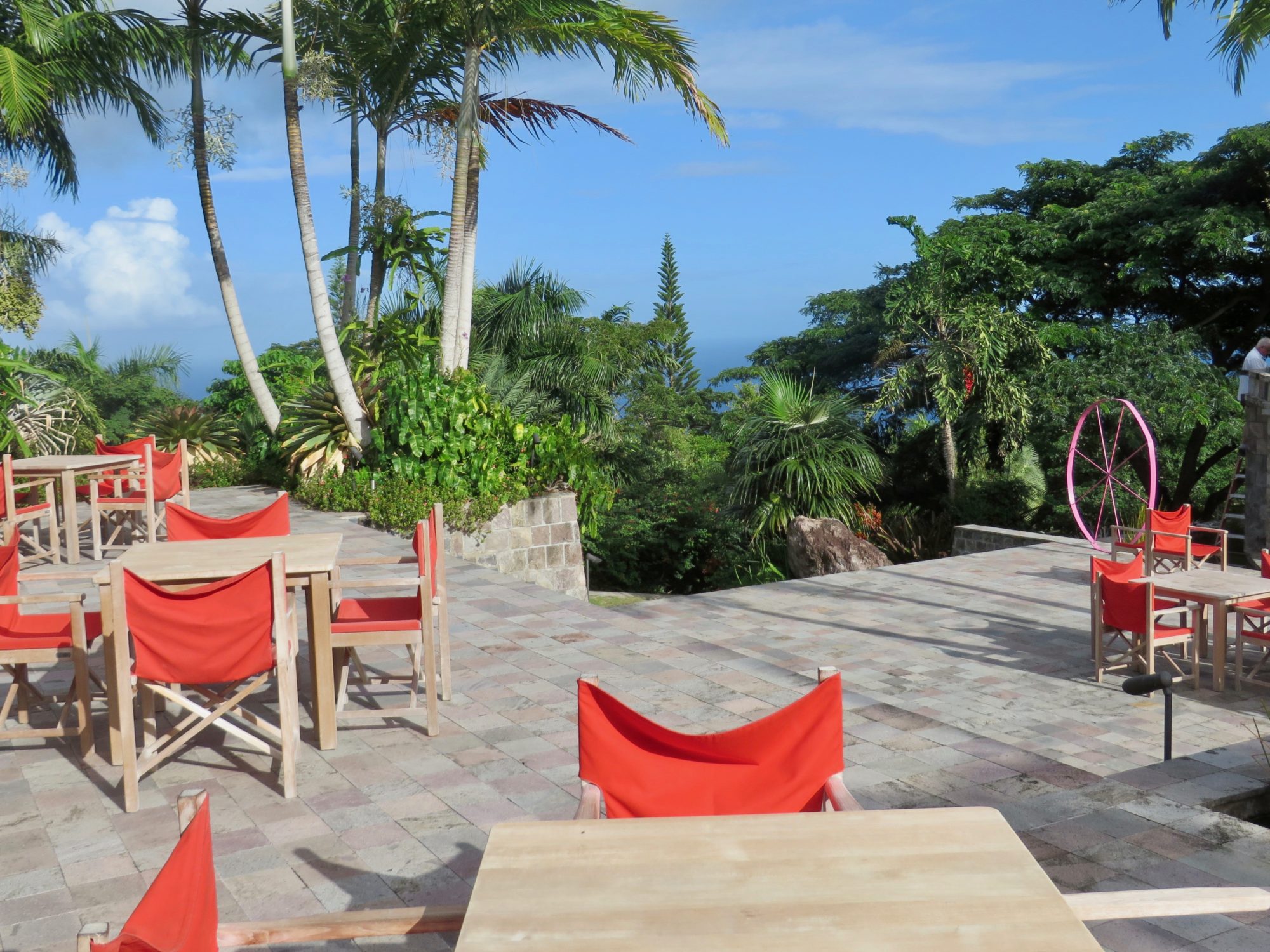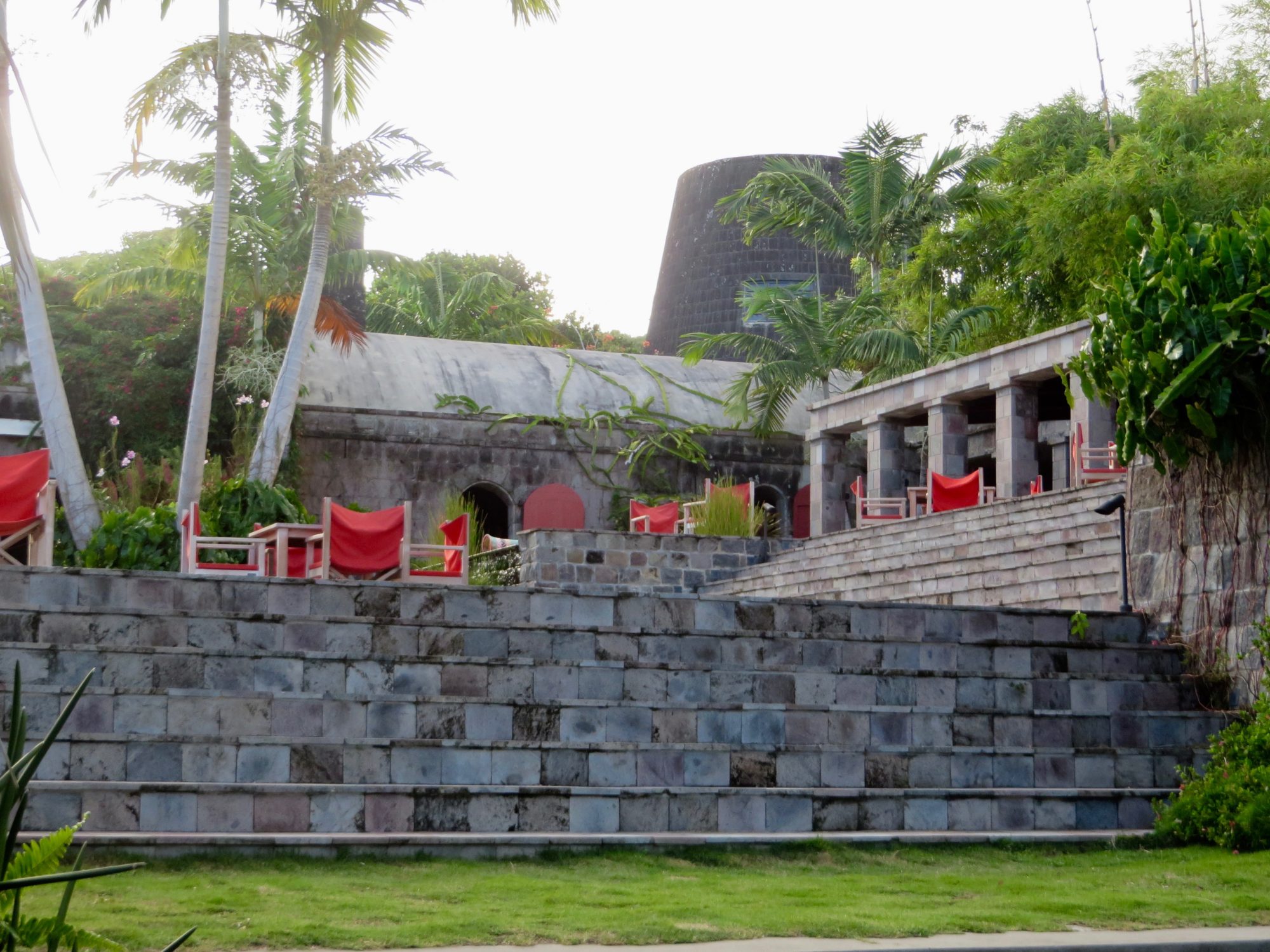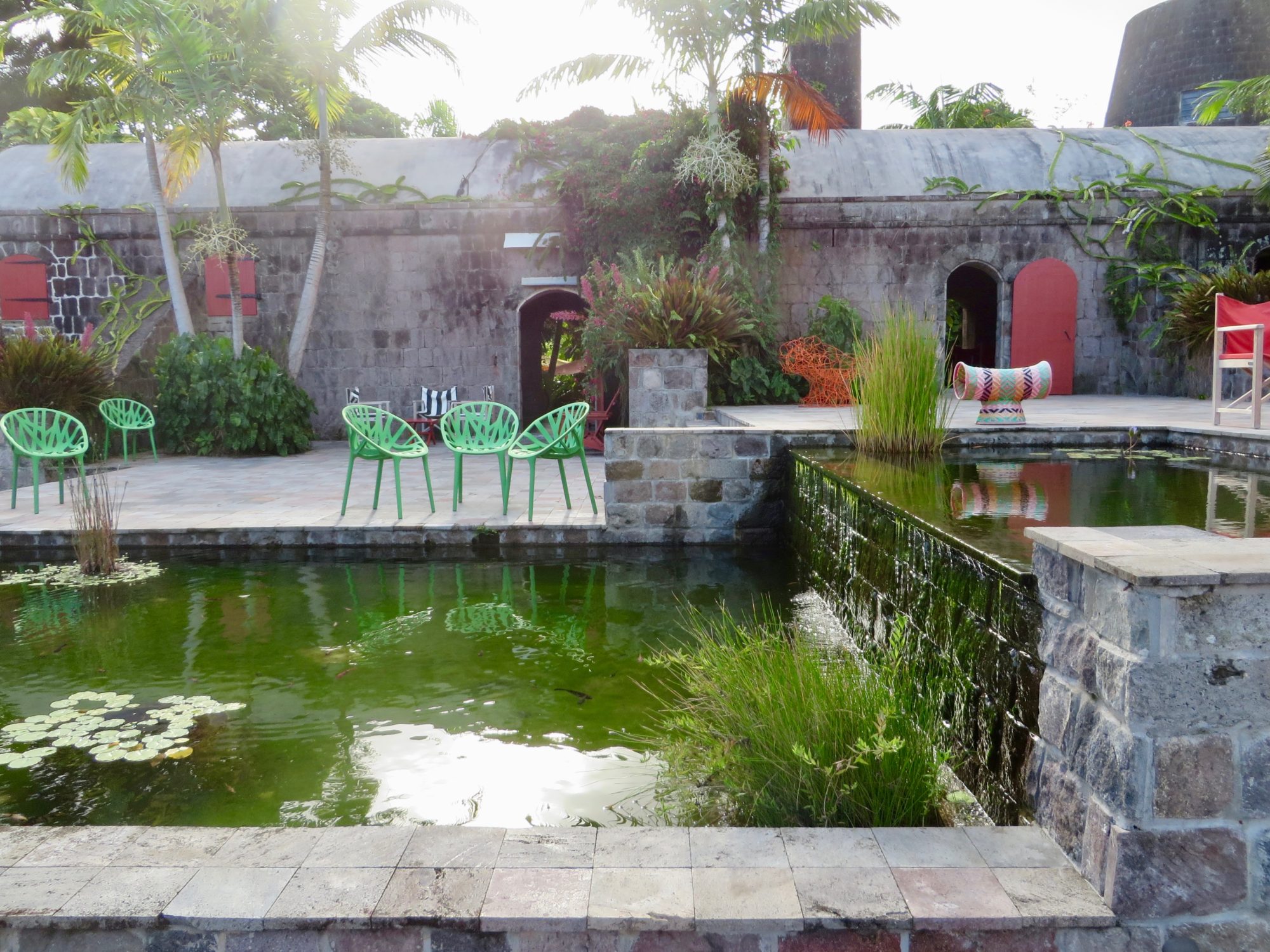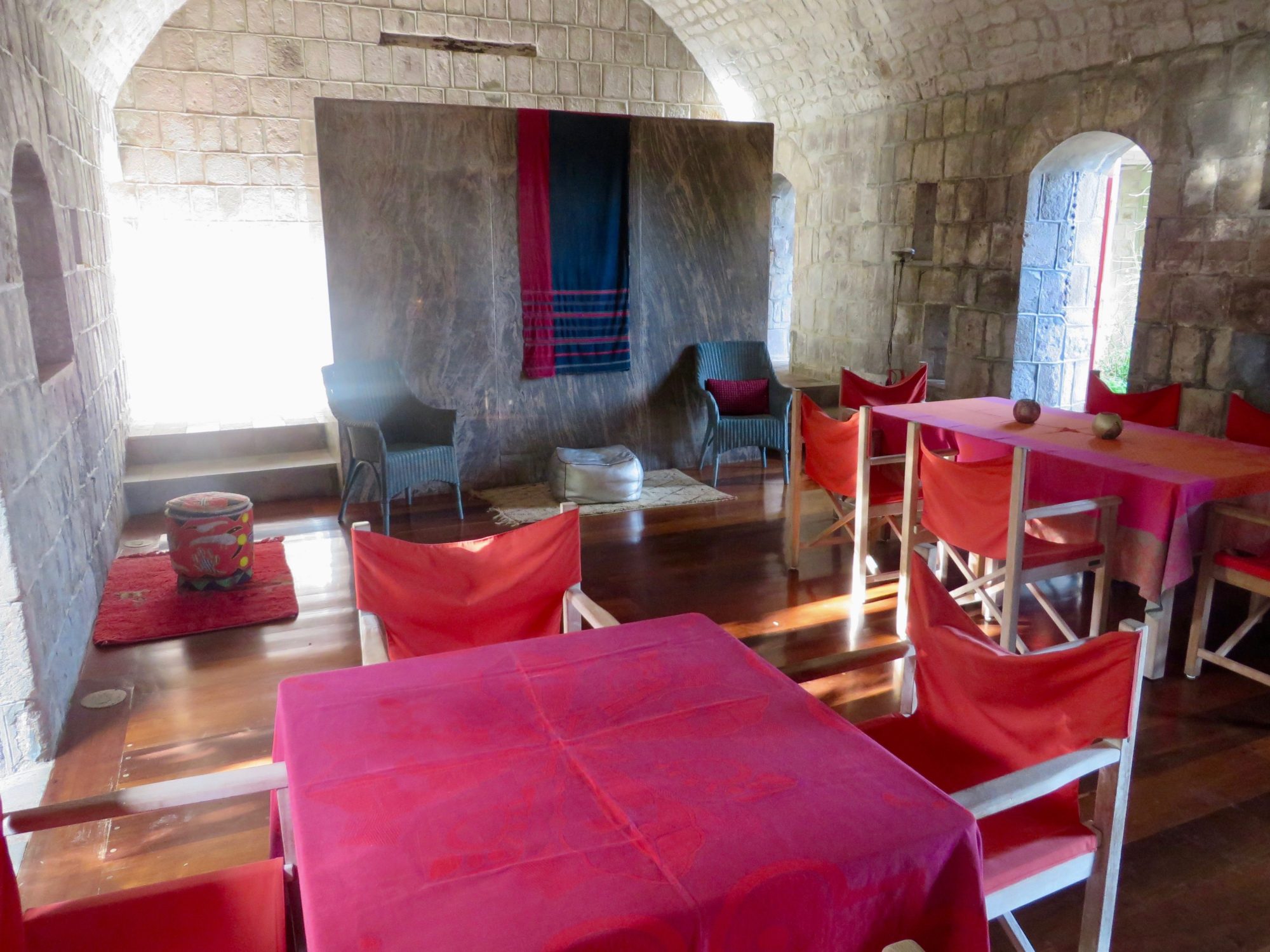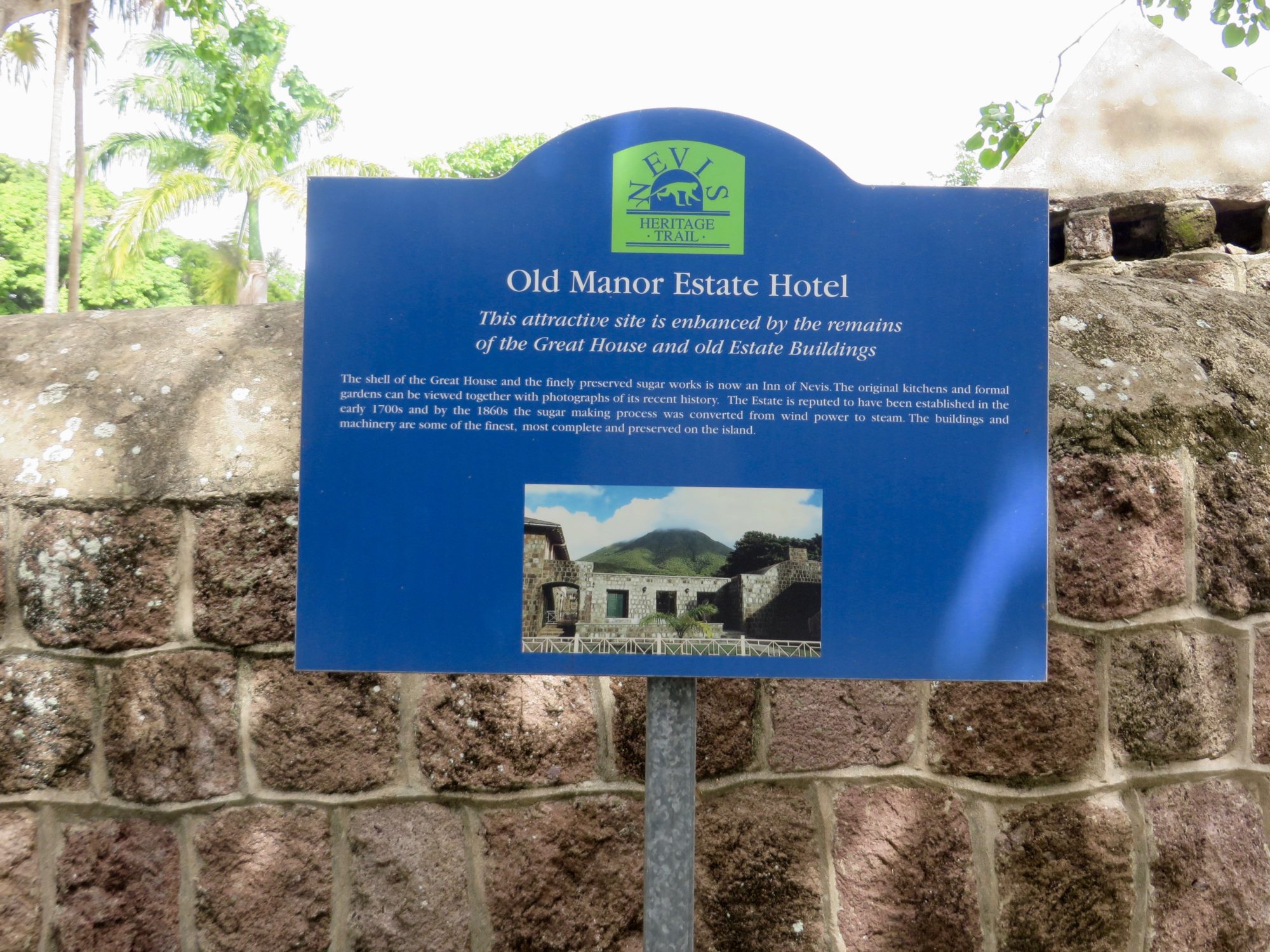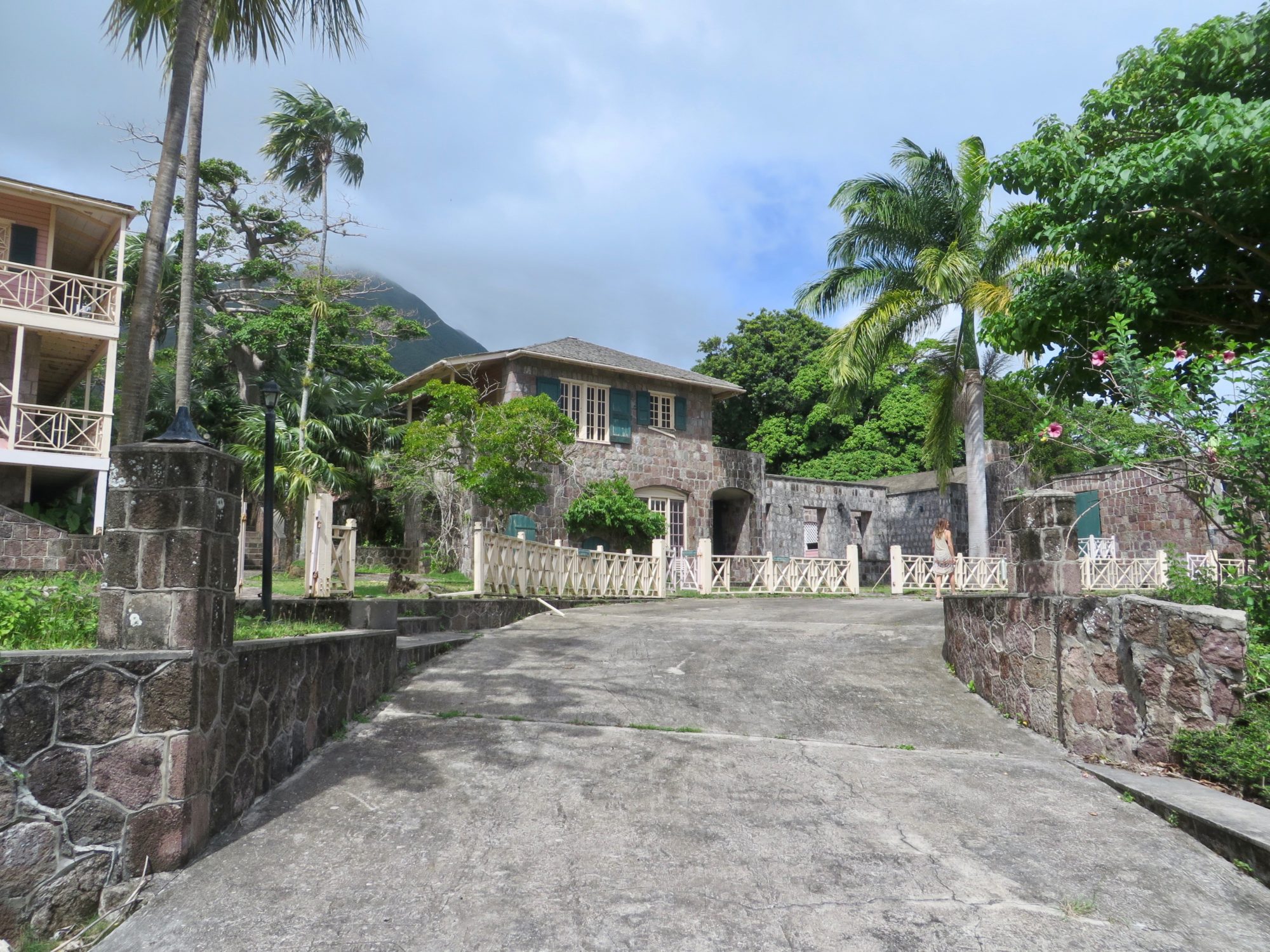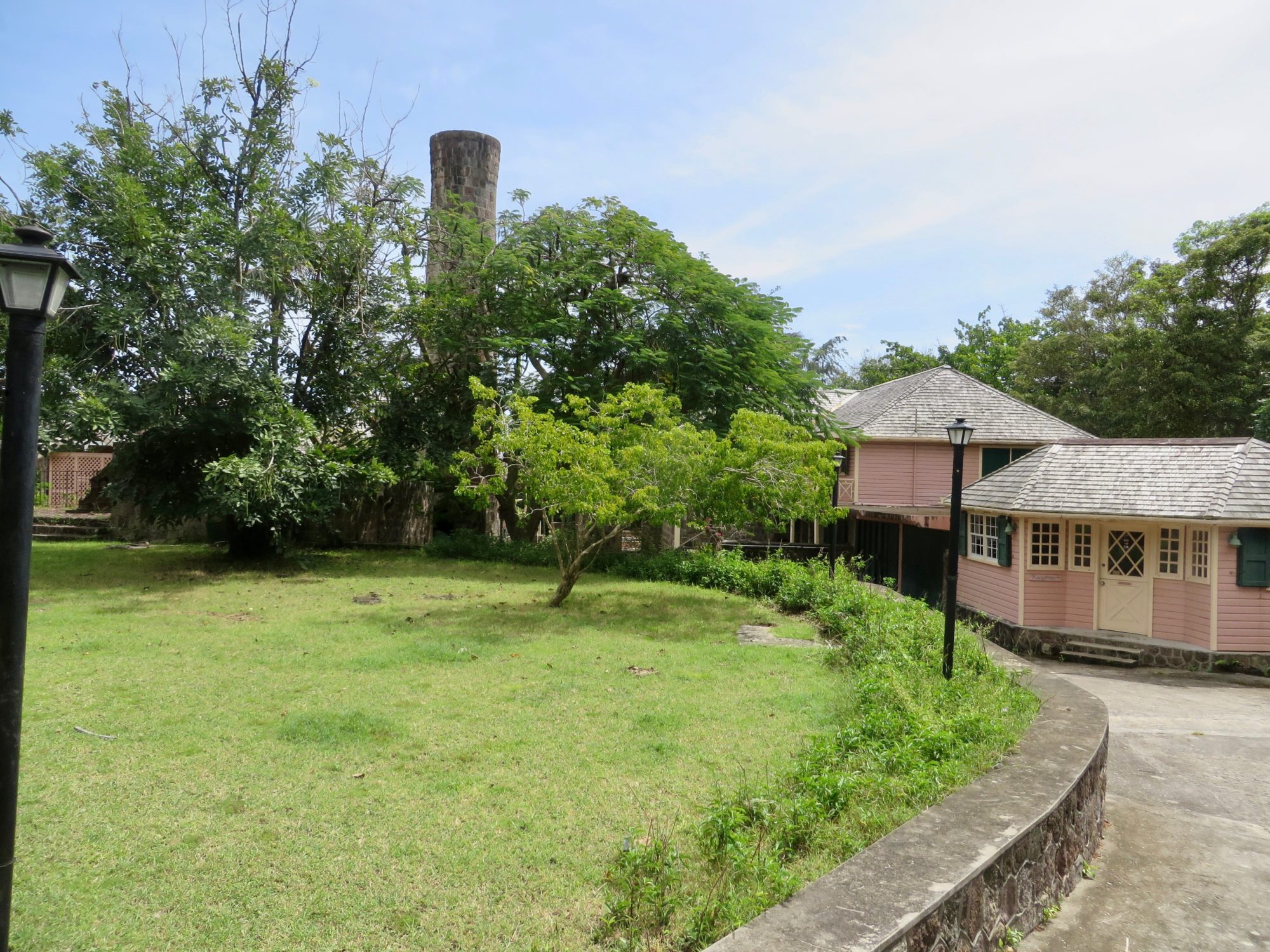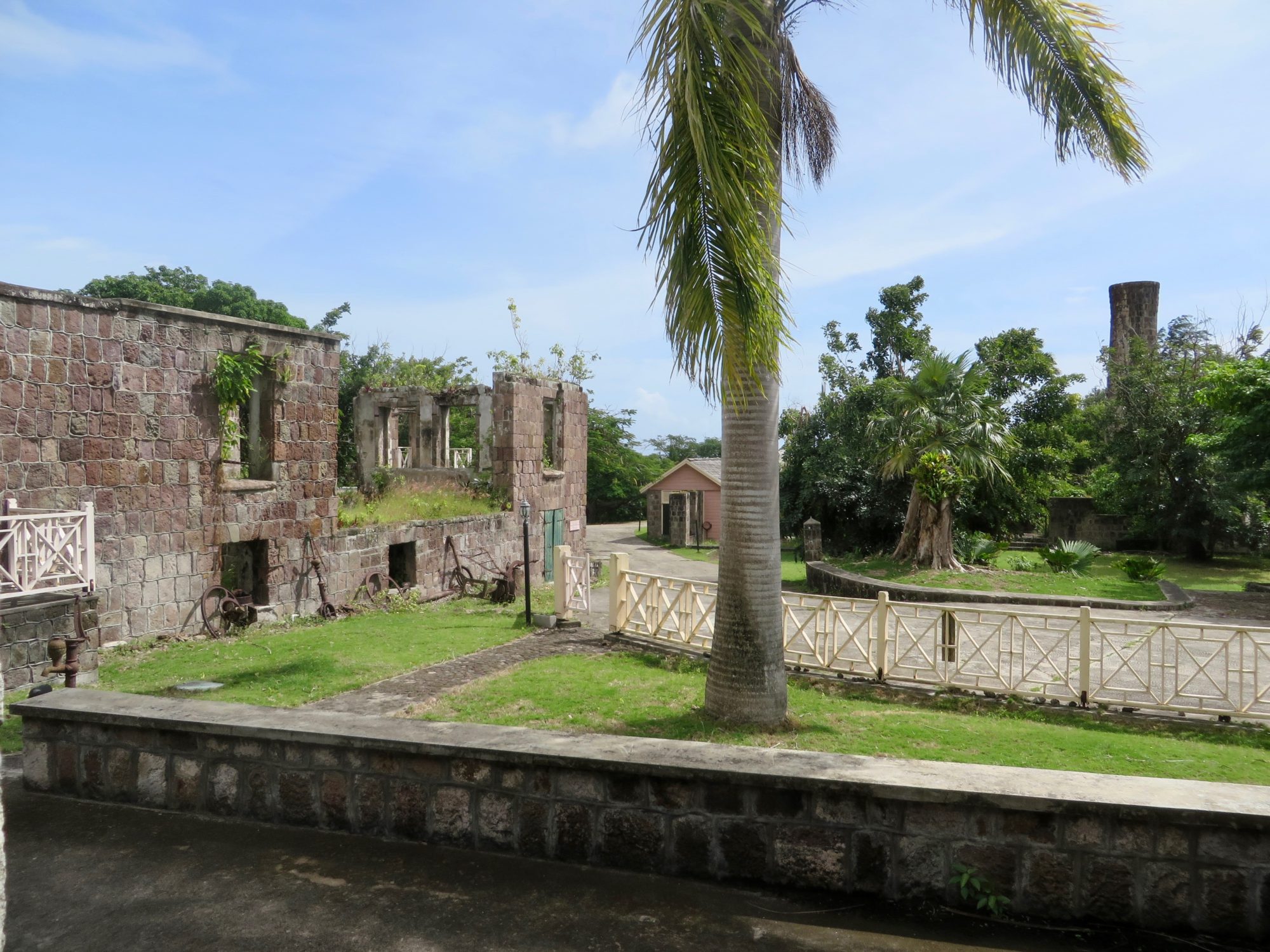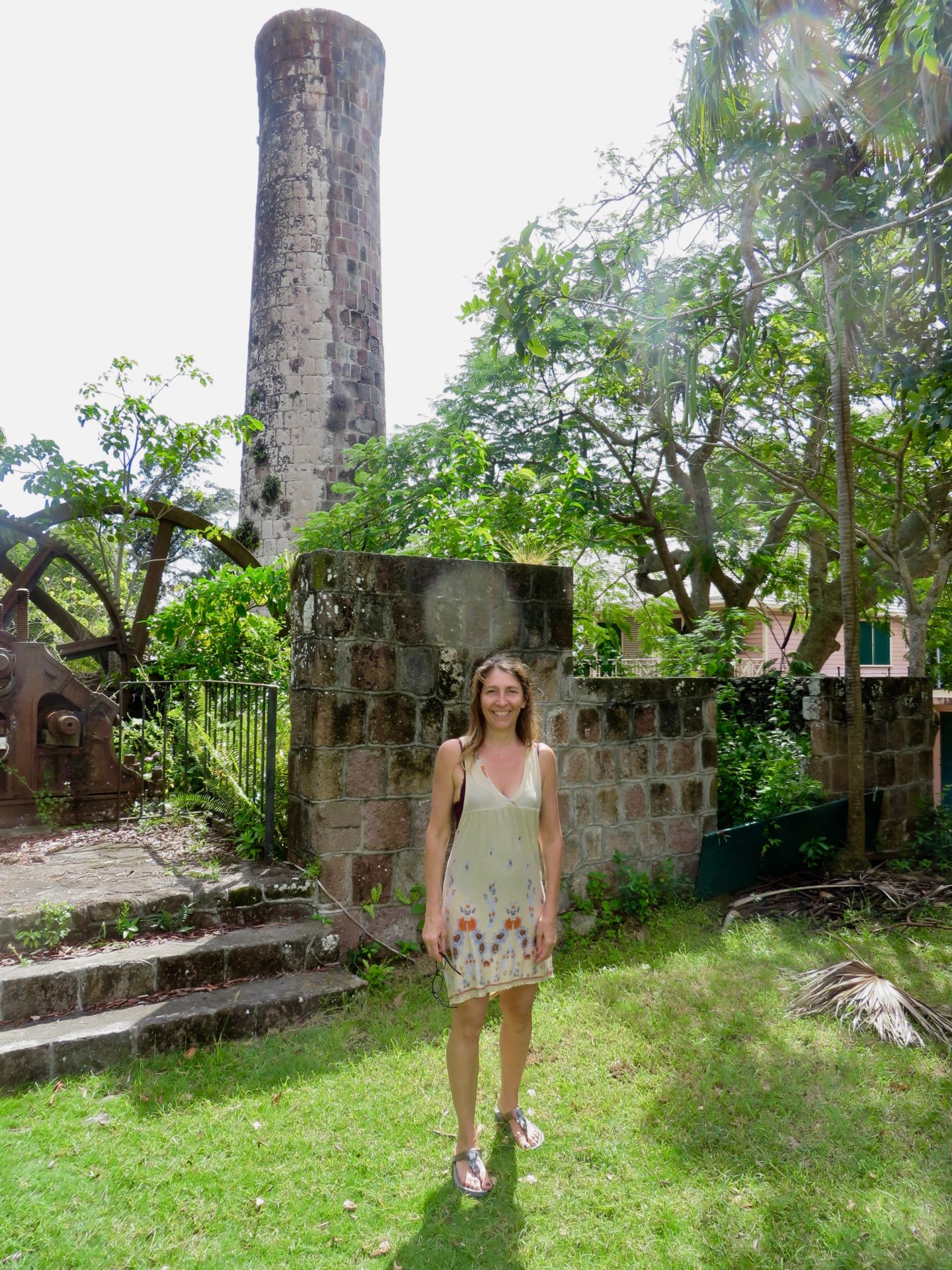Nevis, the Quieter Caribbean
We strolled the length of the palm-lined grass corridor leading to the sea, the Nisbet Plantation Great House sitting majestically at one end, as we imagined the famous historical nuptials of Horatio Nelson and Fanny Nisbet that occurred here in 1787.
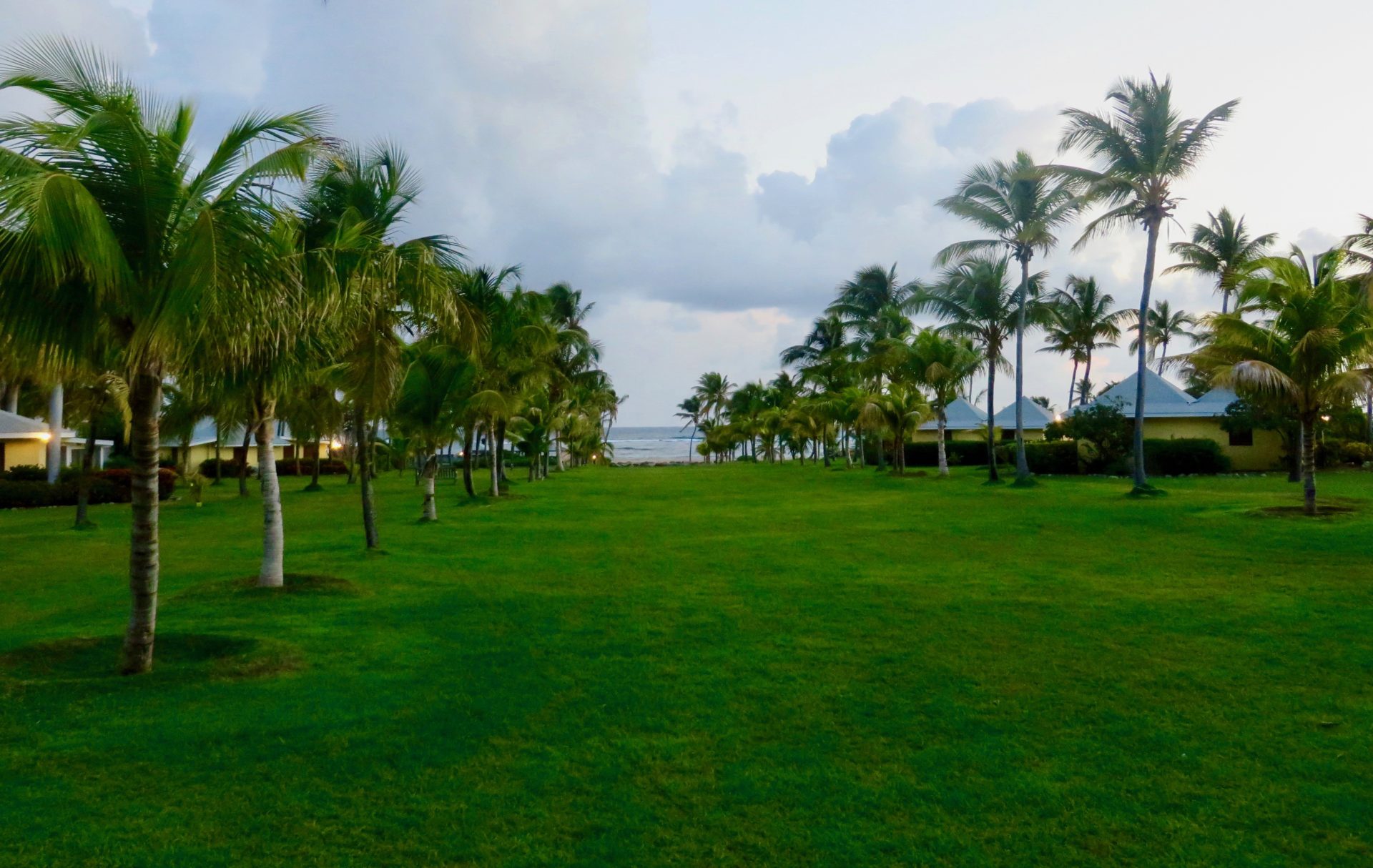
Nevis is the quieter yet beautiful sister island to larger St. Kitts, but its charm and history make it a compelling destination in its own right. We spent a lovely week here exploring its scenic beauty and many historical sites, with the Nisbet plantation as our base.
The Nevis Historical Association has identified a list of signature sights around the island as constituting its Heritage trail, each marked with a colorful green and blue sign with a brief description of its historical significance.
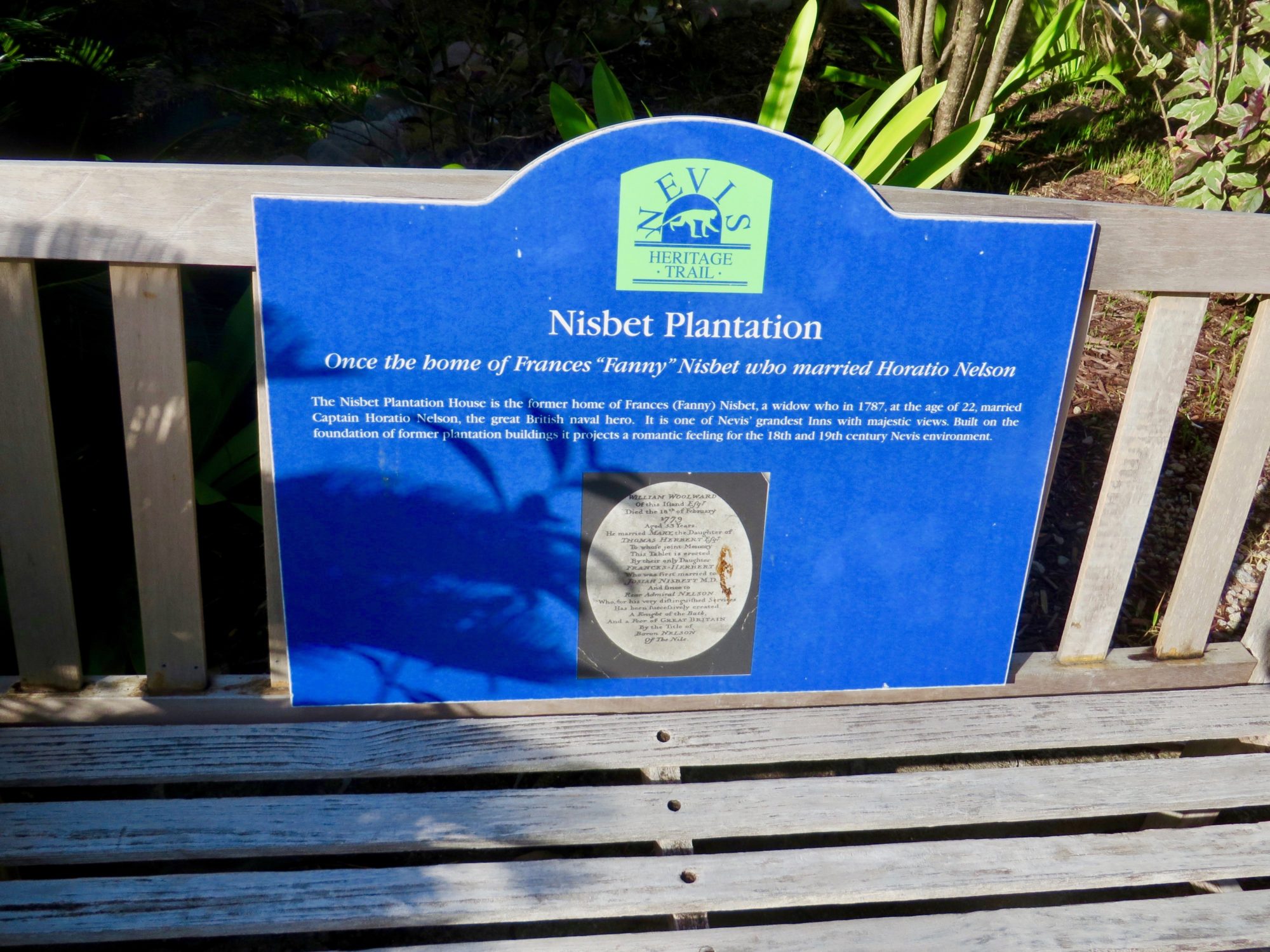
Nisbet Plantation provides a lovely base from which to explore, perched at the northern tip of the island, and is itself one of the Heritage Trail historic sights of Nevis. This is the former home of Fanny Nisbet, who married Horatio Nelson in 1787 here on Nevis. The amazing avenue of palms sweeps down from the Great House to the beach, and a series of inviting guest cottages line the manicured green lawns. There are two beach restaurants (Coconuts for breakfast, and the Sea Breeze beach bar for lunches) plus formal dining in the circa 1778 Great House with delicious local food and memorable service. Nisbet is the Caribbean’s only historic plantation inn on the beach, spread out over 30 lush acres. Claim a beach-front hammock and settle in for a delightful stay!
The Heritage Trail sights are spread out around the island and provide a glimpse into its sugar industry past, forts from the days when the French and British battled for control of the Caribbean, its connections to Alexander Hamilton and its many charming churches and buildings.
Two Half-Day Tours
The island tour can be conveniently divided into two half-day excursions, for example heading west and down the coast to Charlestown with its markets, architecture and thriving daily life. Another equally attractive option is to head east and down the opposite coast circling the southern end of the island with its sugar plantation ruins and sea views. Rent a car for several days and do both!
Nevis’s main road makes a 21-mile circuit through its five parishes. This driving tour makes for a fun way to combine seeing the sites, enjoying a swim or beach walk and discovering some of the most memorable places to eat. To fully enjoy the tour, you need comfortable shoes, as most sites require some walking to reach, sometimes over uneven terrain with no specific paths to follow.
Many of the sights are just shells of the former glory of sugar estates and industry buildings. Most of the ruins we saw gave but a glimpse of a history that is just eroding away, with goats foraging on the grounds and nature reclaiming the buildings.
Caribbean Beaches and Bustling Charlestown
Head west from Nisbet plantation to take in the calmer yet more populated Caribbean side of the island, past inviting beaches, historic forts and churches and into its colorful capital city of Charlestown.
Top stops to look for include:
Cottle Church c. 1824. The first church built for parishioners of any color, situated in lovely isolation near the village of New Castle. The atmospheric ruin’s four walls still possess a haunting beauty.
Nelson’s Spring—marks the place where Horatio Nelson collected water for his ships.
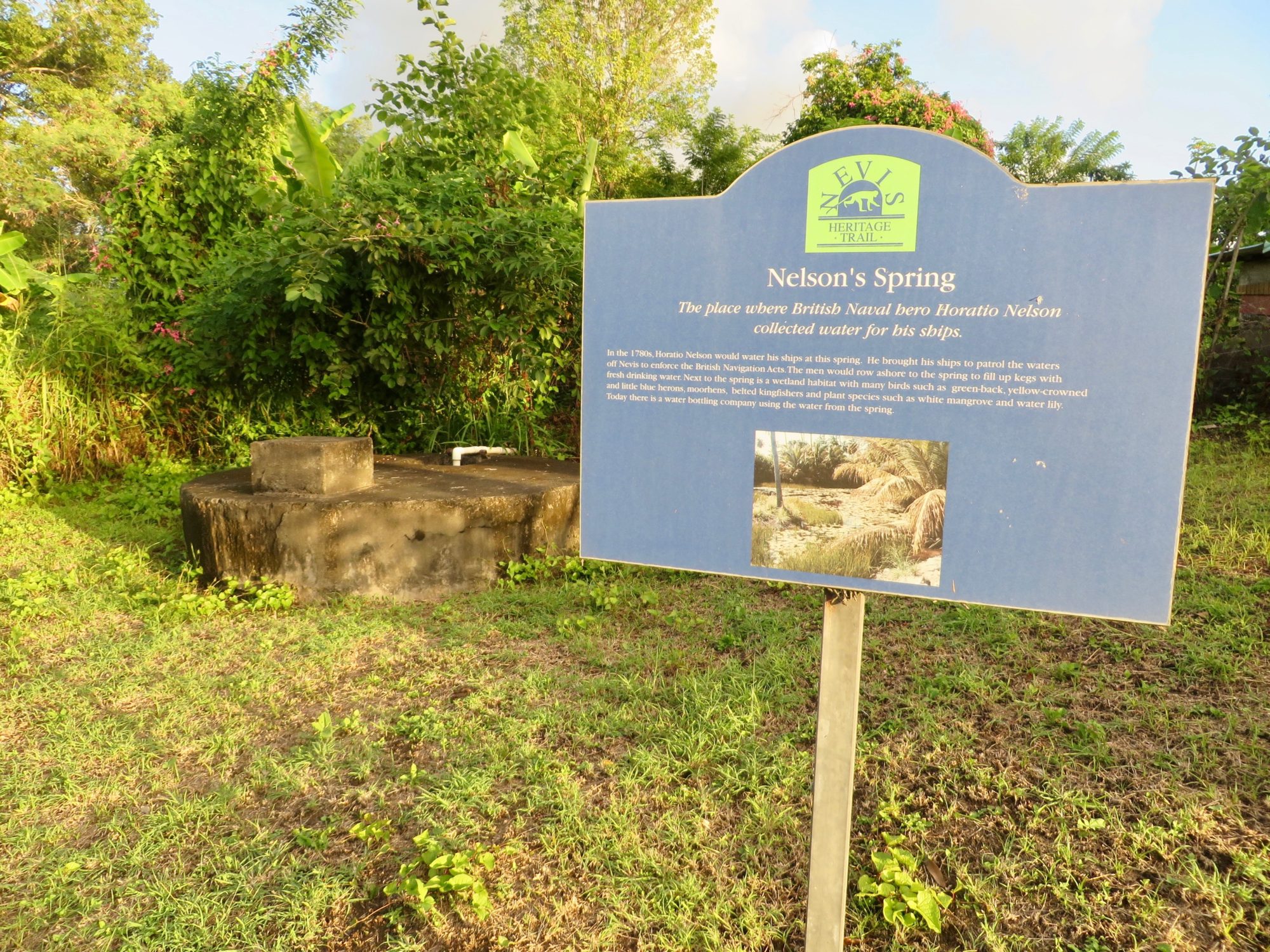
St Thomas Anglican Church 1643. The oldest Protestant church in the Caribbean sits on top of a hill offering majestic views of Nevis and St Kitts.
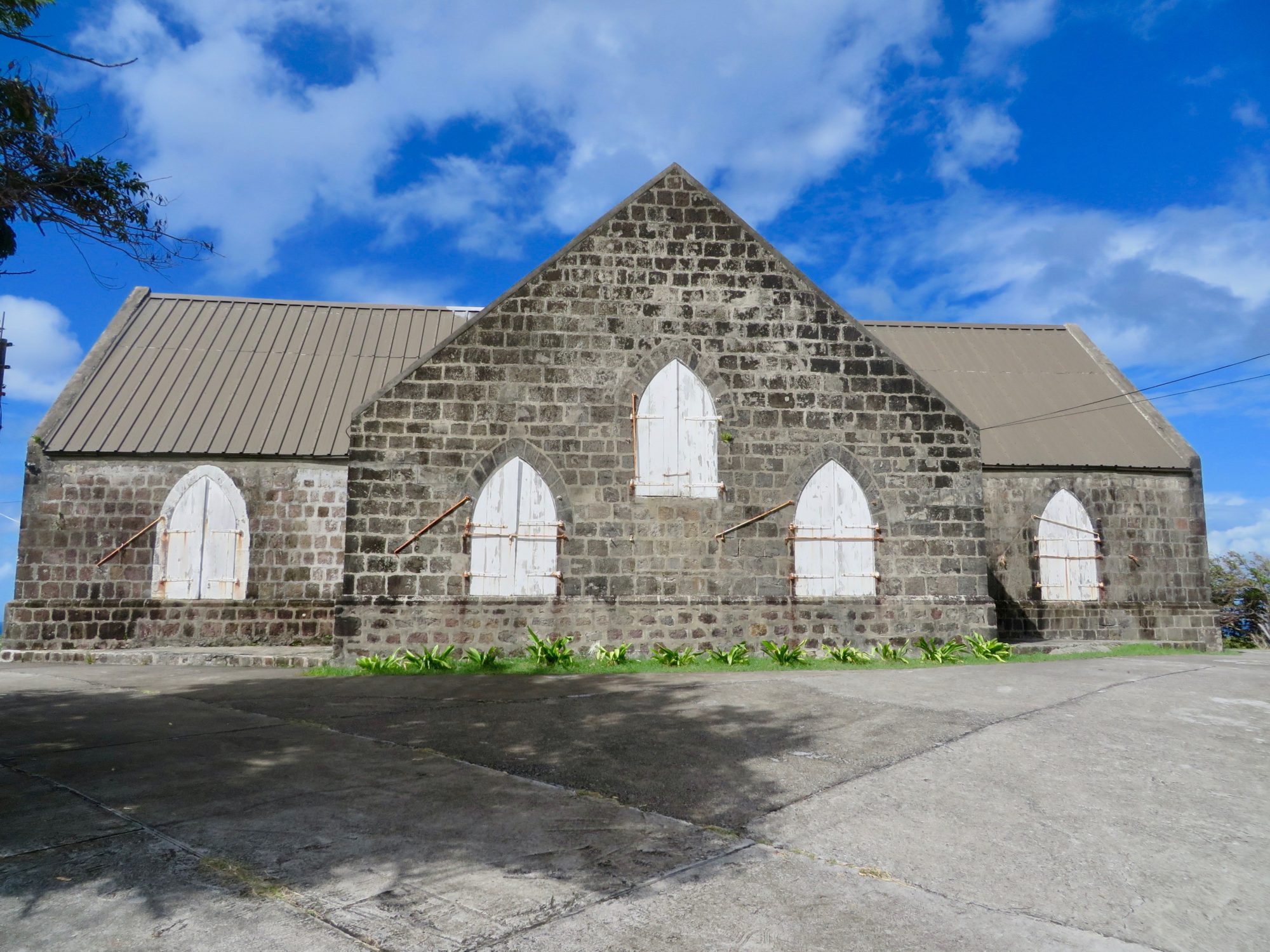

Pinney’s Beach—the best on the island, located just north of the capital. Time for a short stroll or swim, or perhaps a drink at the colorful beach side Sunshine’s Bar!
Charlestown— the capital of Nevis, founded in 1671 and named in honor of King Charles II of England. Stroll around town and save time to explore the bustling market, open daily except Sundays.
A great lunch option is the wildly colorful Bananas Bistro just east of town, where you can enjoy authentic local fare and drinks inside the inn or on its scenic deck.
Hamilton Estate—this evocative ruin is what is left of what was once one of the most complete plantation factories in the Caribbean.
Museum of Nevis History. Although not part of the Heritage Trail, this two-story Georgian-style building was the birthplace of Alexander Hamilton in 1757 and houses an interesting small museum.
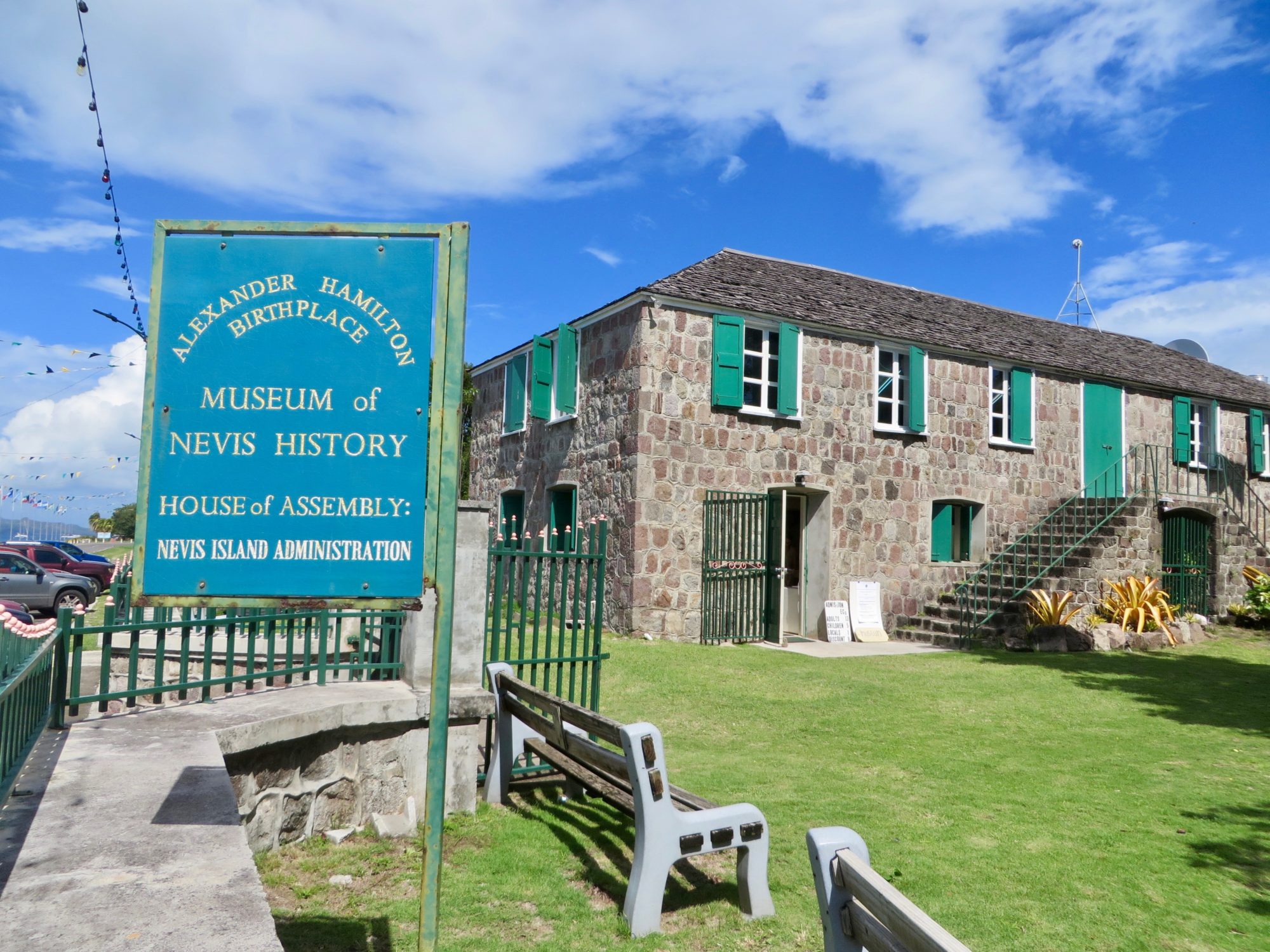
The Jewish Cemetery, c. 1670. A Jewish population made up 25% of Charlestown in the 1720s, primarily Sephardic Jews who came to work in the sugar industry from Brazil. Nineteen tombstones have survived.
Bath Hotel and Bath House– built in 1778 as the first hotel in the Caribbean, it flourished for about 60 years. The rich and famous came to take the therapeutic waters of its five thermal springs.
Montpelier Estate. Site of the Nelson/Nisbet wedding in 1787. Montpelier has a spectacular view of the mountain, Charlestown and the sea beyond. Here is a lovely setting for dinner, perhaps at the unique Mill Privee, where you can dine inside the stone tower of the former sugar mill.
Atlantic Vistas and Sugar Mill History
Head east to enjoy dramatic ocean vistas along the less settled Atlantic coast. Take in atmospheric ruins of Nevis’s sugar mill history, two of which have been turned into charming hotels with restaurants. We highly recommend you work these into your tour schedule for memorable meals in dramatic and historic settings!
Highlights to look for:
Leaving the Nisbet Plantation, if you have a beautiful morning, your reward may be a clear view of majestic Mt. Nevis, whose often cloud-covered peak originally inspired Christopher Columbus to name the island Nuestra Senora de las Nieves, or our lady of the snows, due to its white-capped summit.
St. James Anglican Church c. 1750—a stone building with white shutters and sweeping views down to the sea.
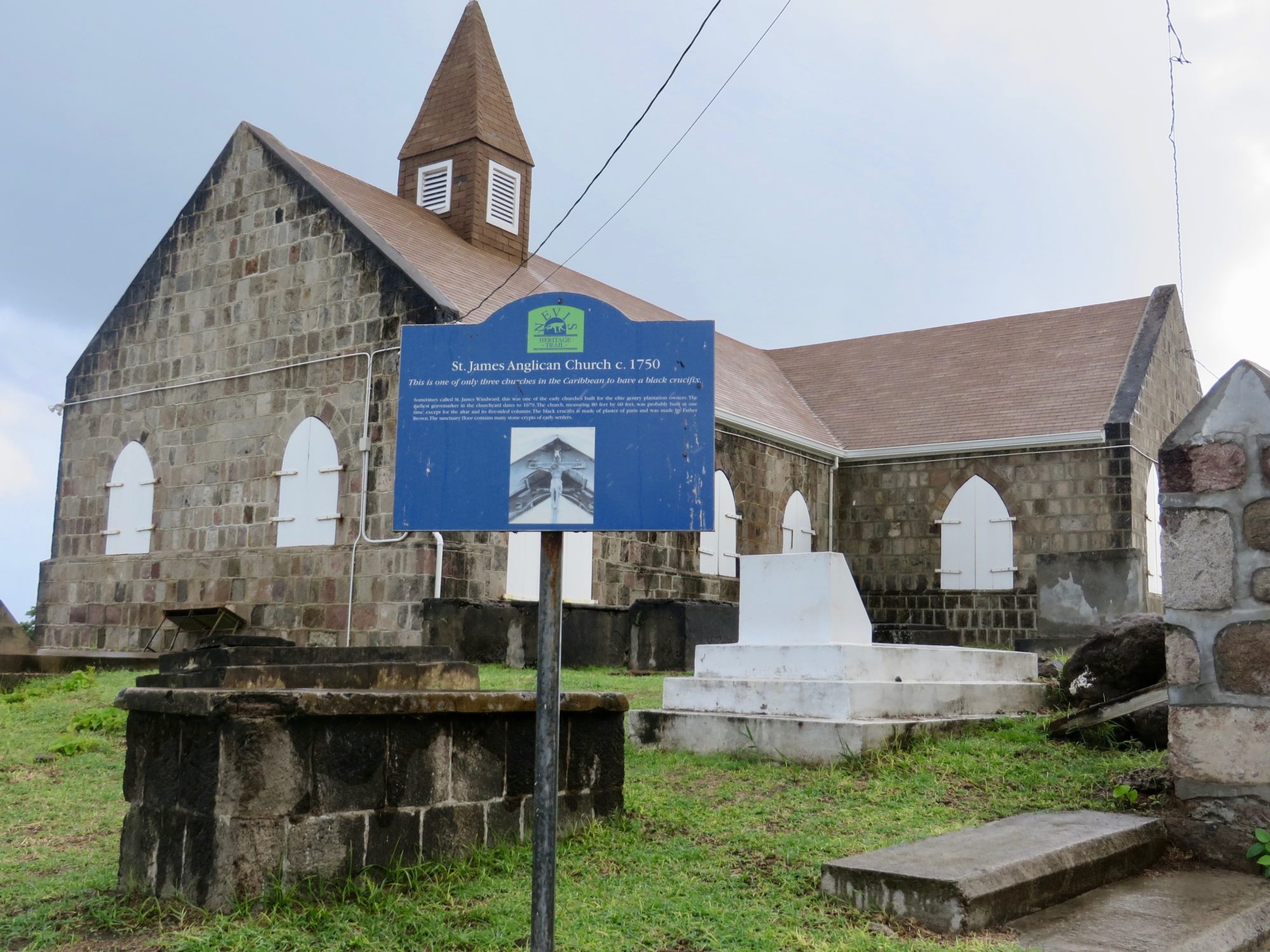
Eden Brown Estate. An old sugar plantation and the location of a well-known ghost story about lost love. The front of the house has a commanding view of the Atlantic Ocean.
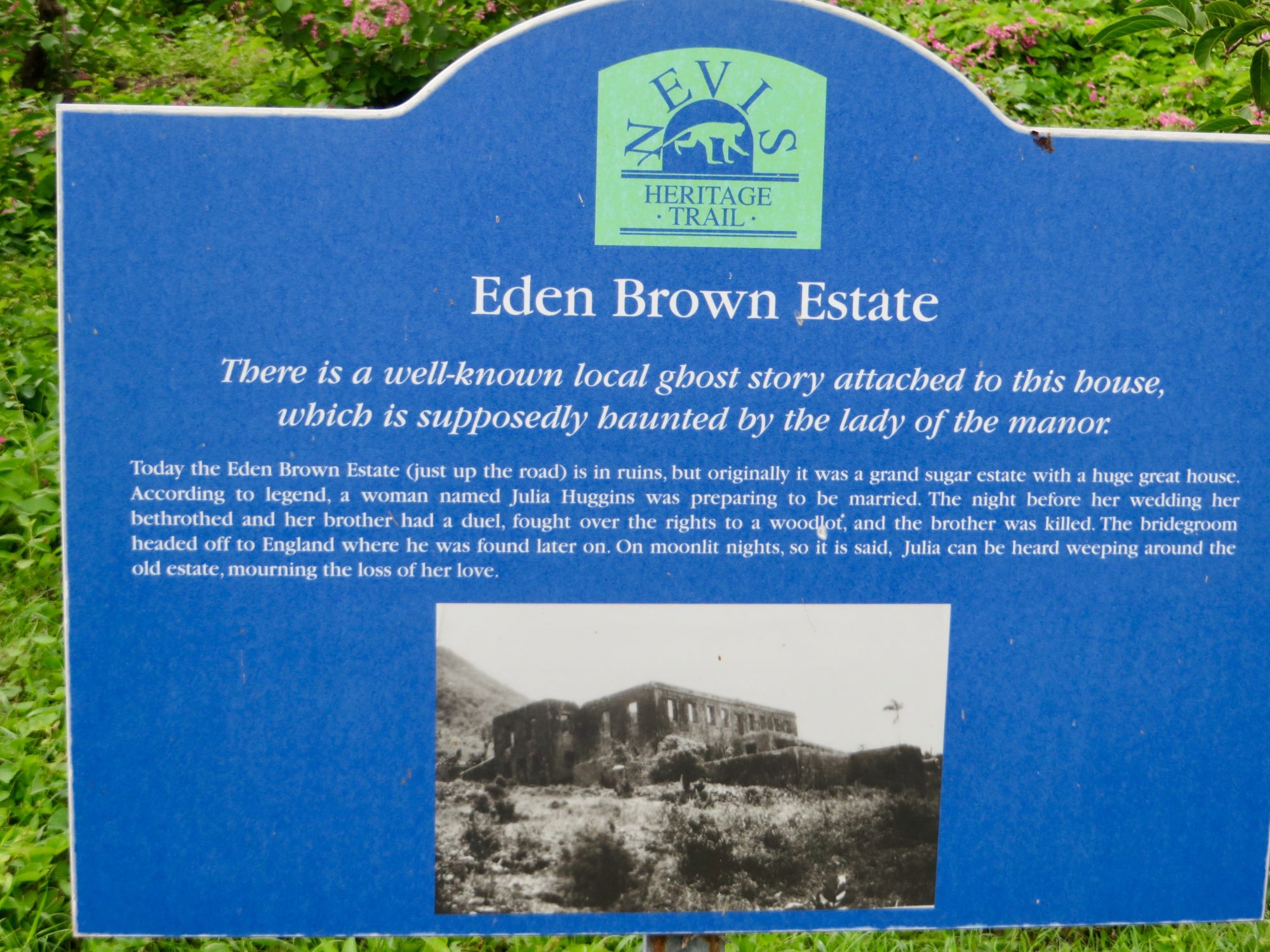
New River and Coconut Walk Estates — Site of one of the largest former sugar mills on Nevis.
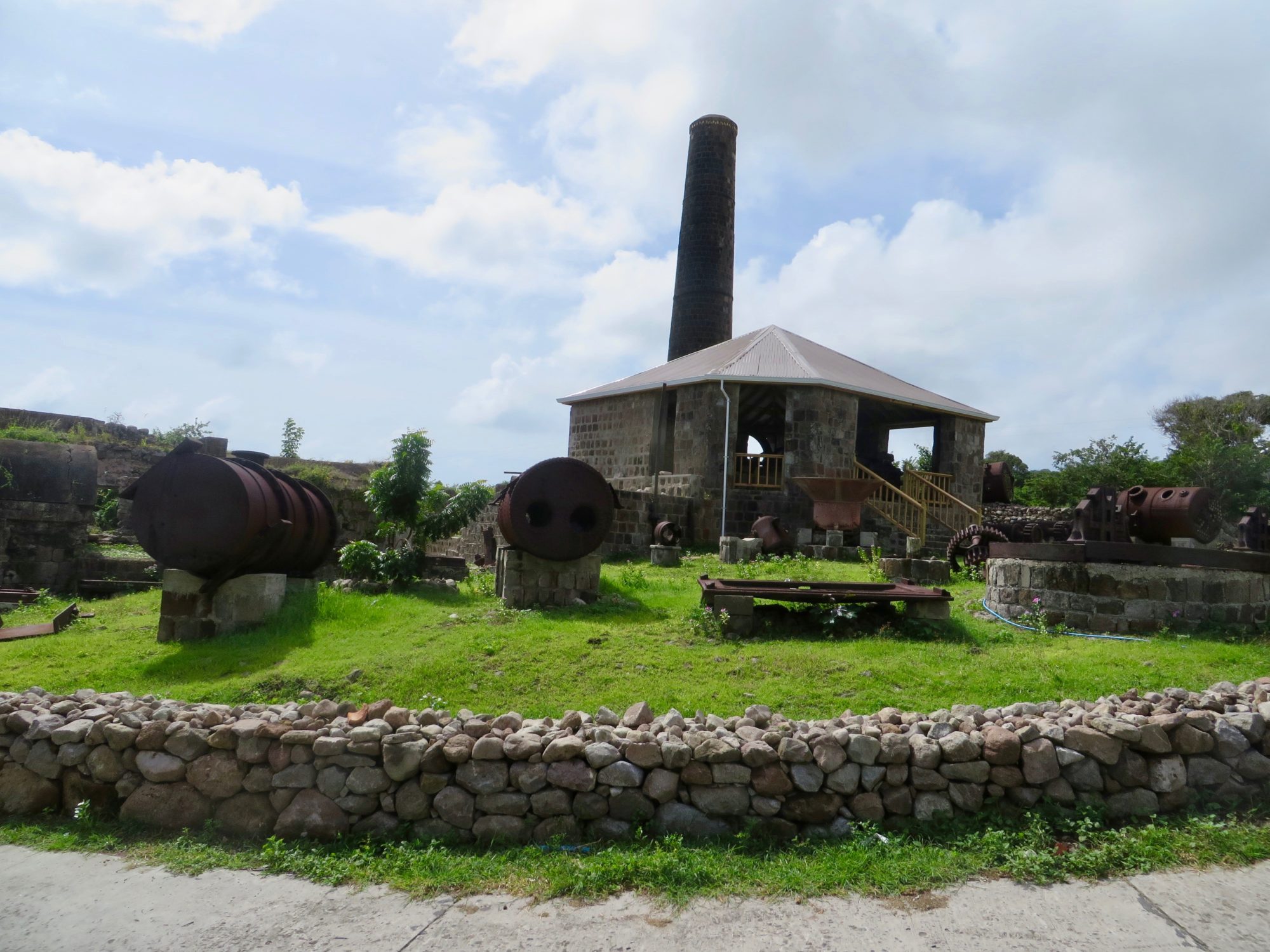
Golden Rock Estate C. 1801. Here are some of the most beautiful stone buildings and gardens on Nevis. Now an Inn of Nevis, it has been meticulously restored using existing buildings. A nature trail encircles the estate and regular monkey sightings are common. Have a delightful lunch here at the restaurant that spills onto the patio, with a stone gazebo overlooking the decorative pool on the terrace. From here on high there are views down to the sea over and through the treetops.
Old Manor Estate Hotel. This finely preserved factory works and great House Shell was once an Inn of Nevis.
Botanical Gardens—spend some time strolling around the beautiful gardens at the southern end of the island.
Hermitage Estate 1640. Reported to be the oldest existing wooden house in the Caribbean, today it is one of a number of Inns of Nevis built around historic plantation homes and sugar buildings. It contains one of the finest restaurants on the island and is a lovely choice to have dinner in atmospheric surroundings, perhaps out back in the latticed patio.
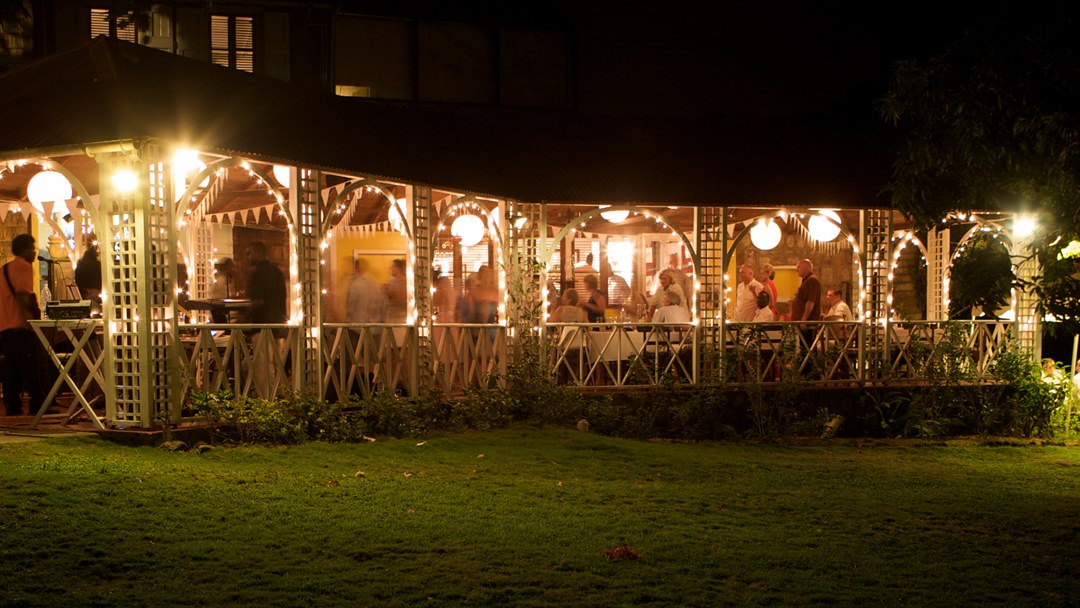

These tours will give you a good perspective on the beauty of Nevis, its fascinating history, and a chance to interact with the friendly locals at the various sights, in the city and while sampling the excellent food at its plantation inns!
